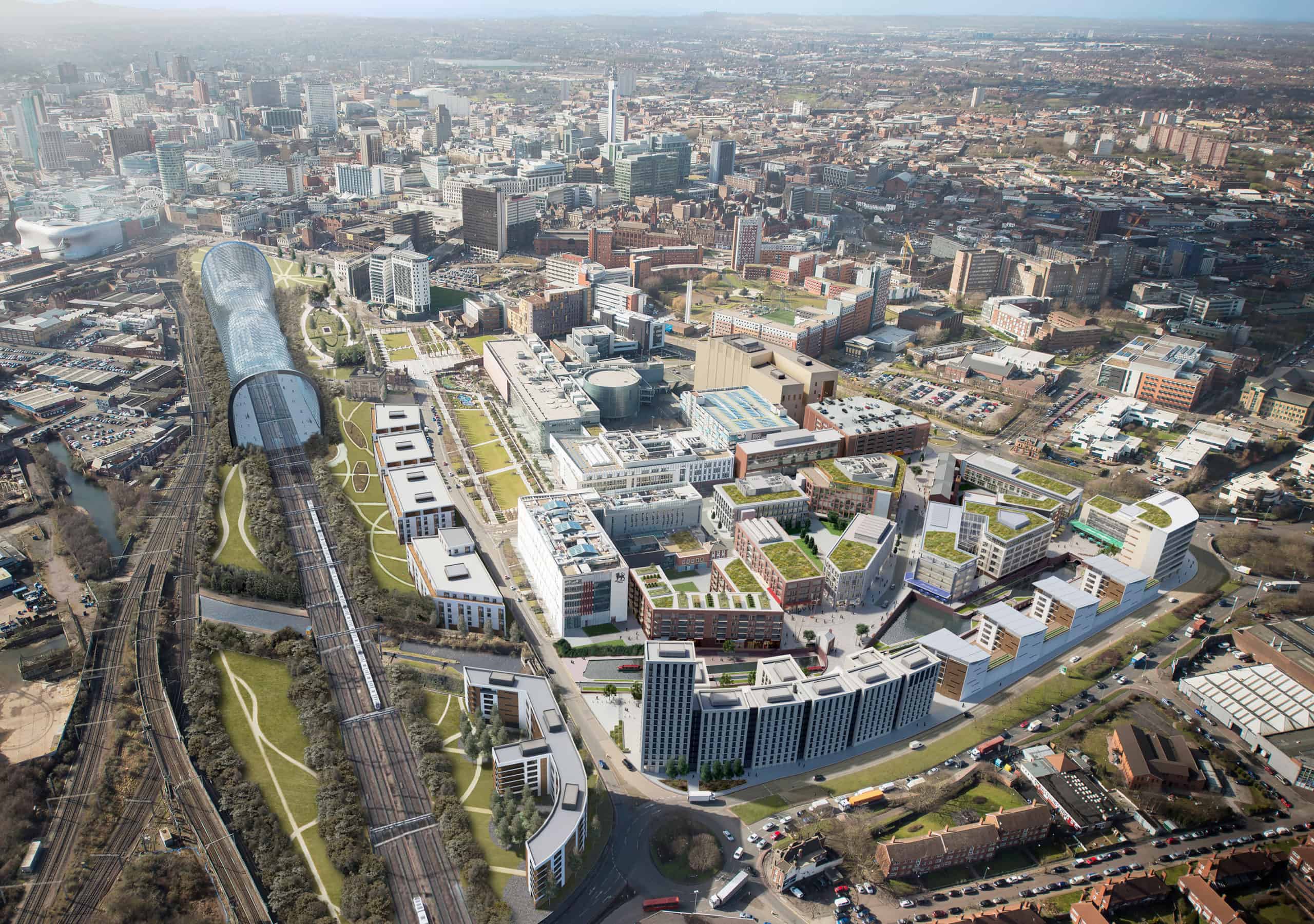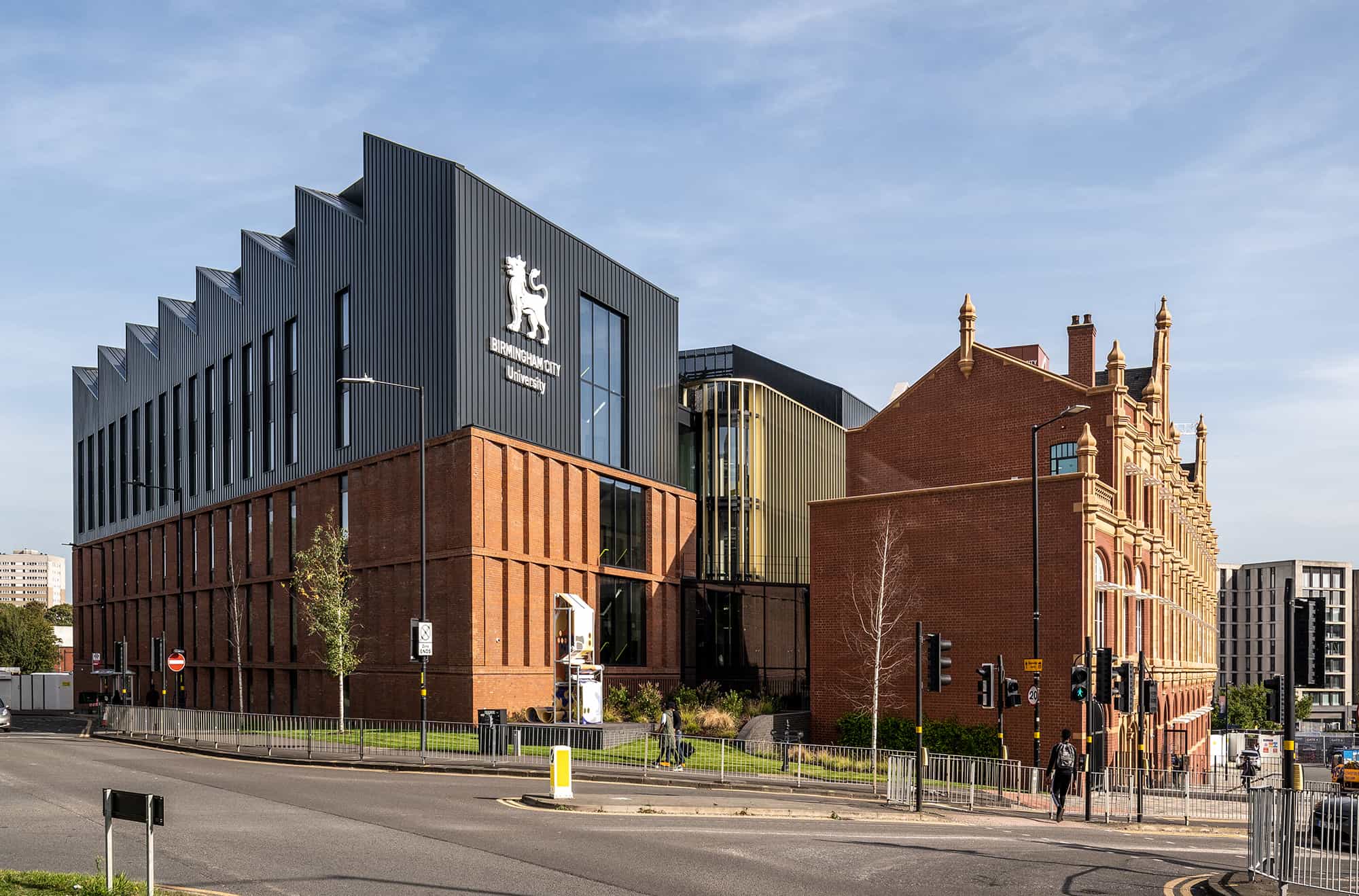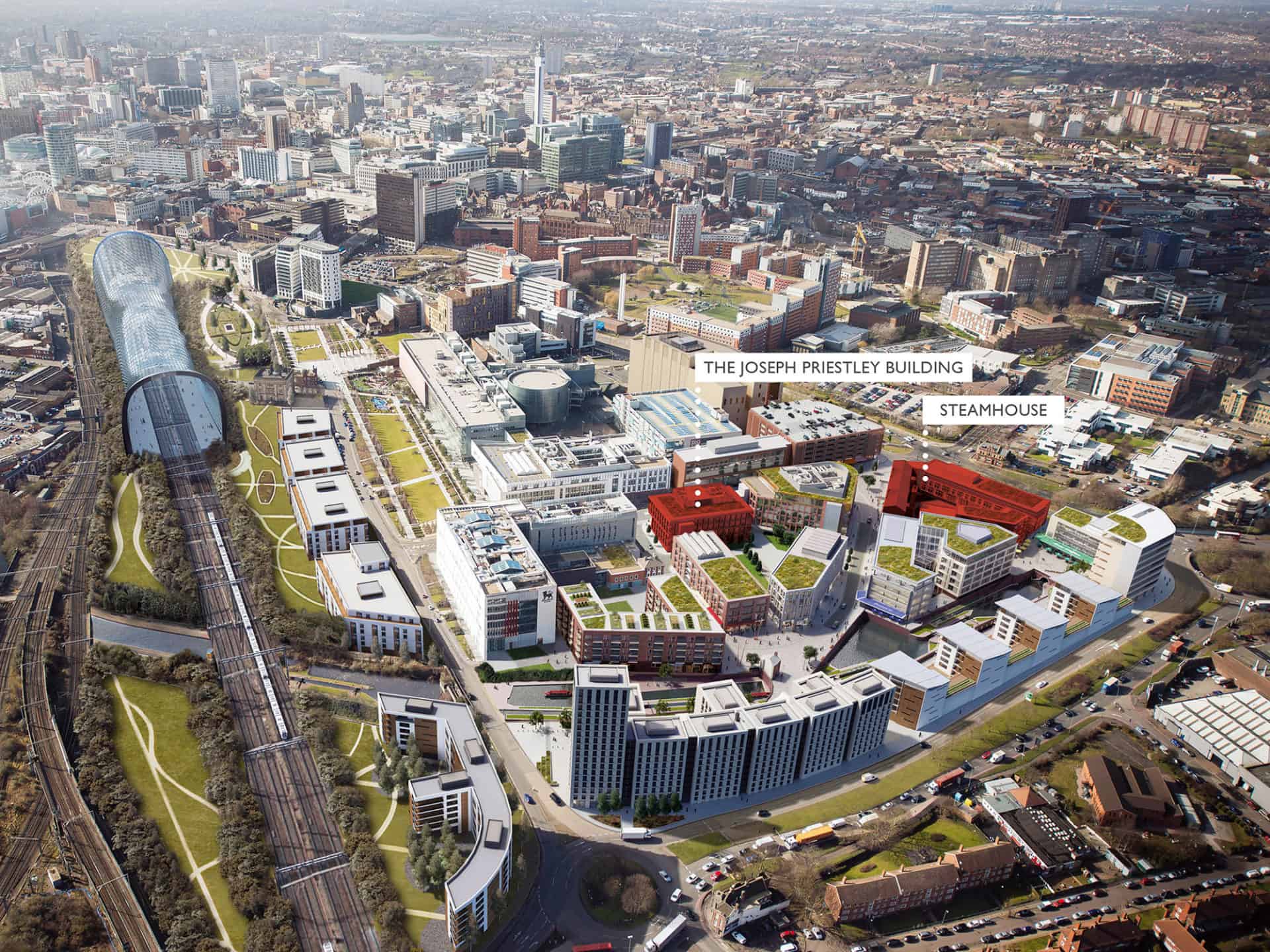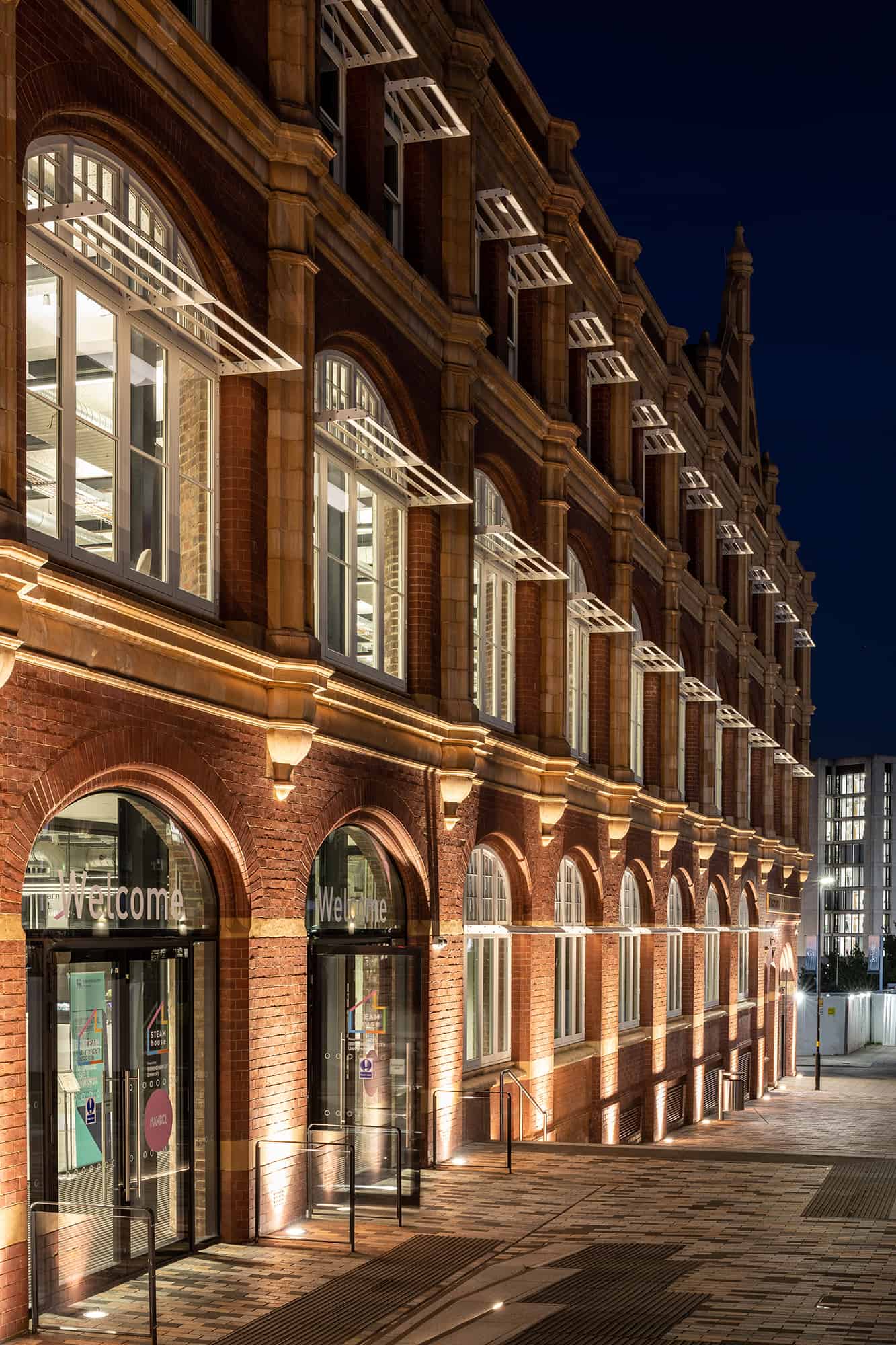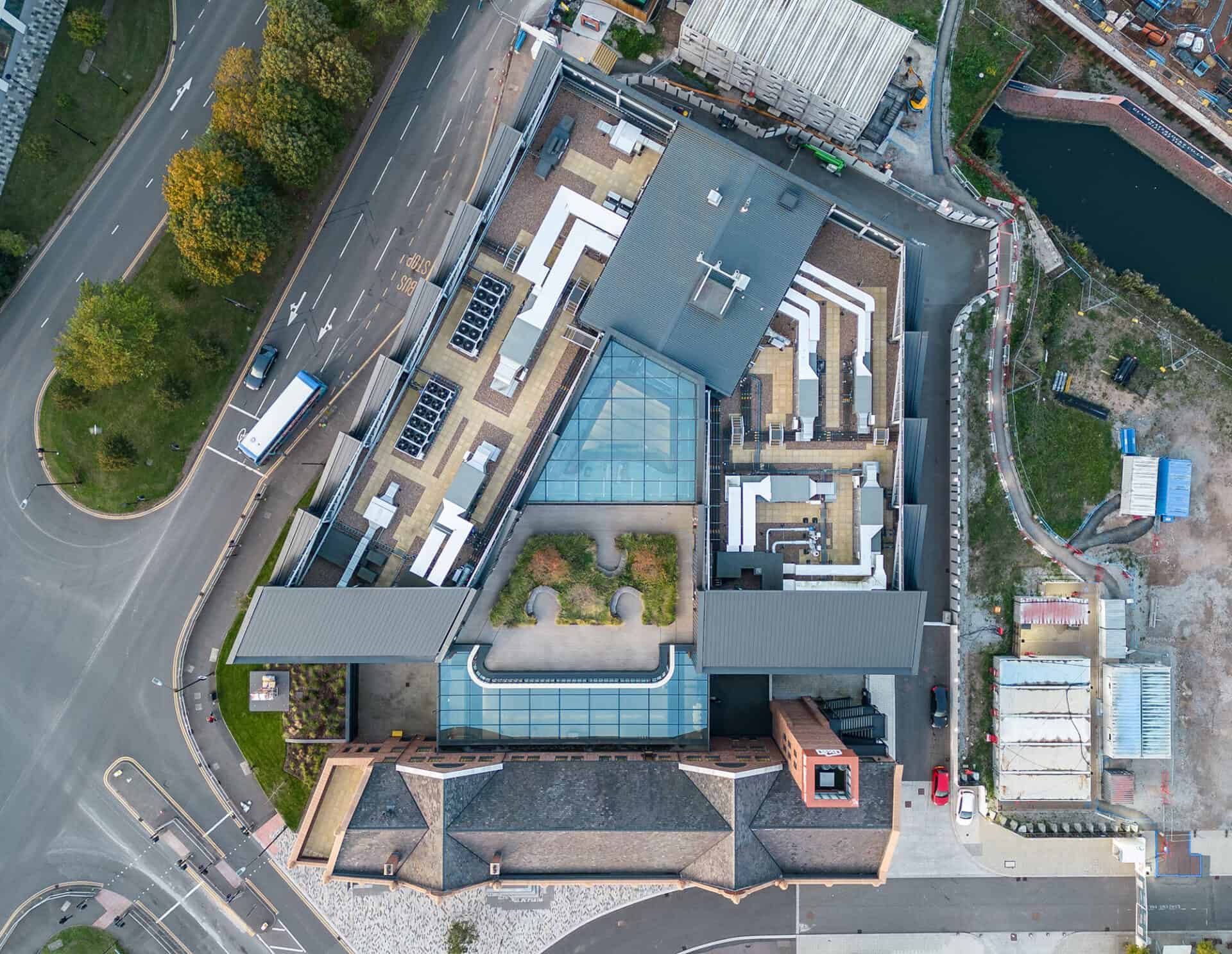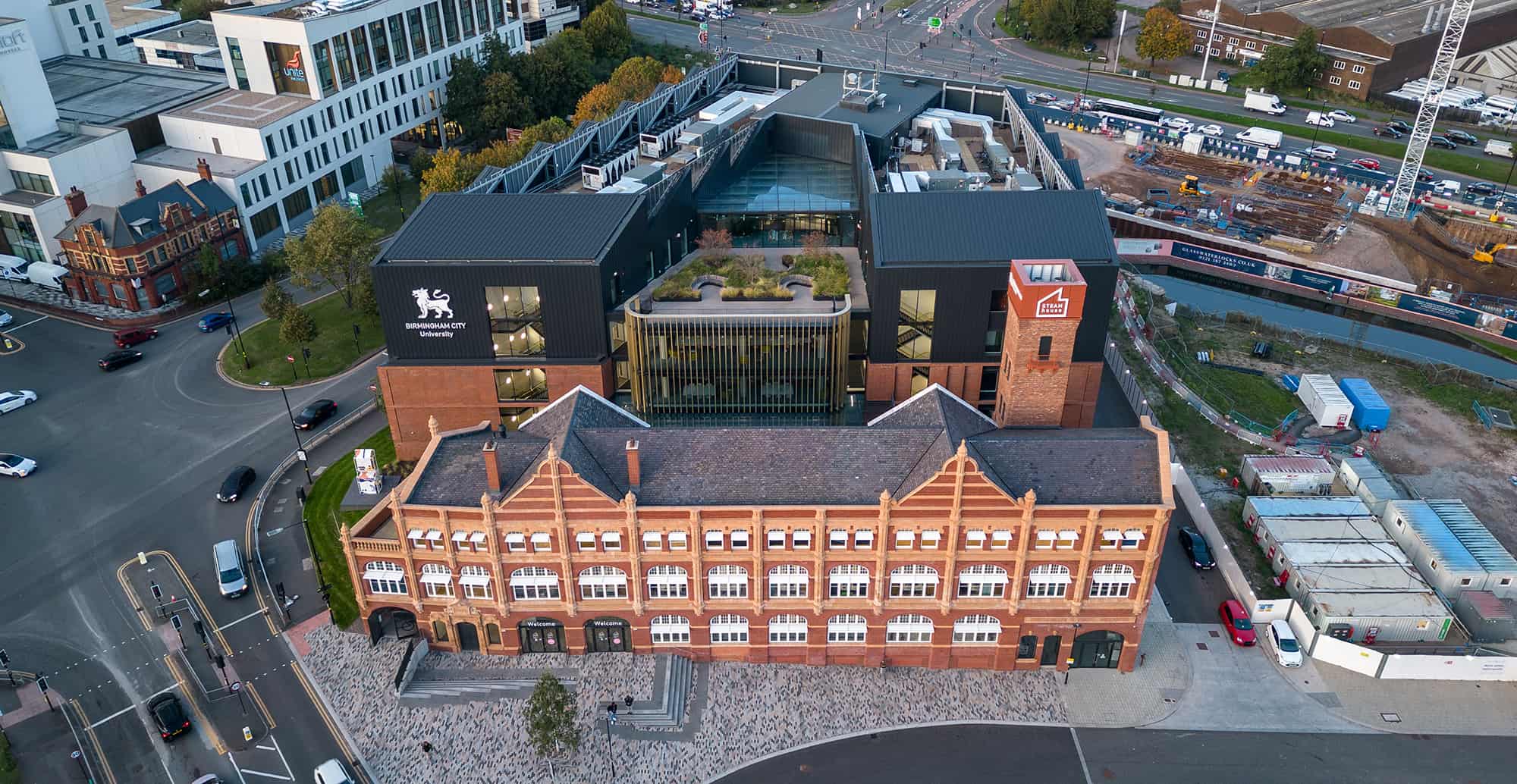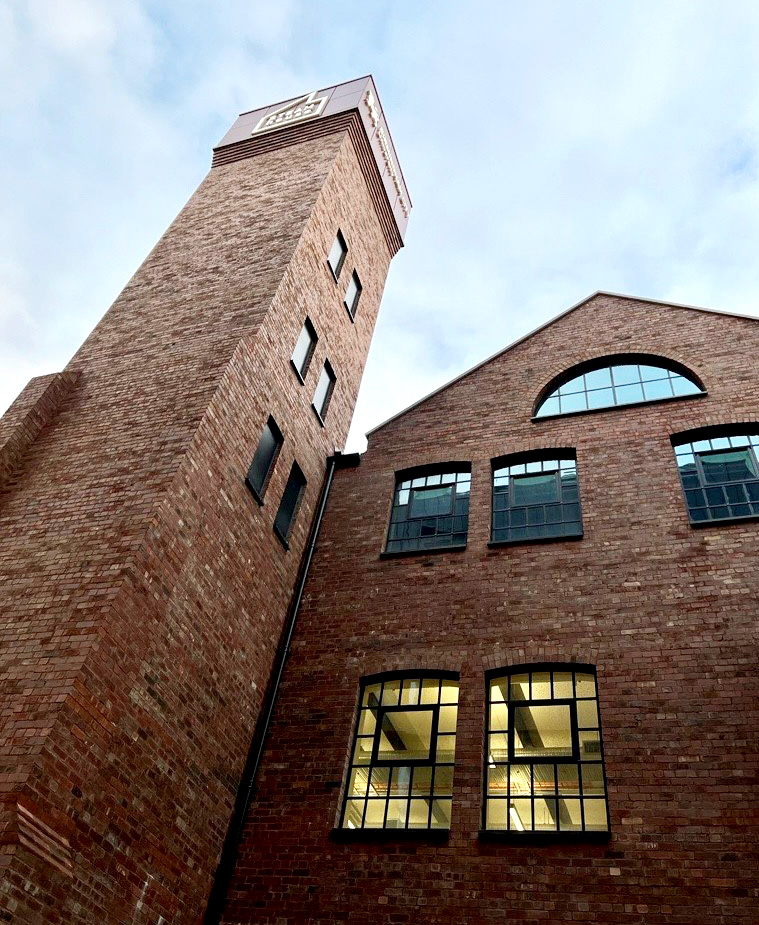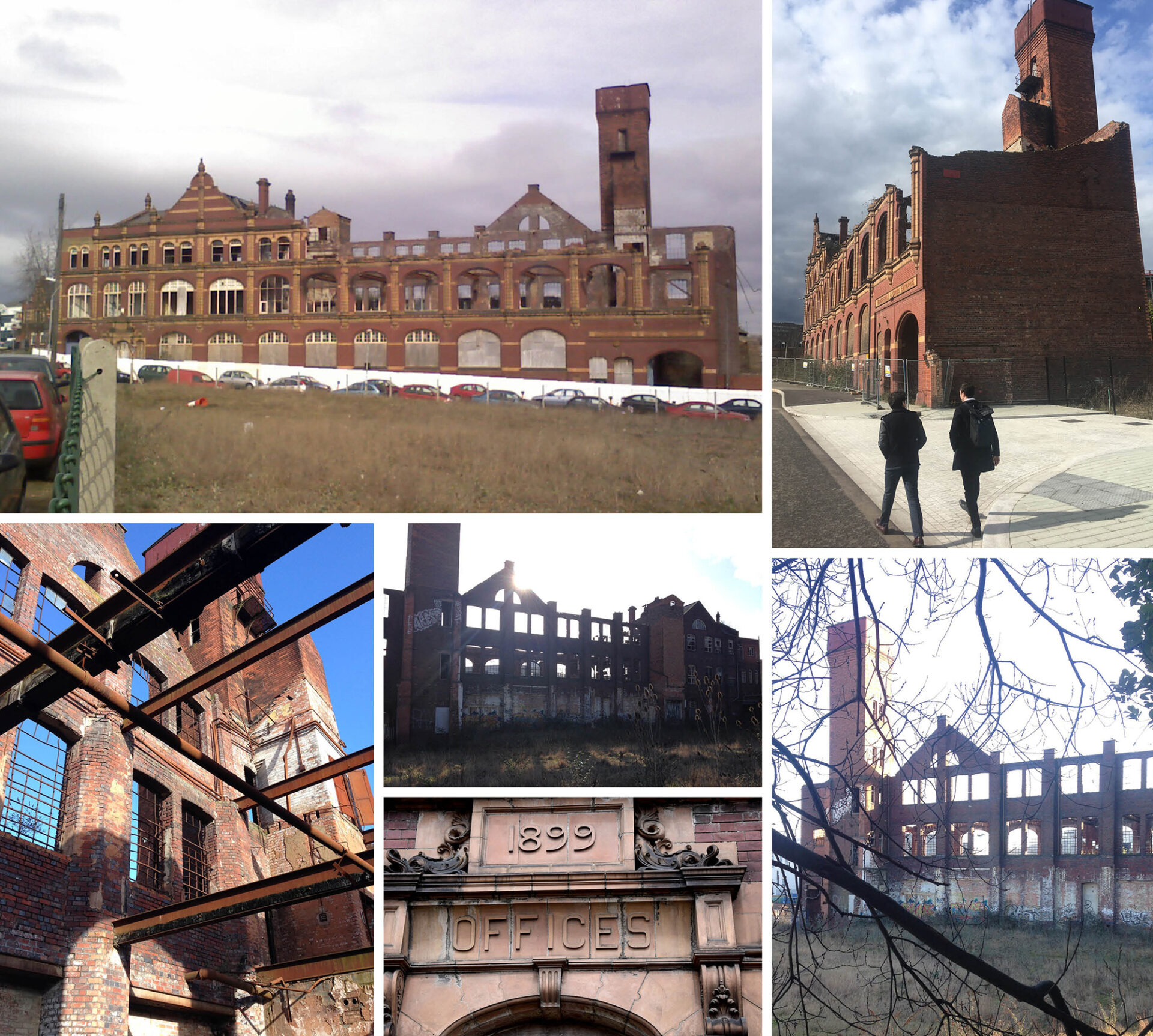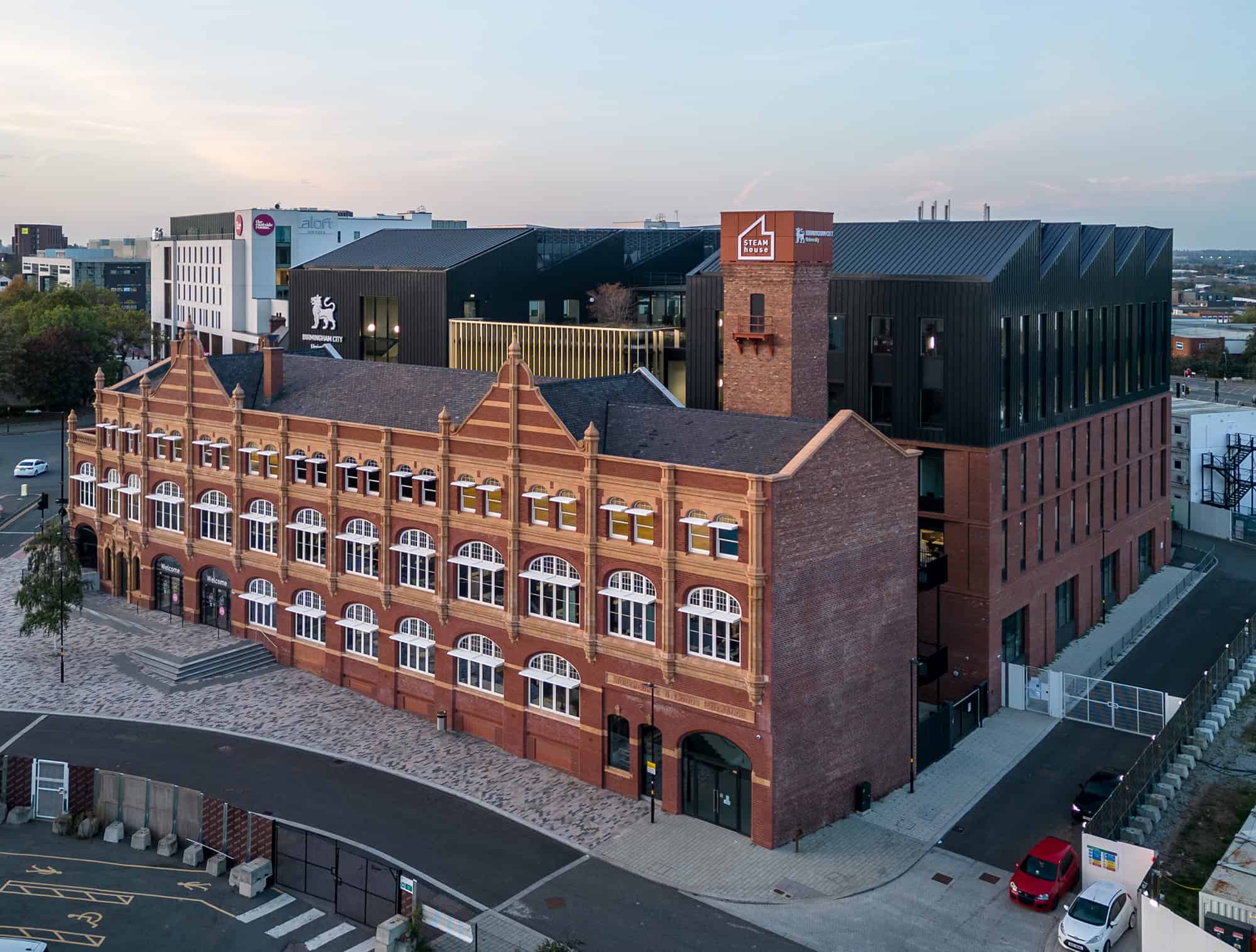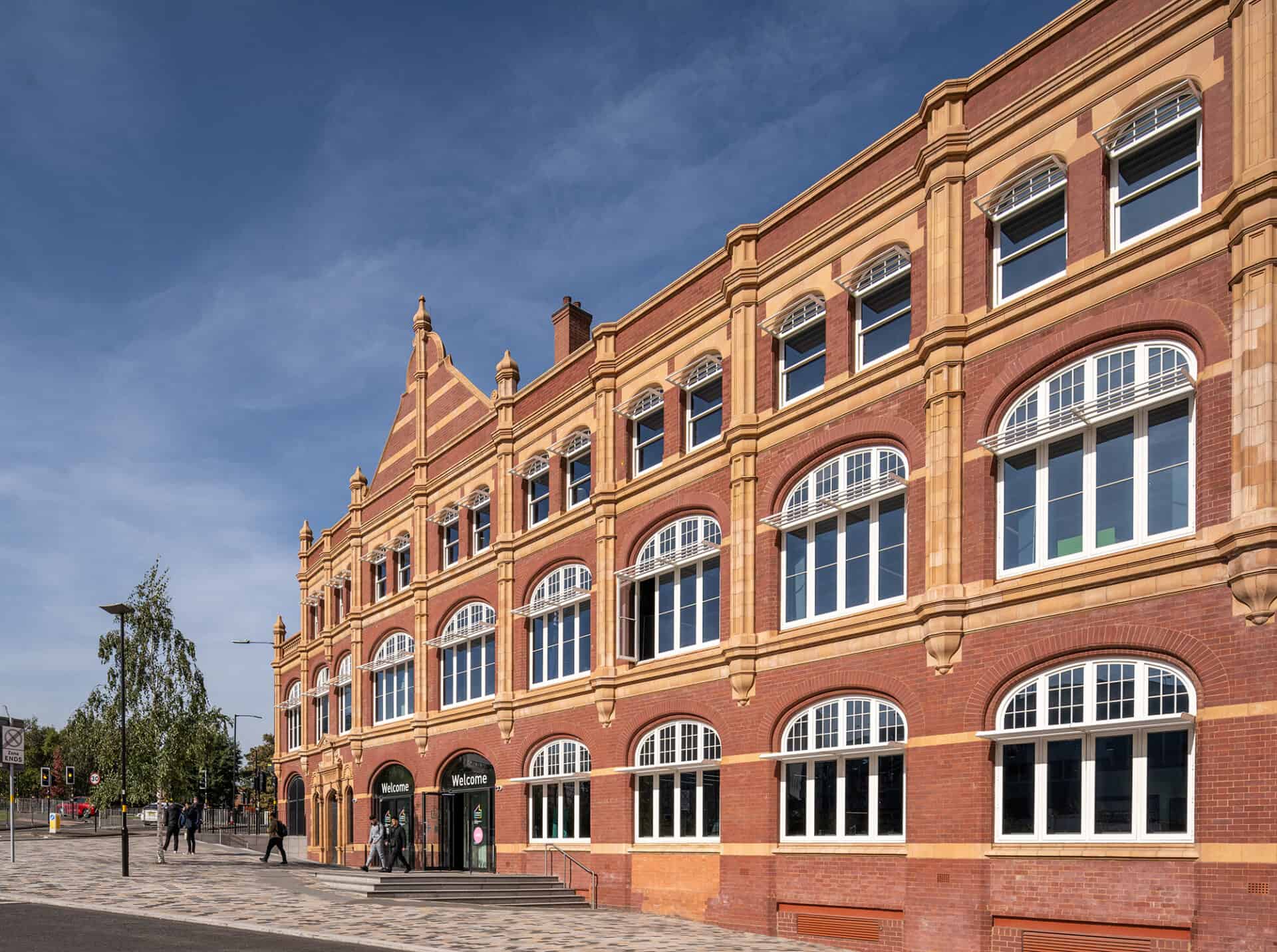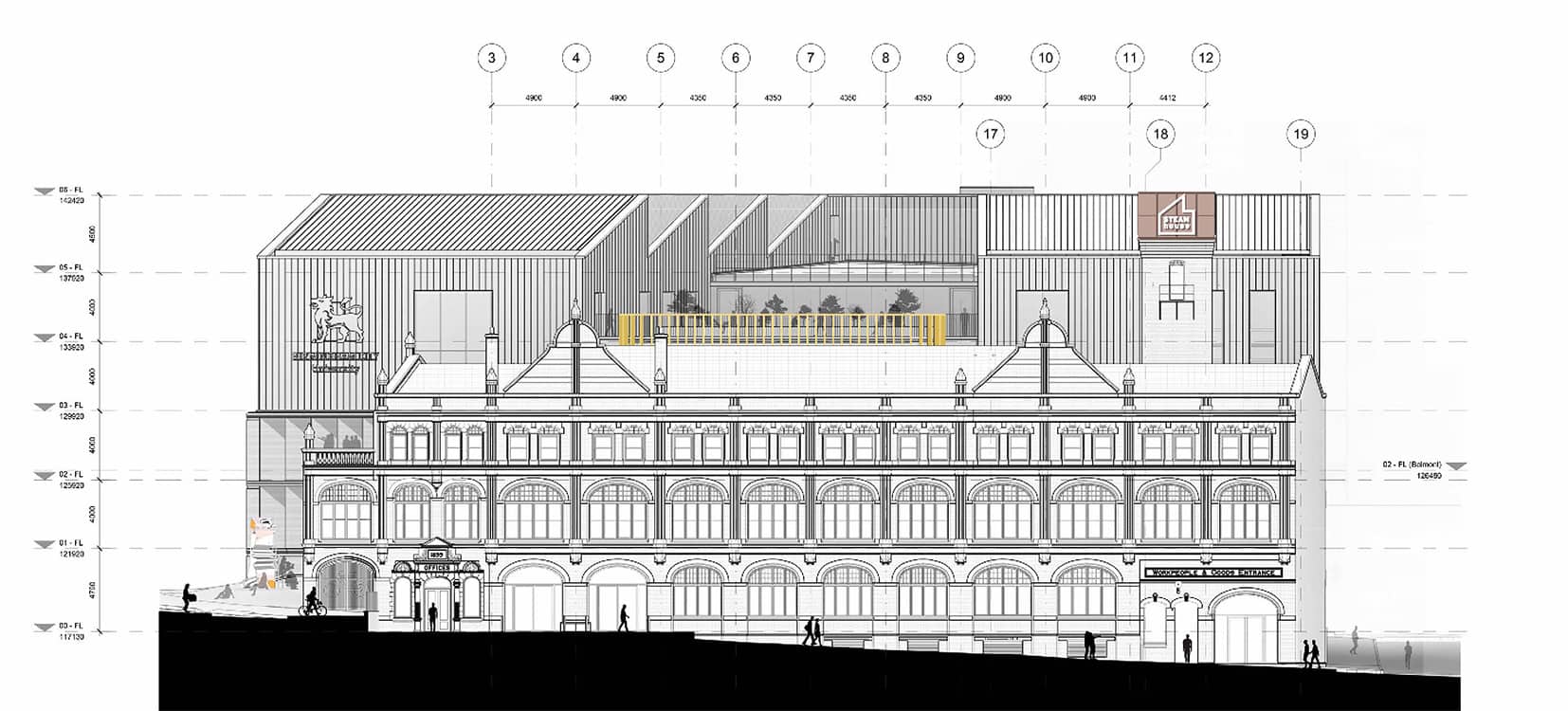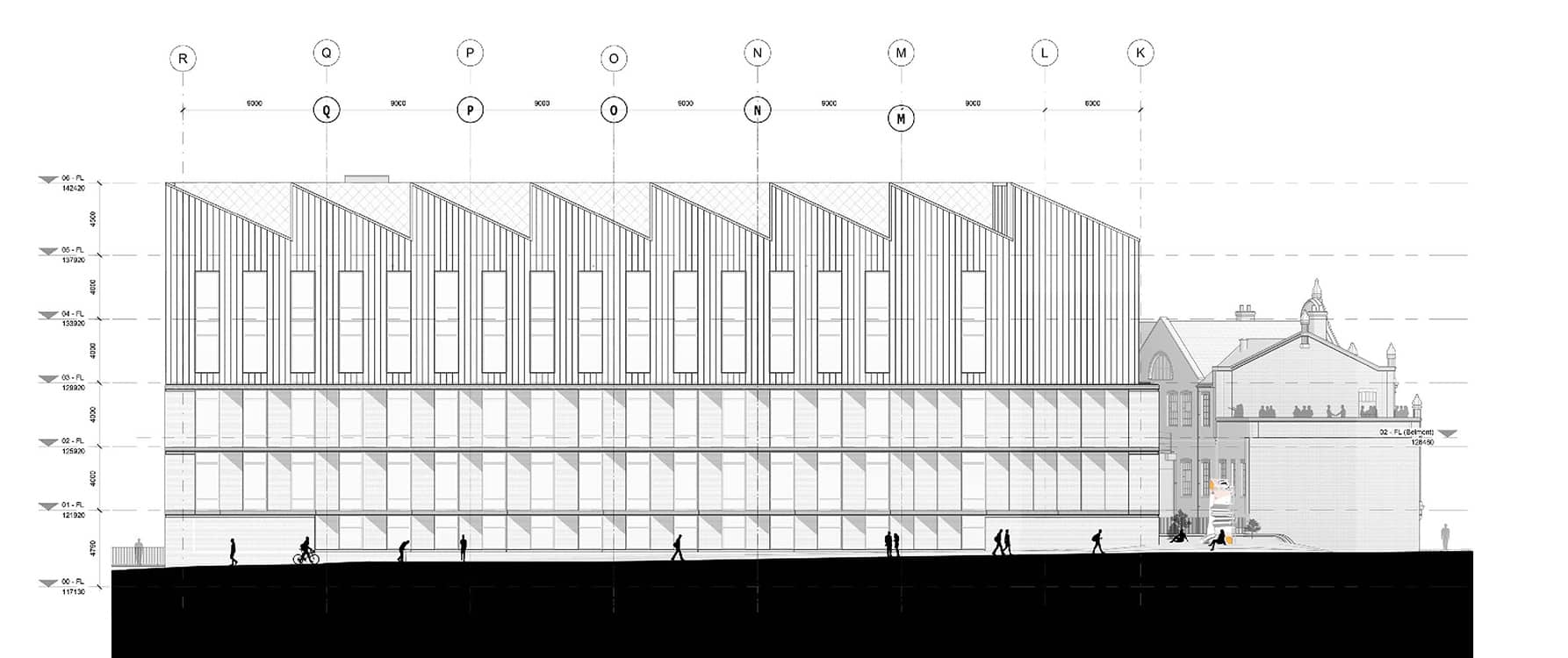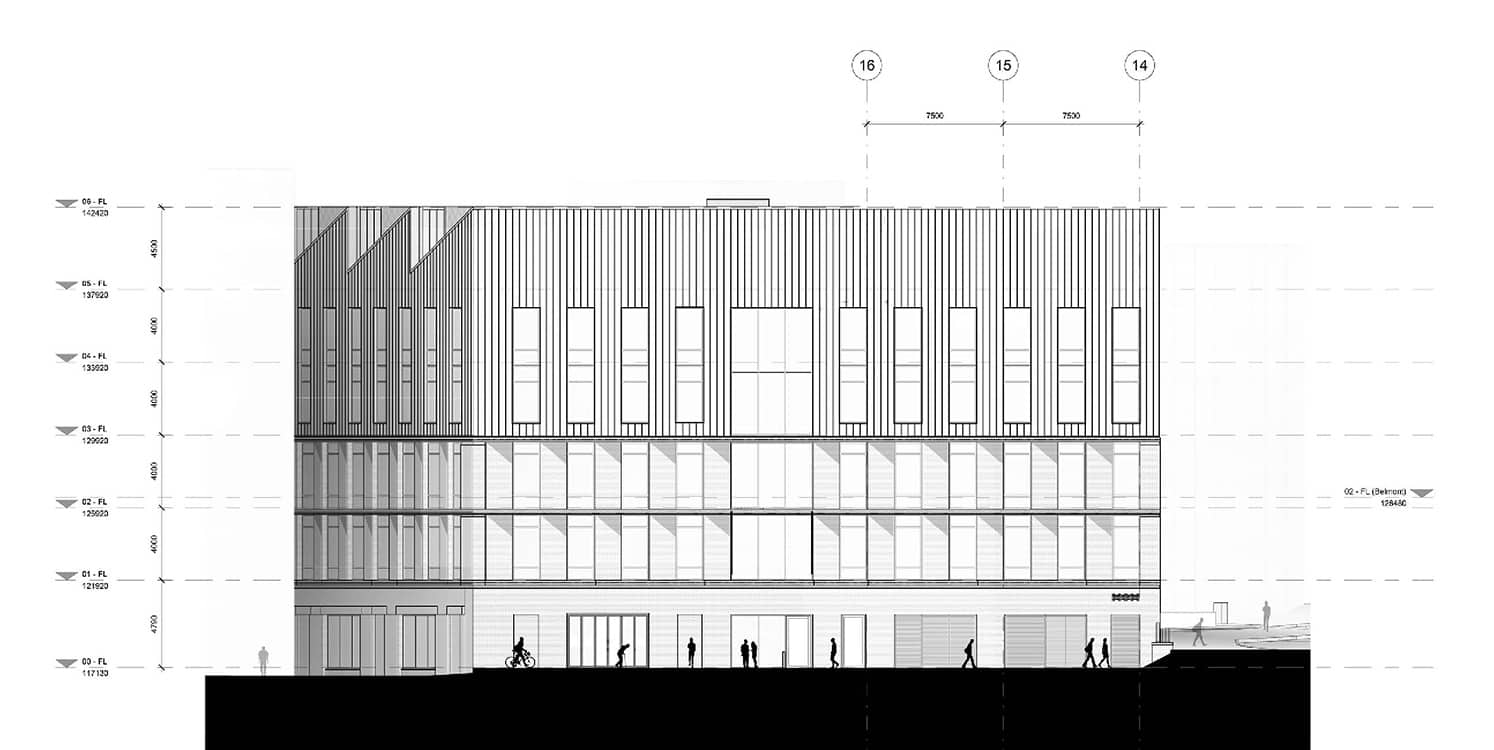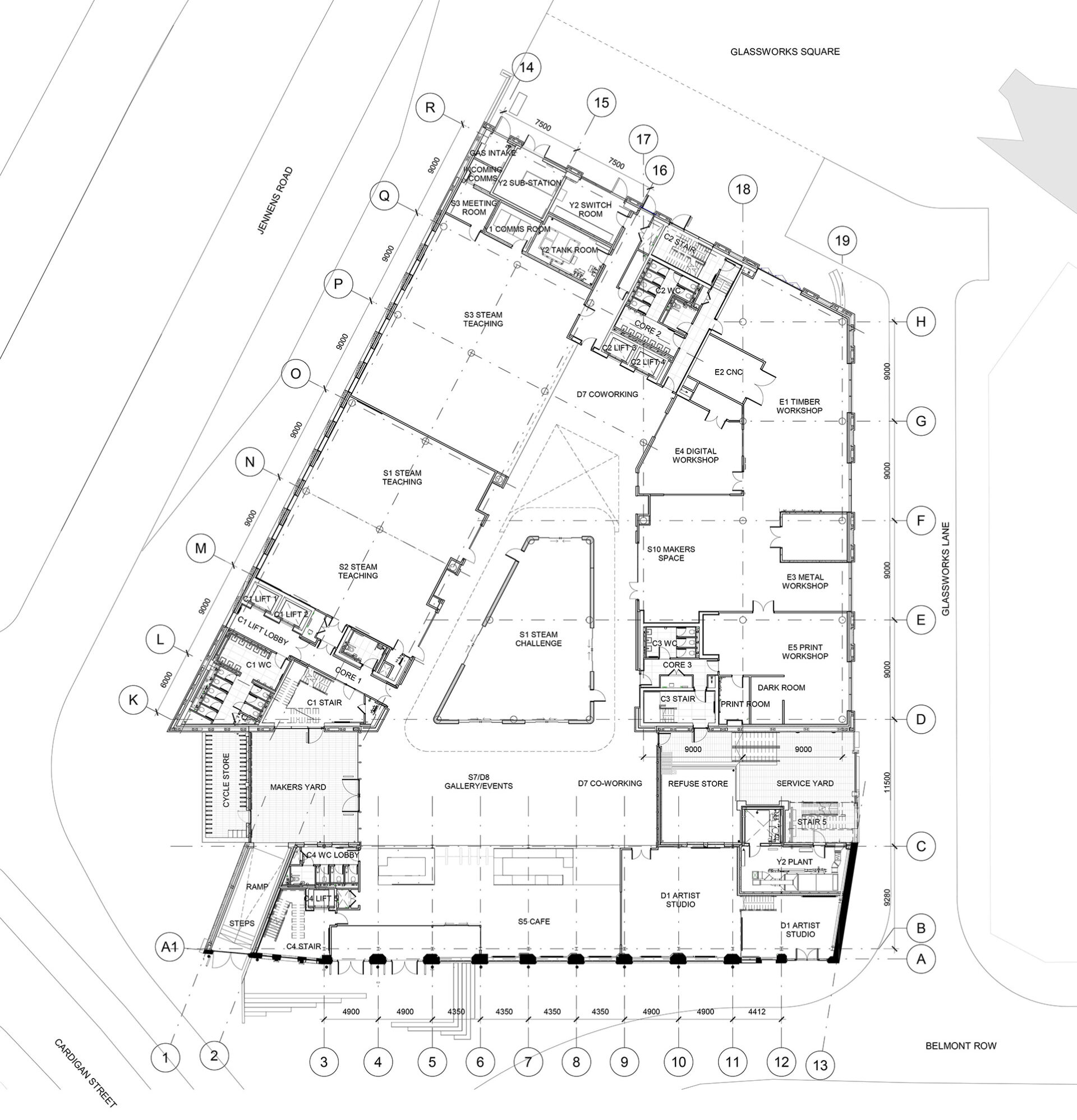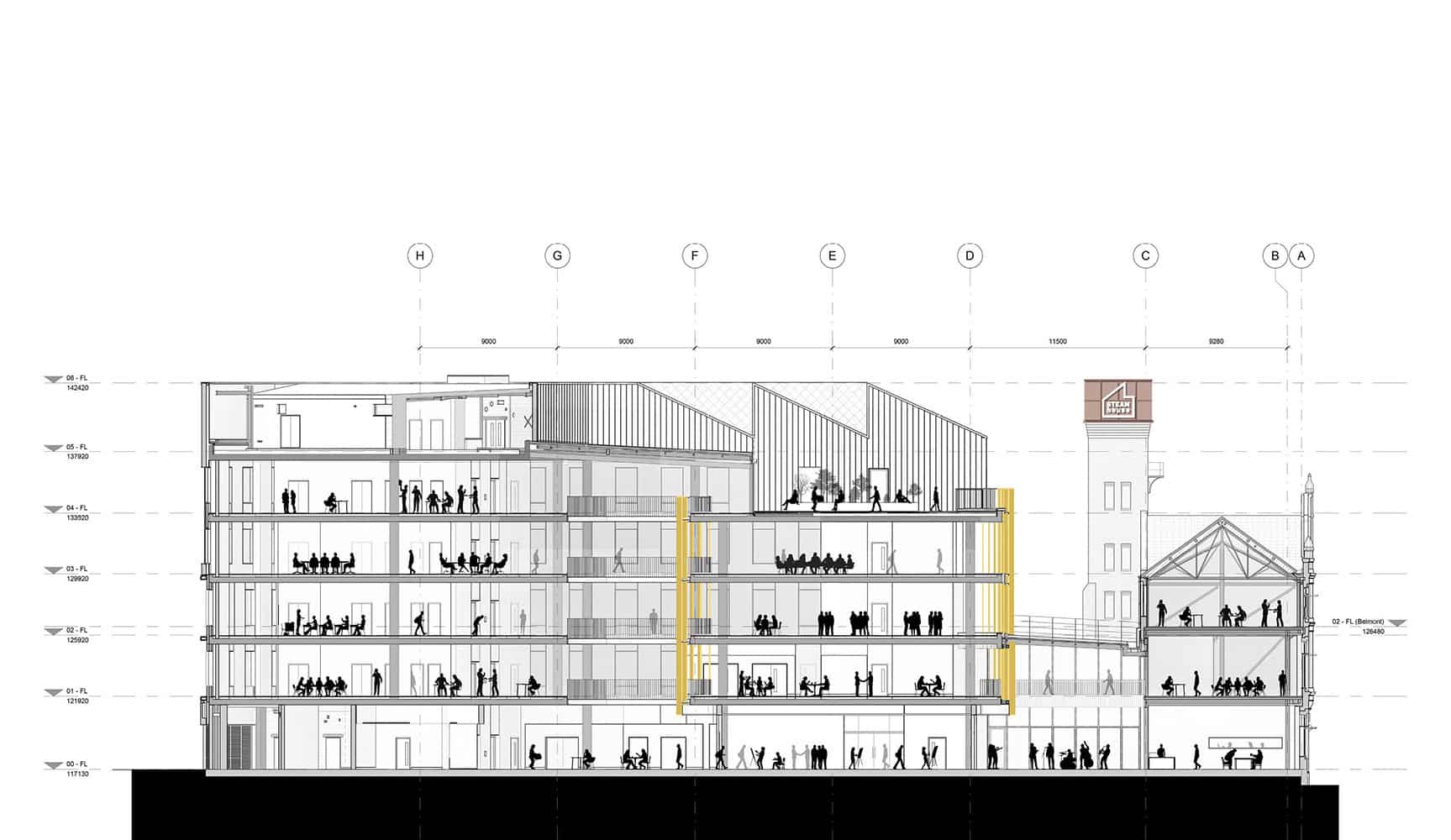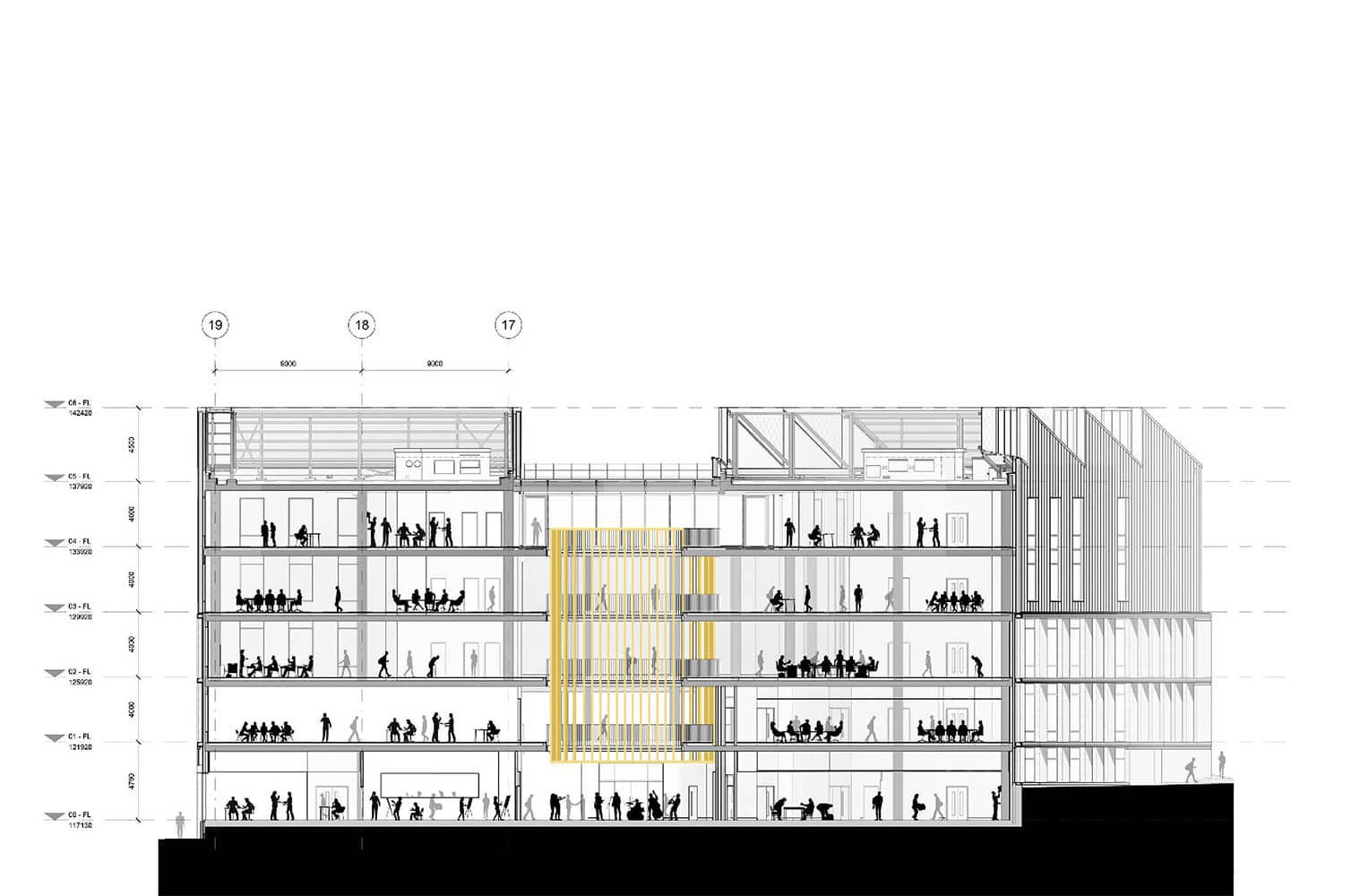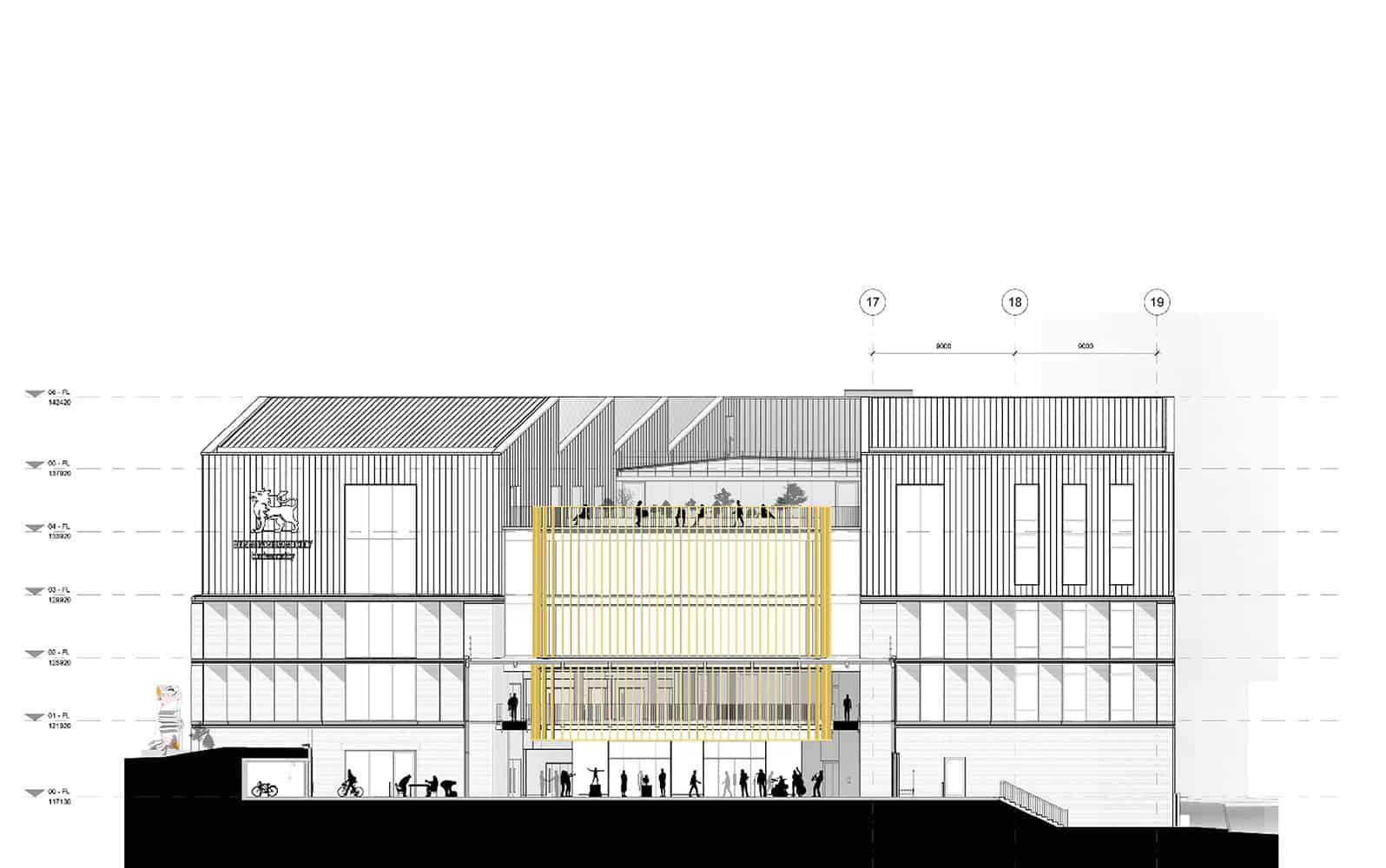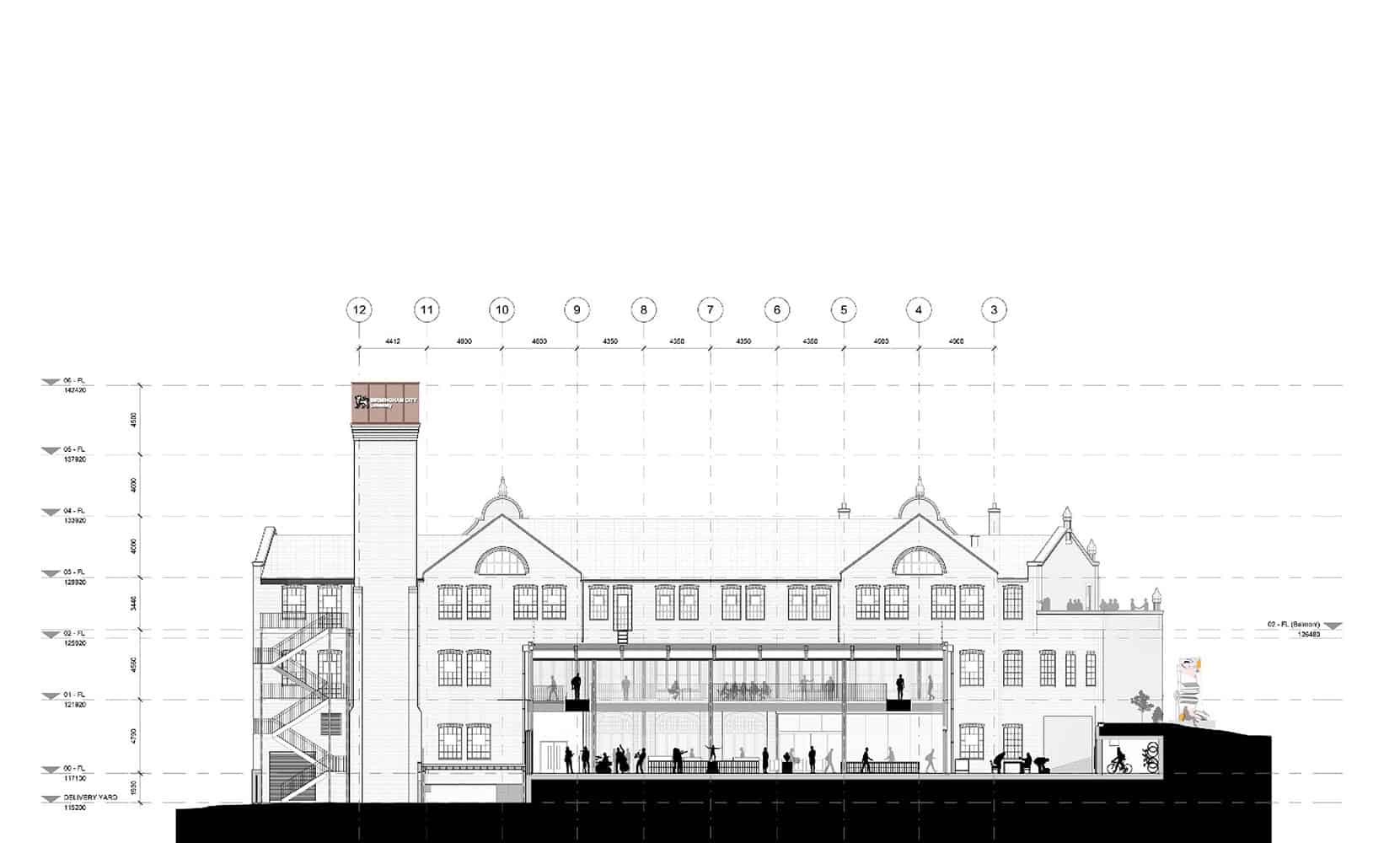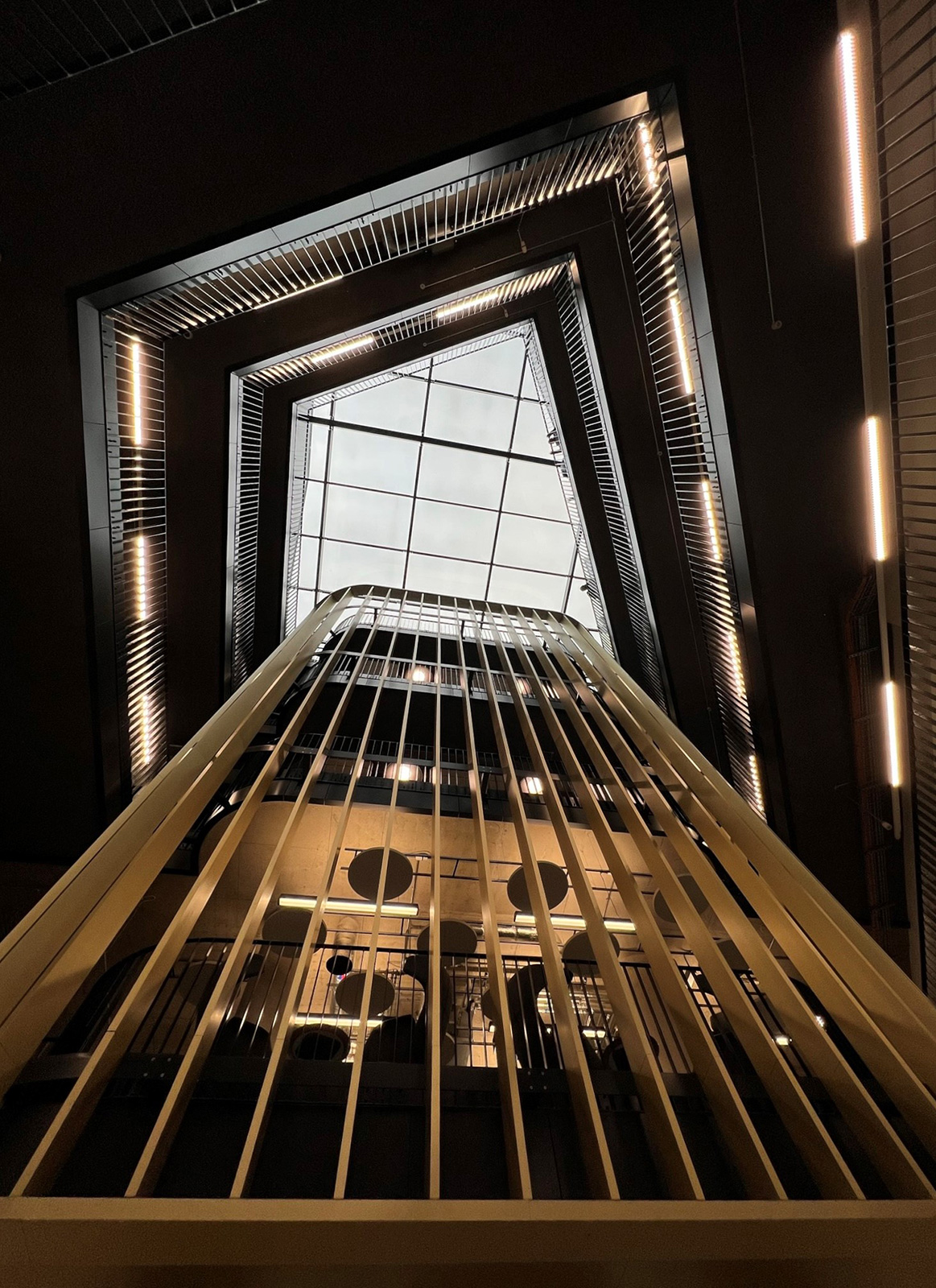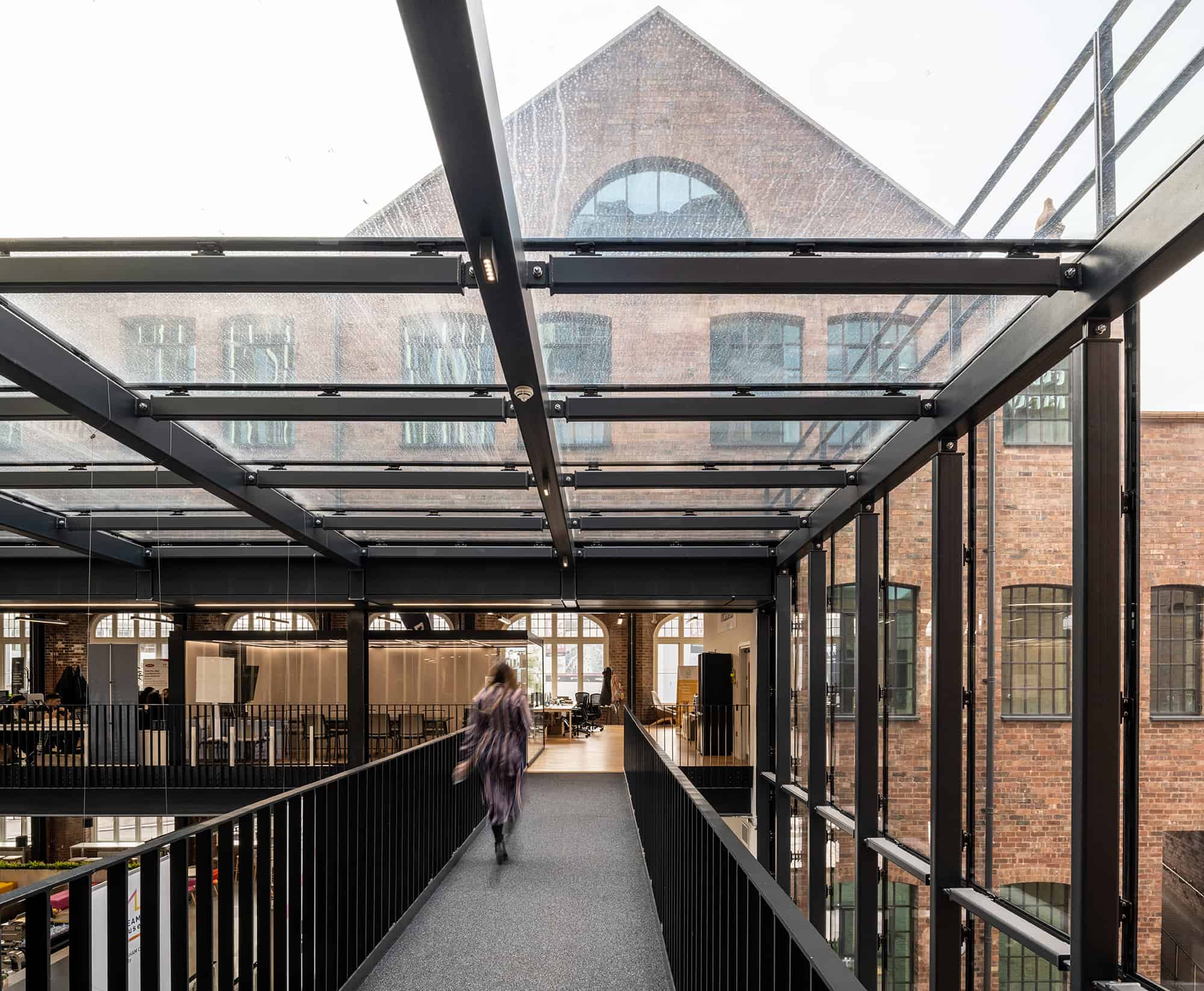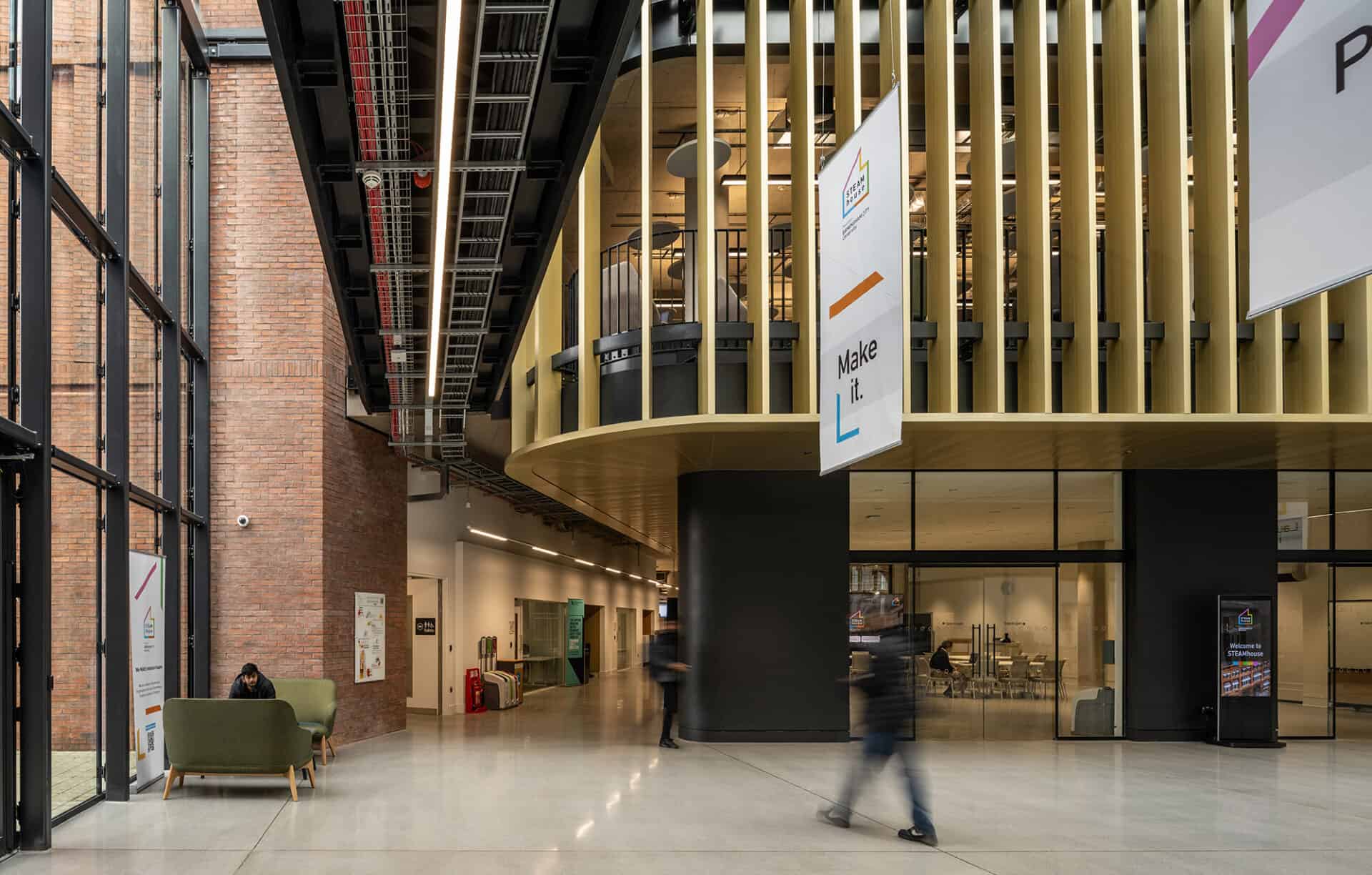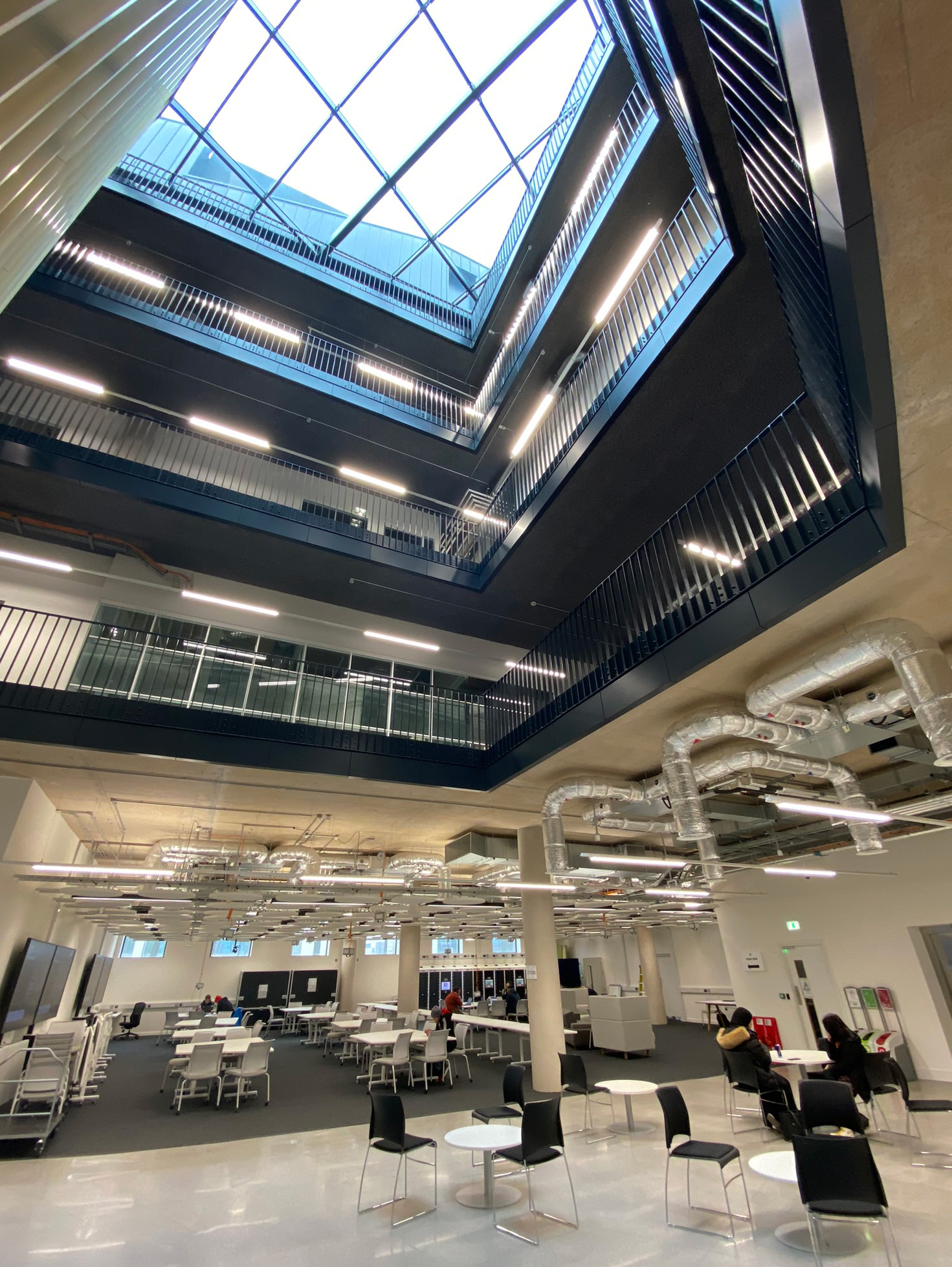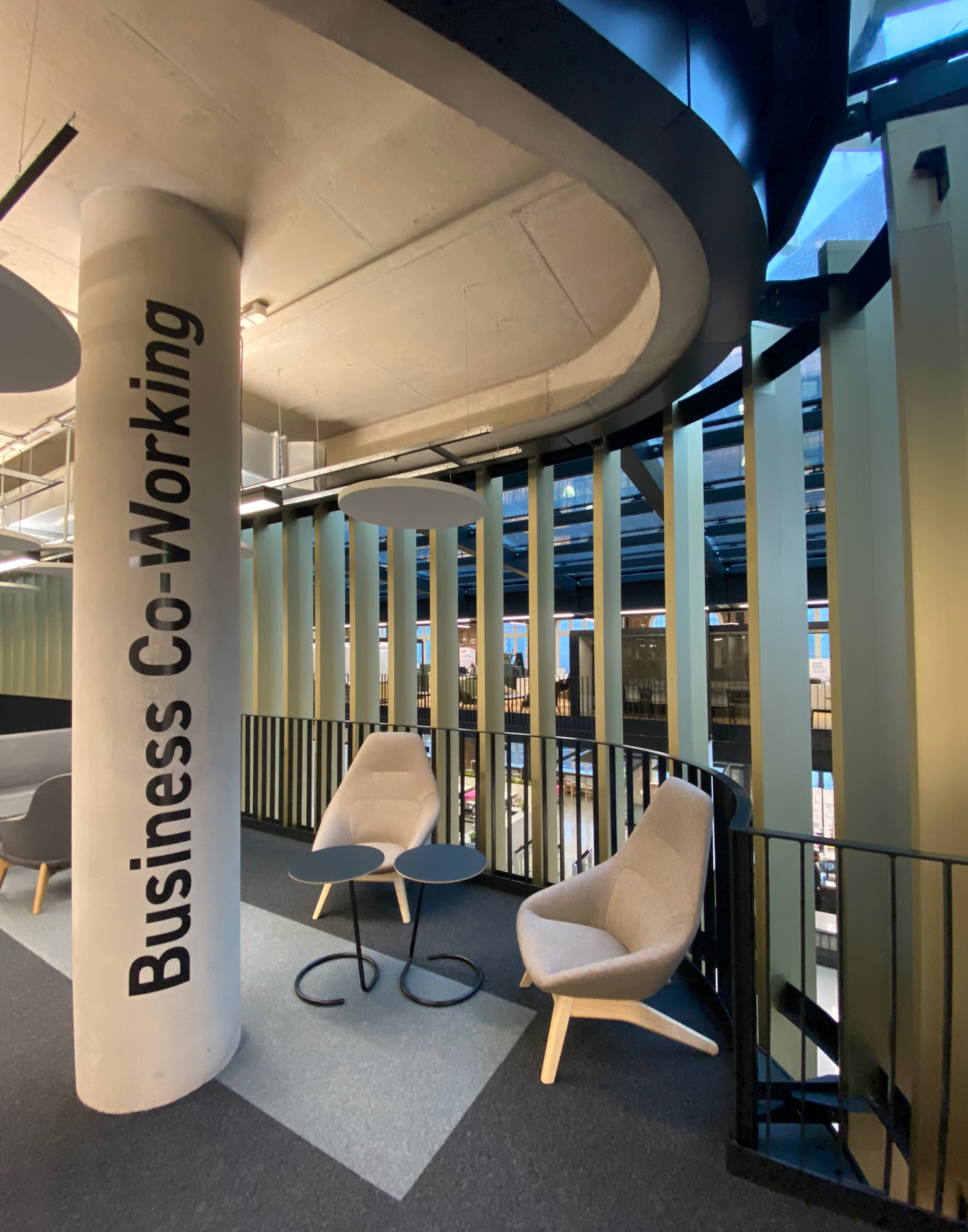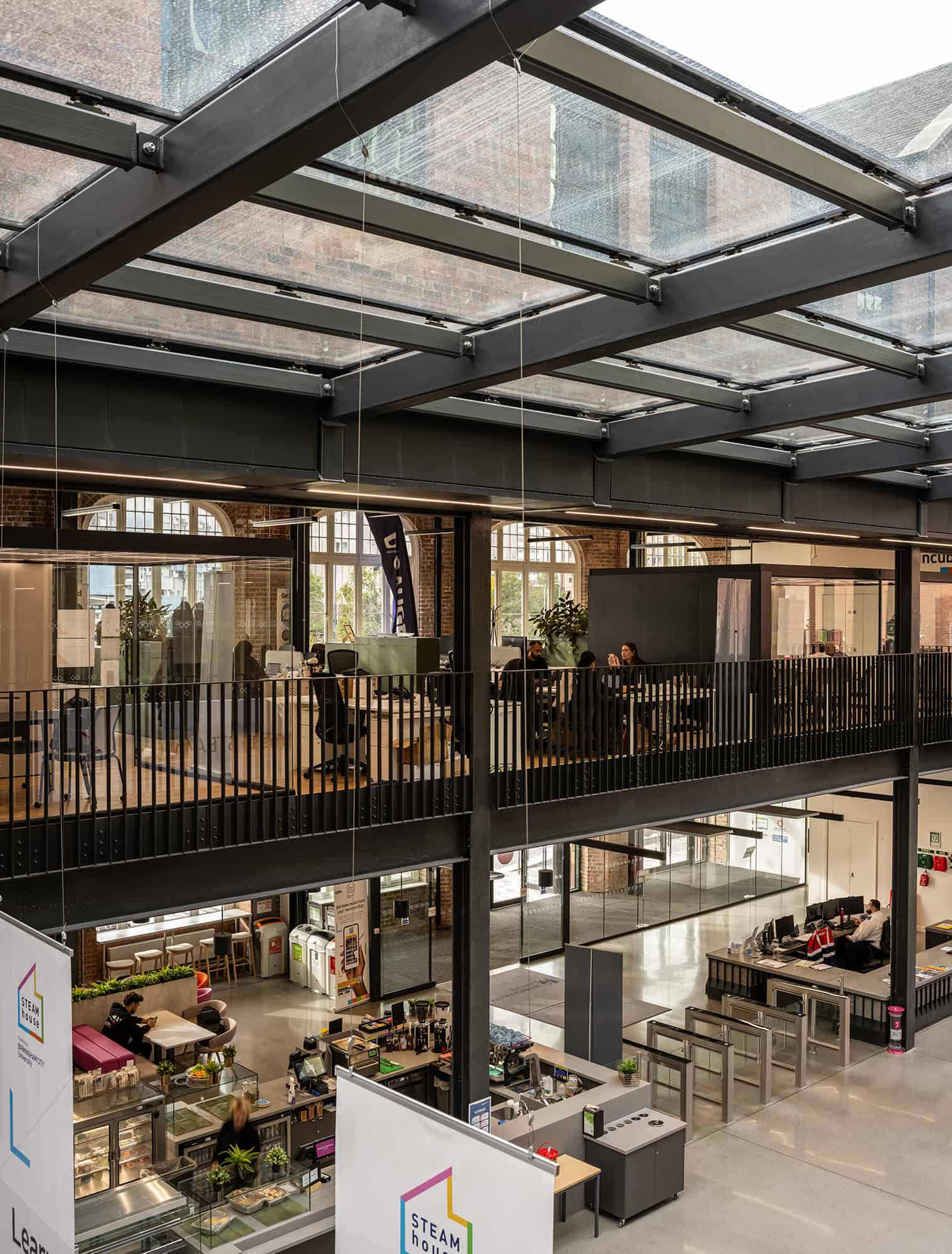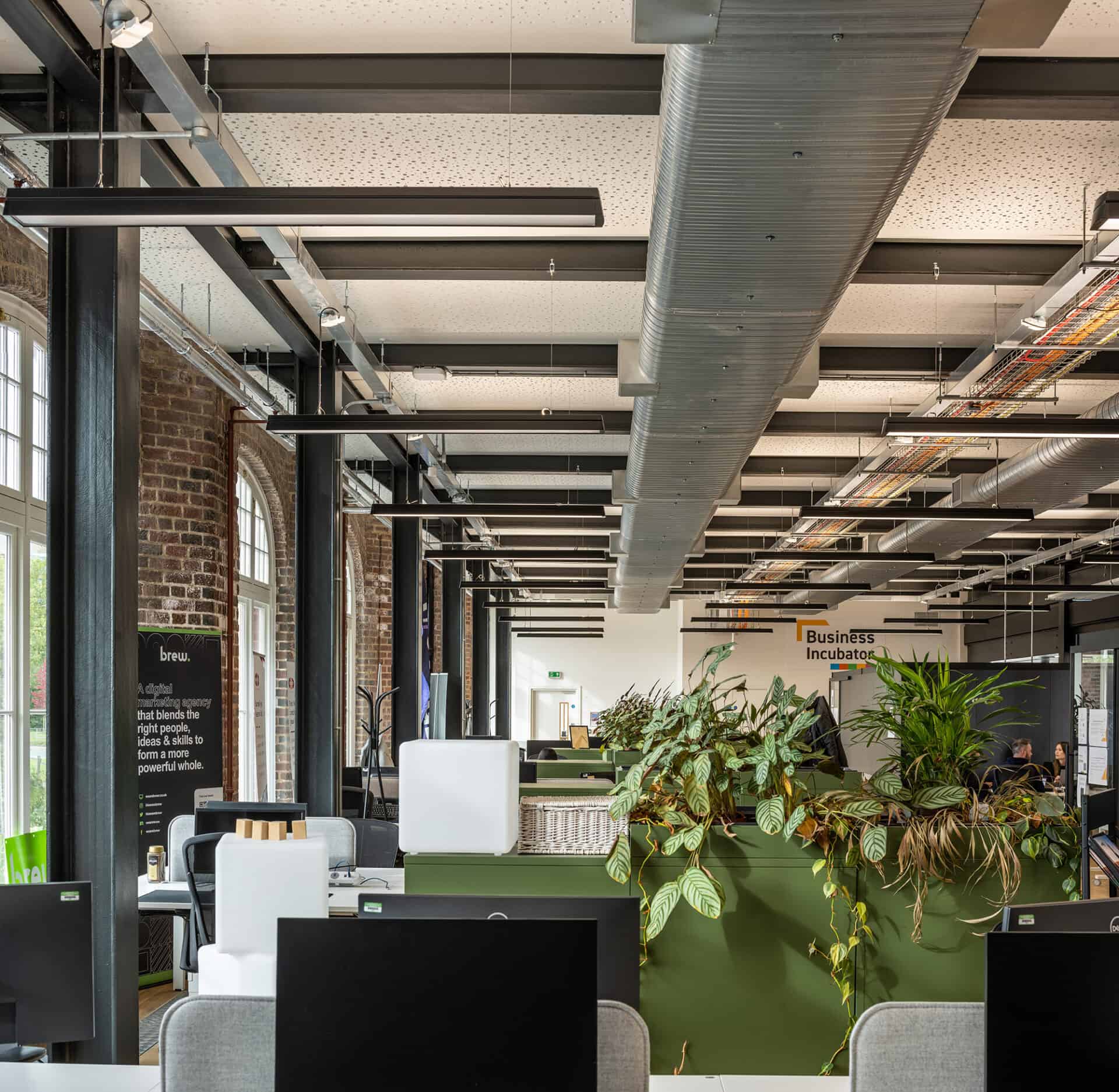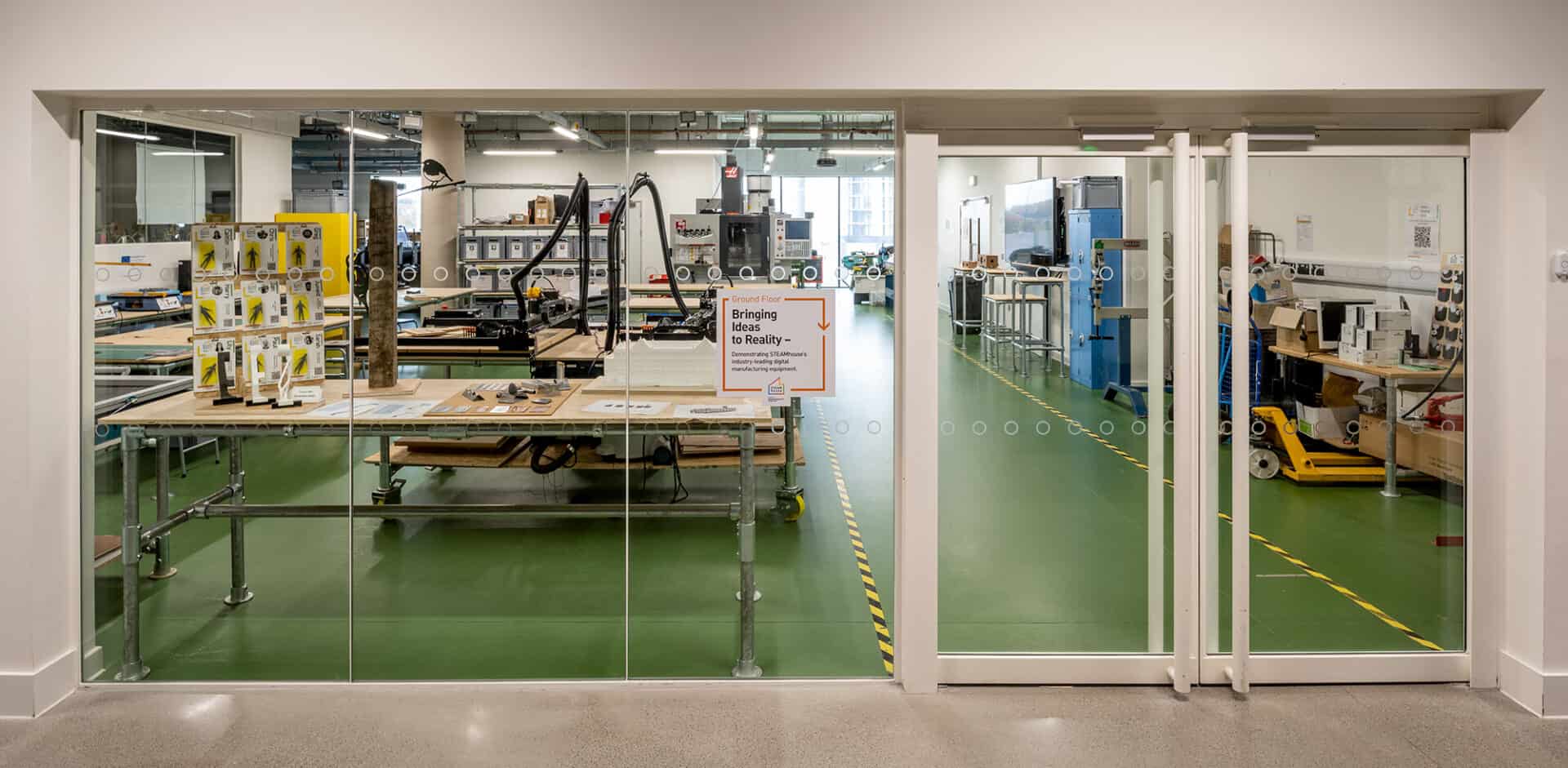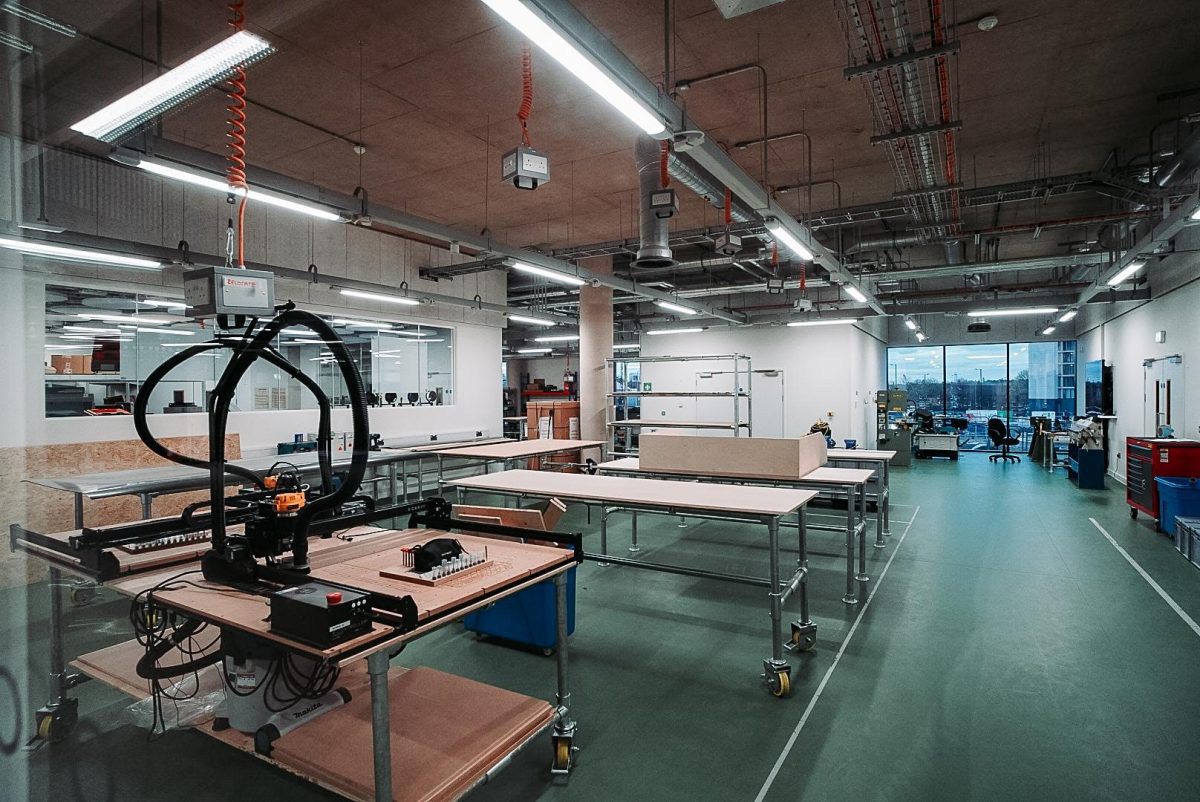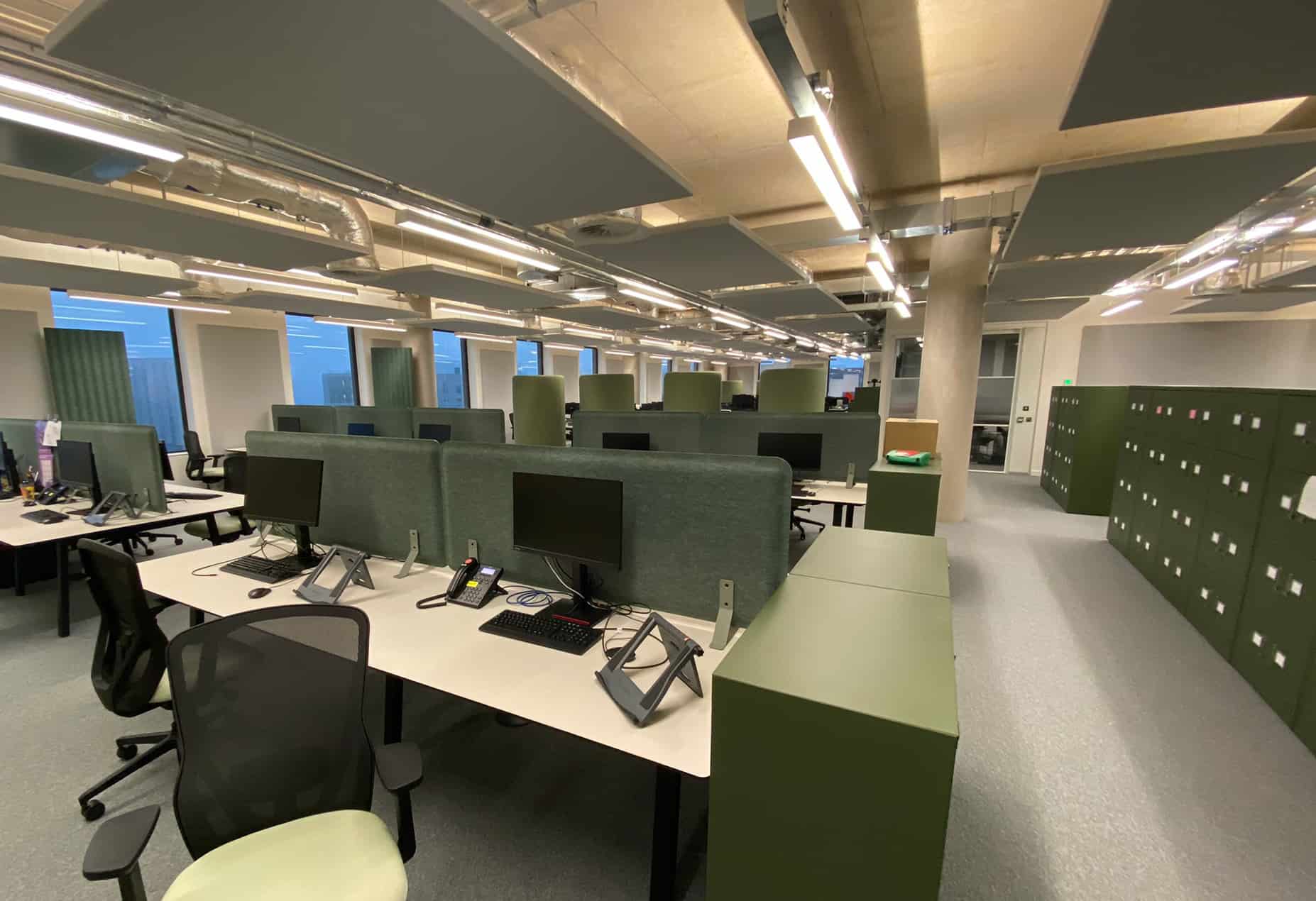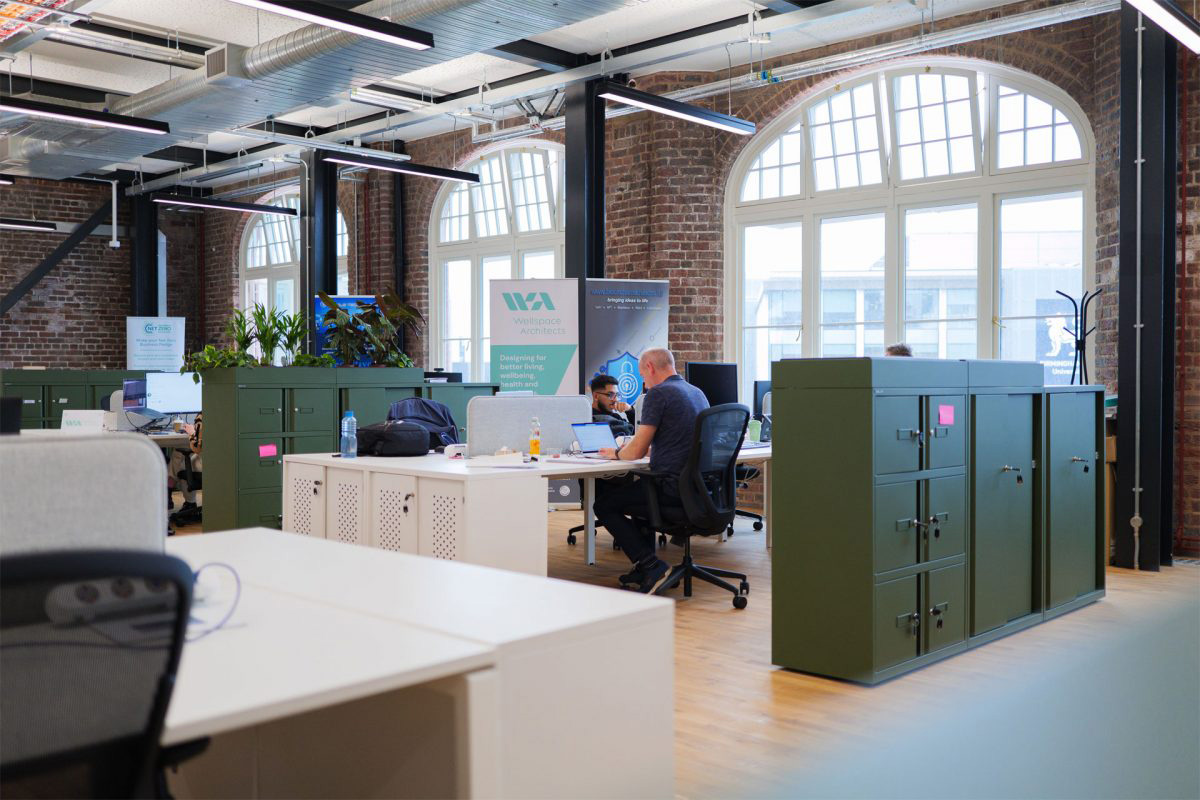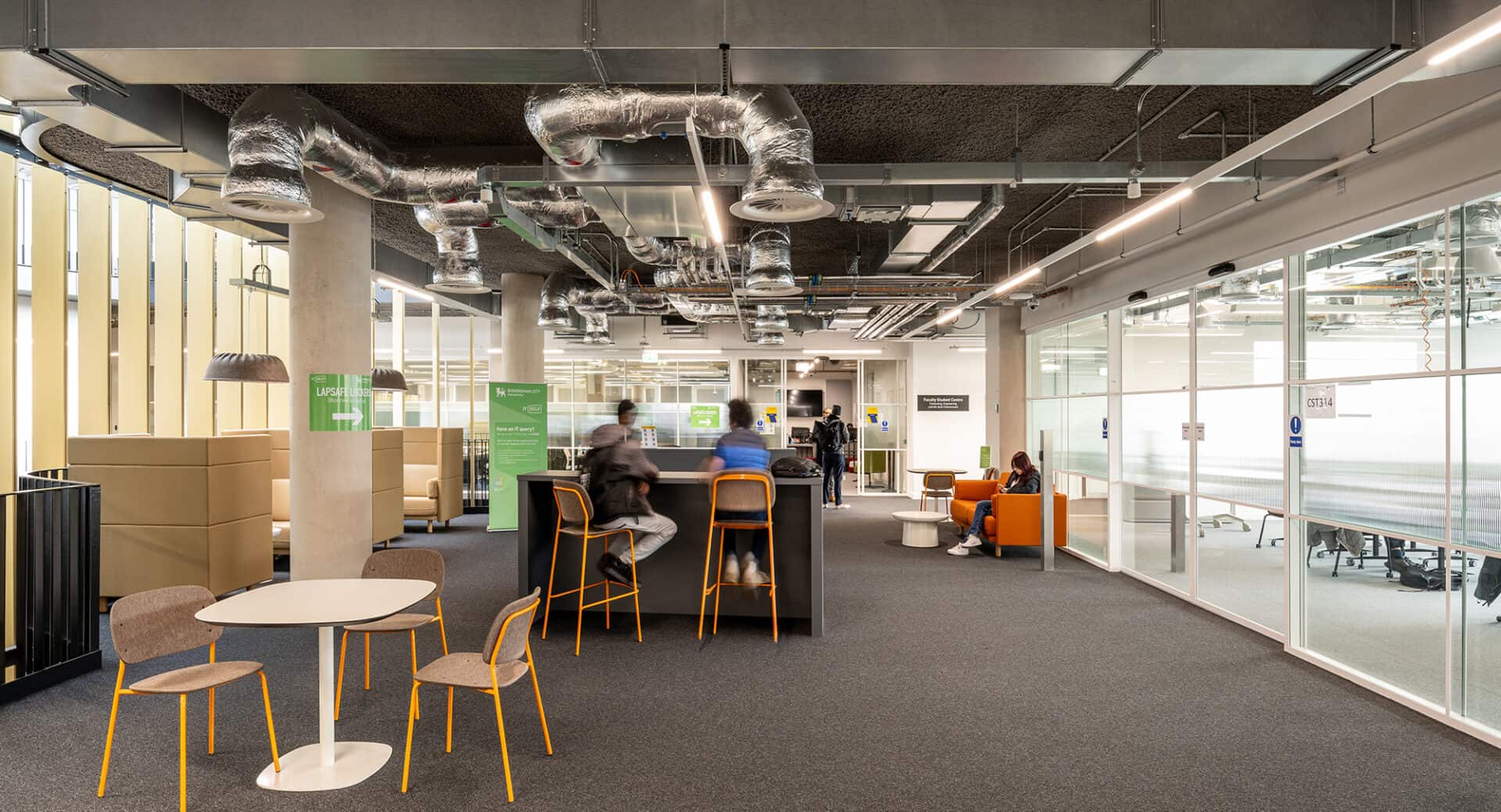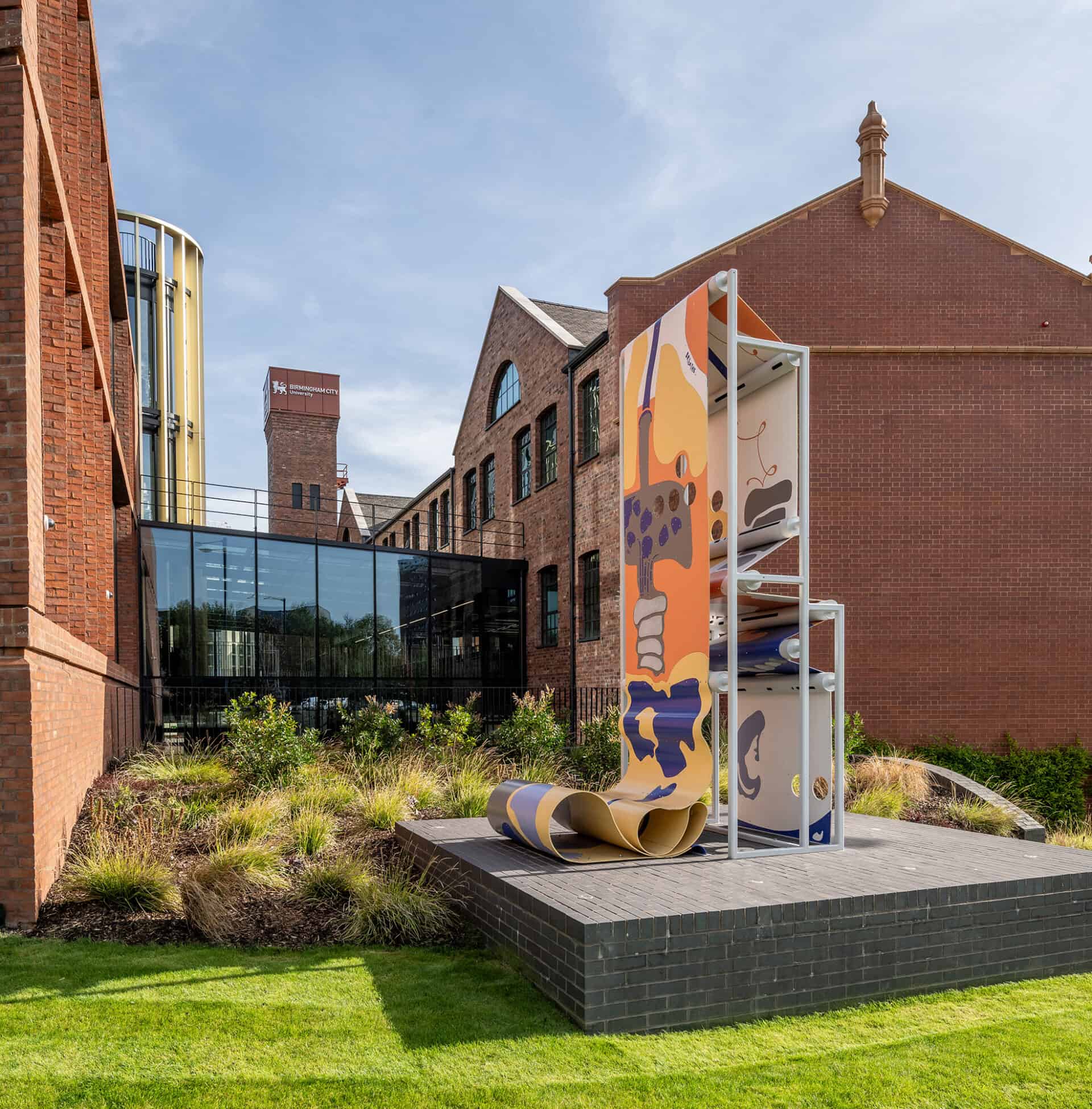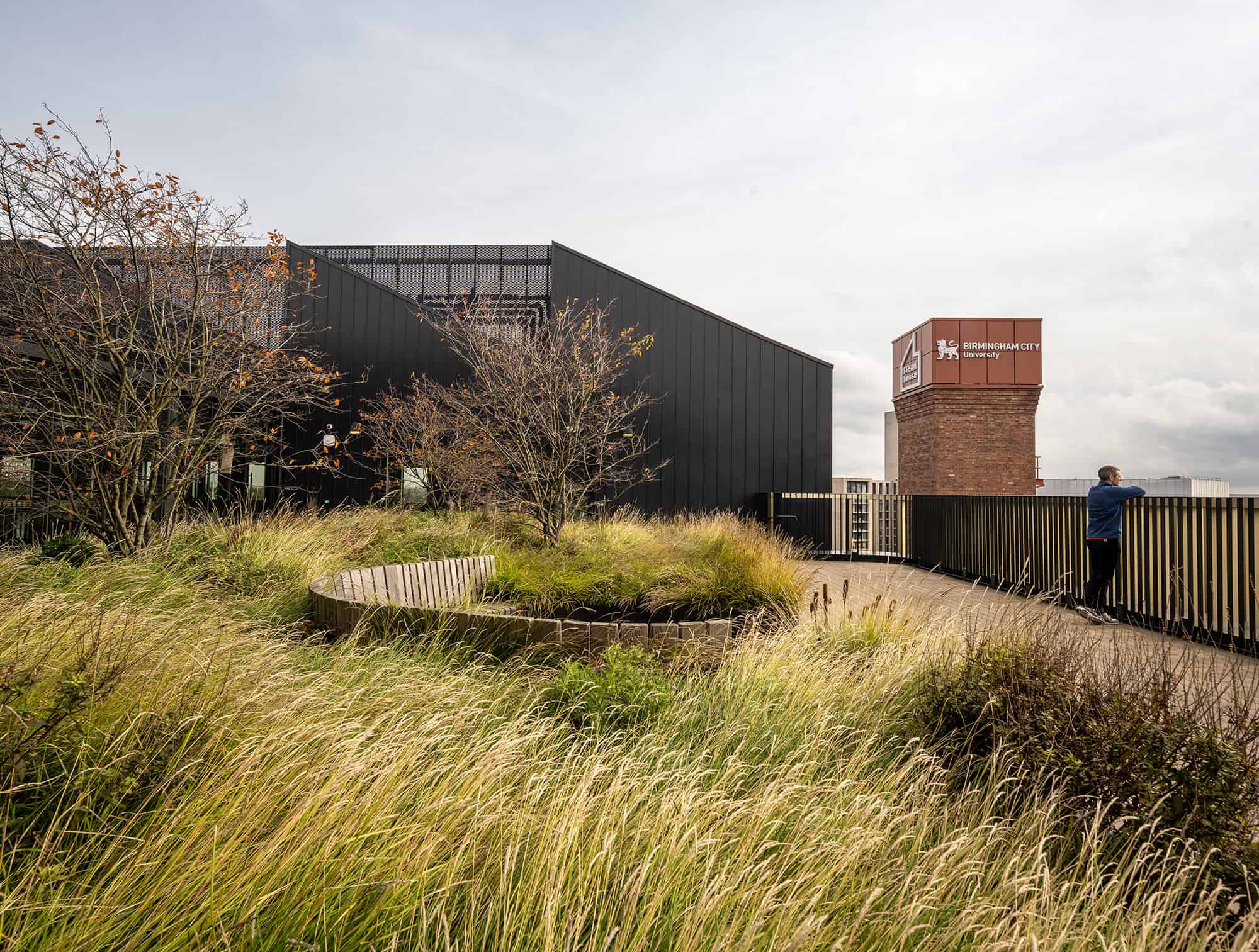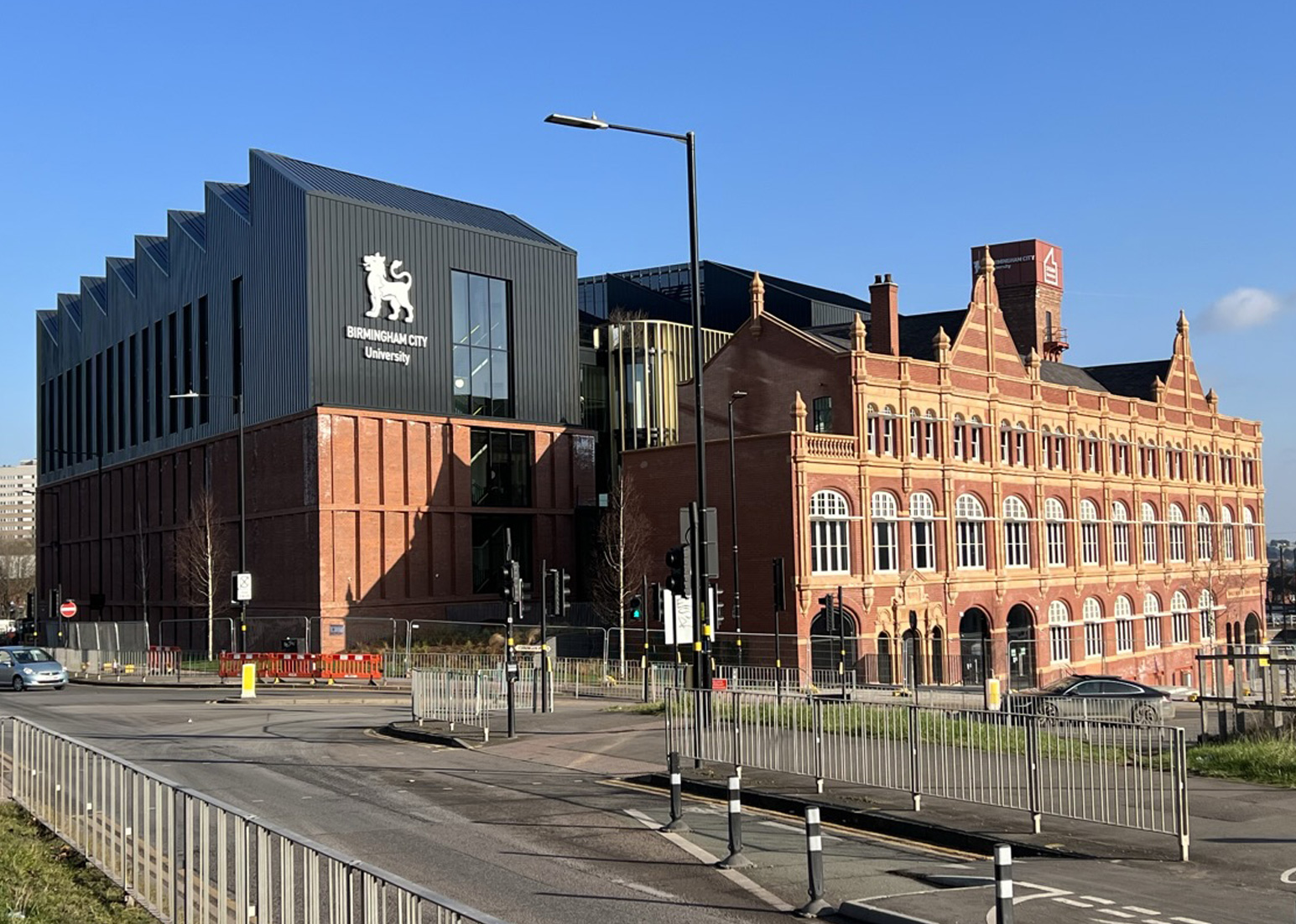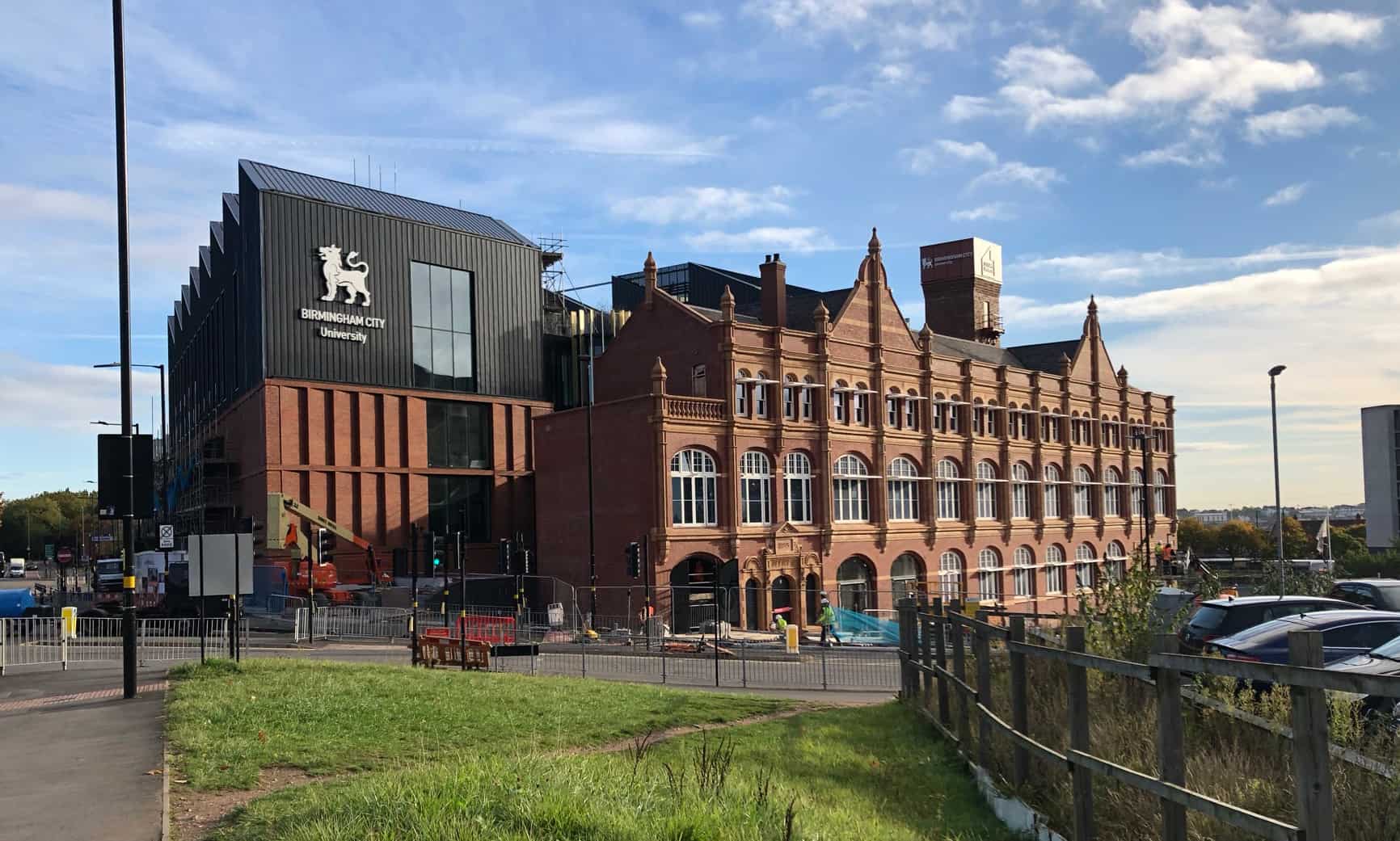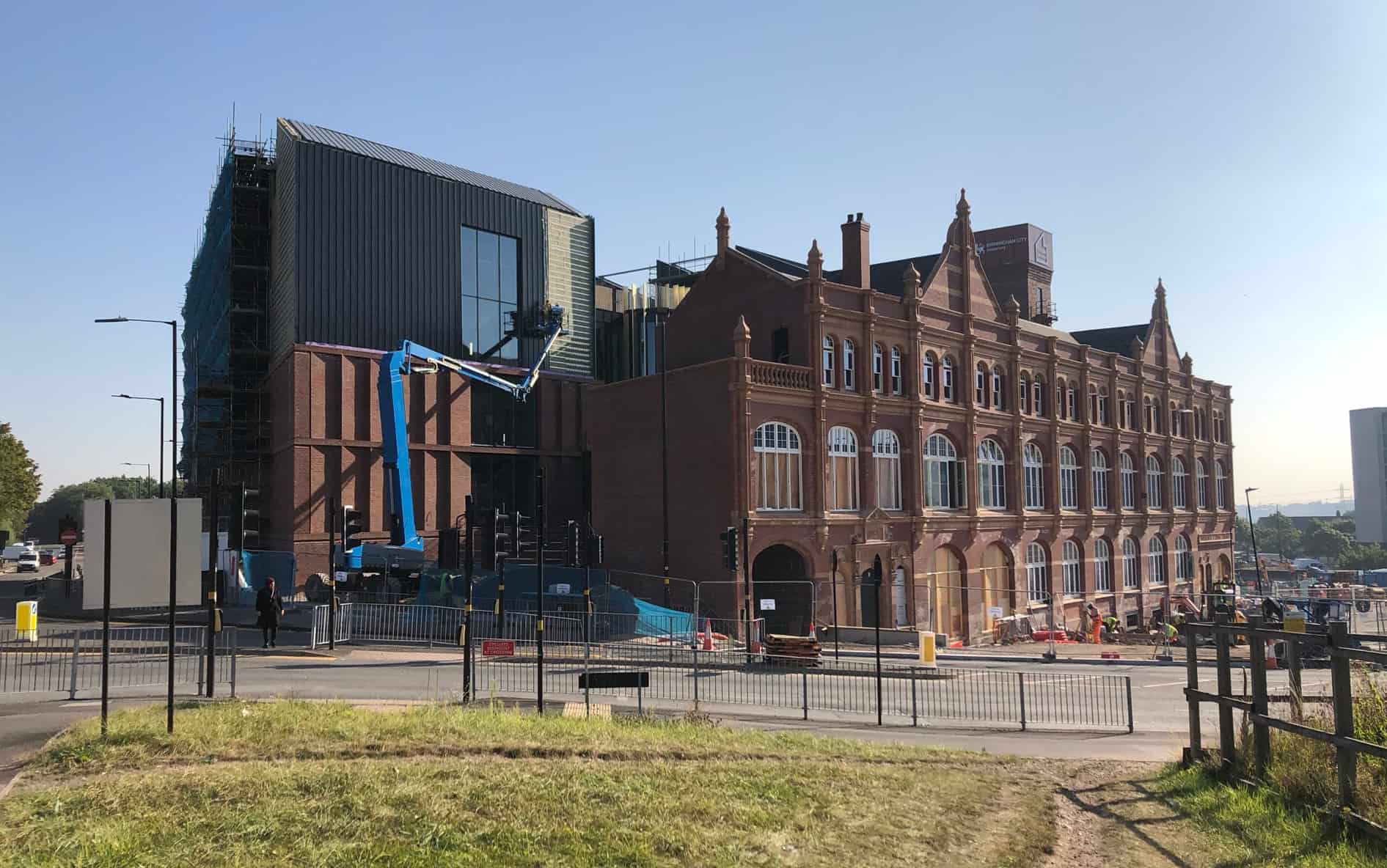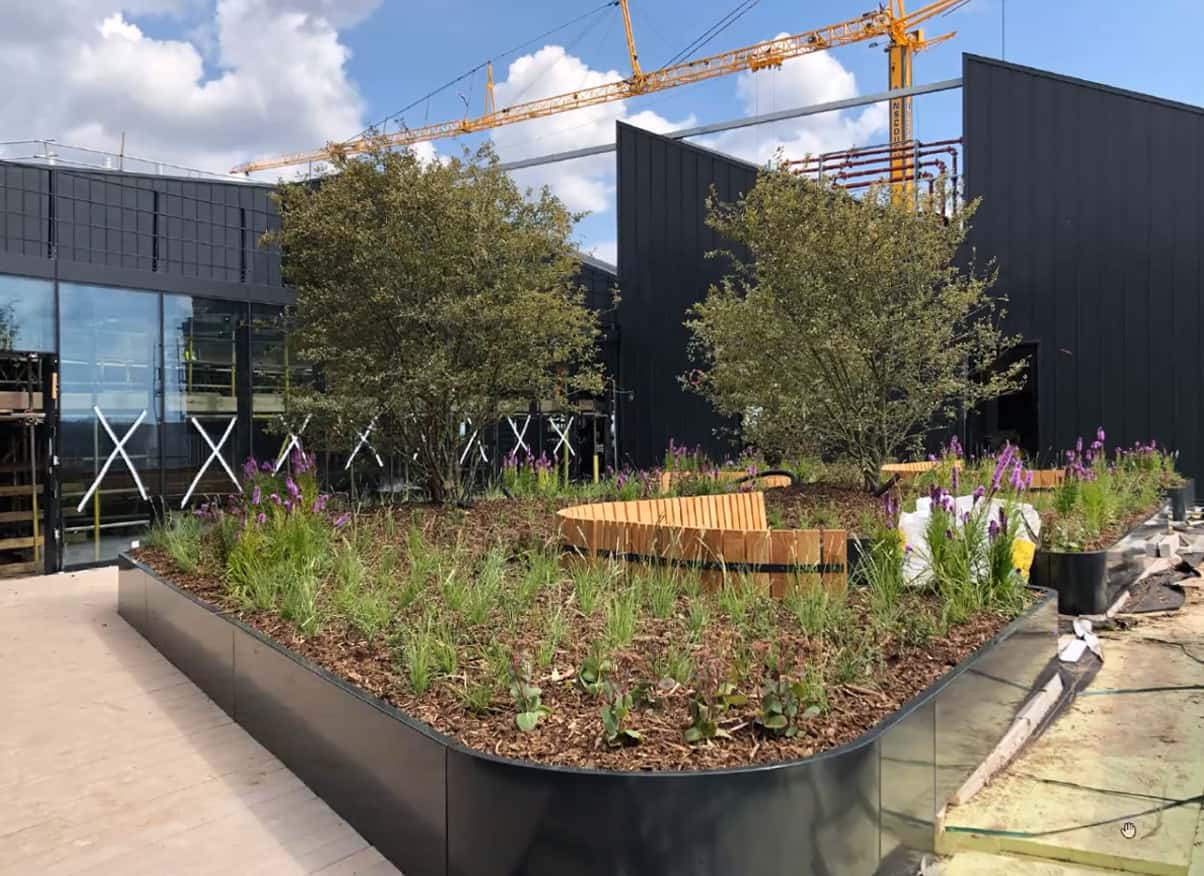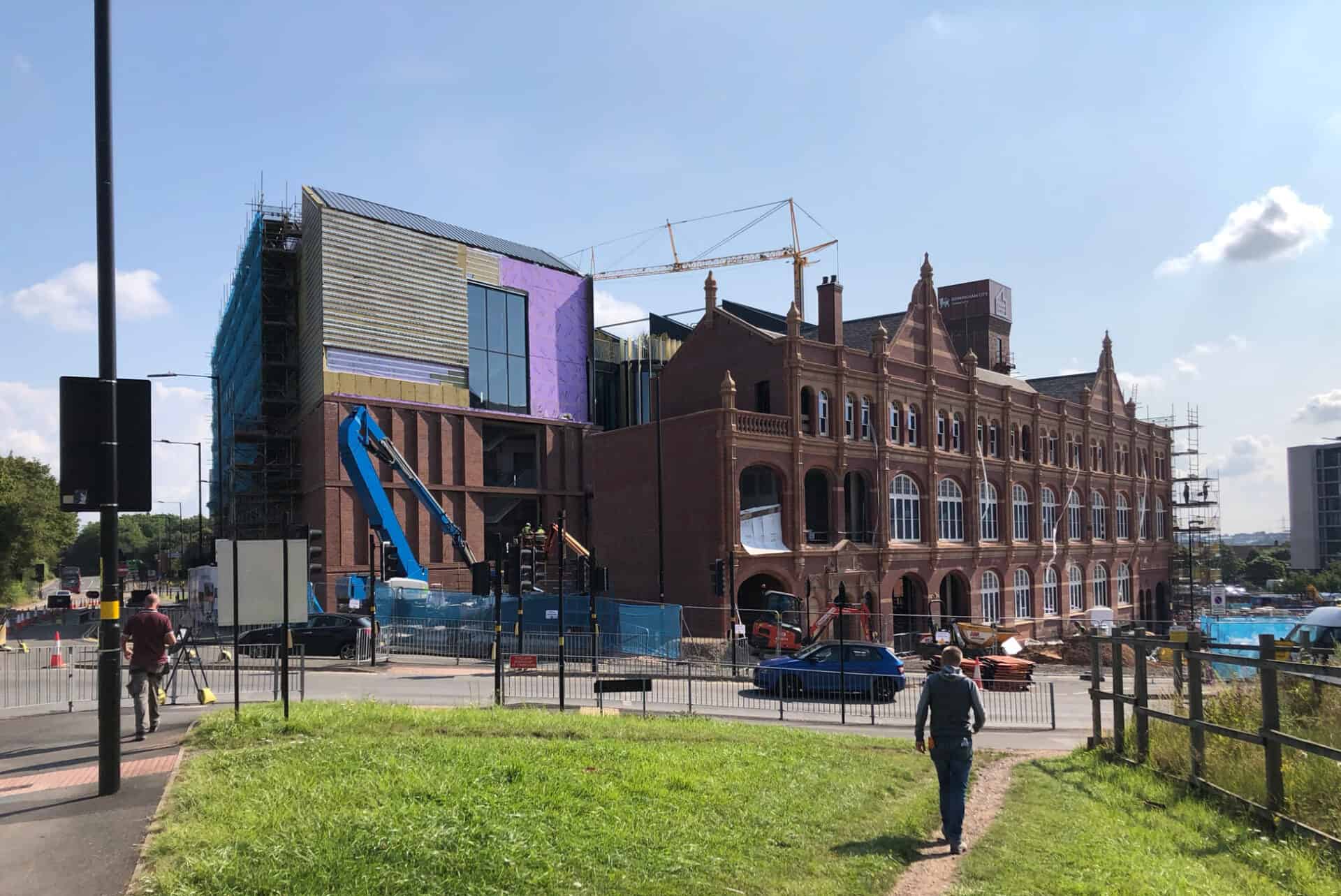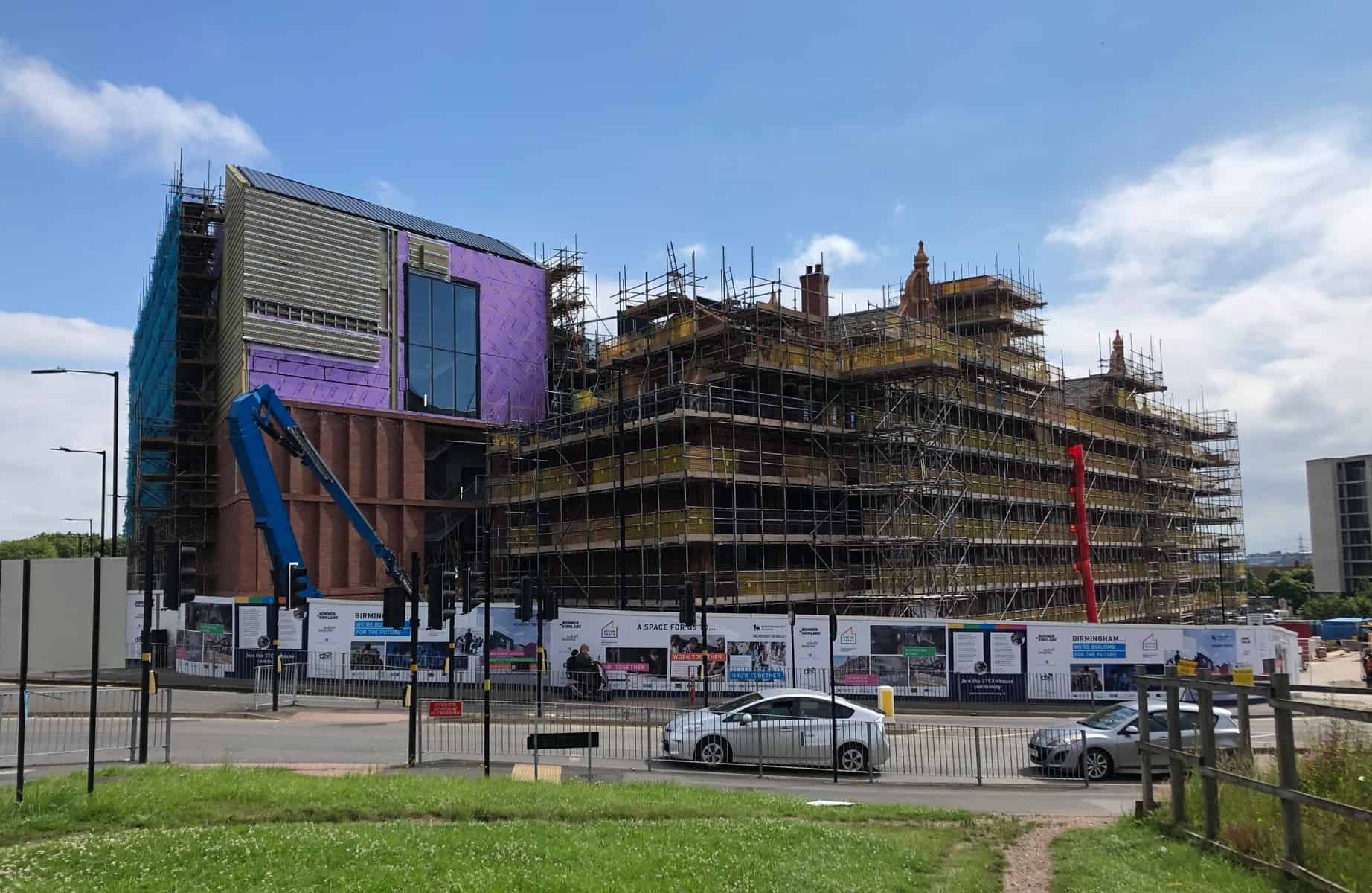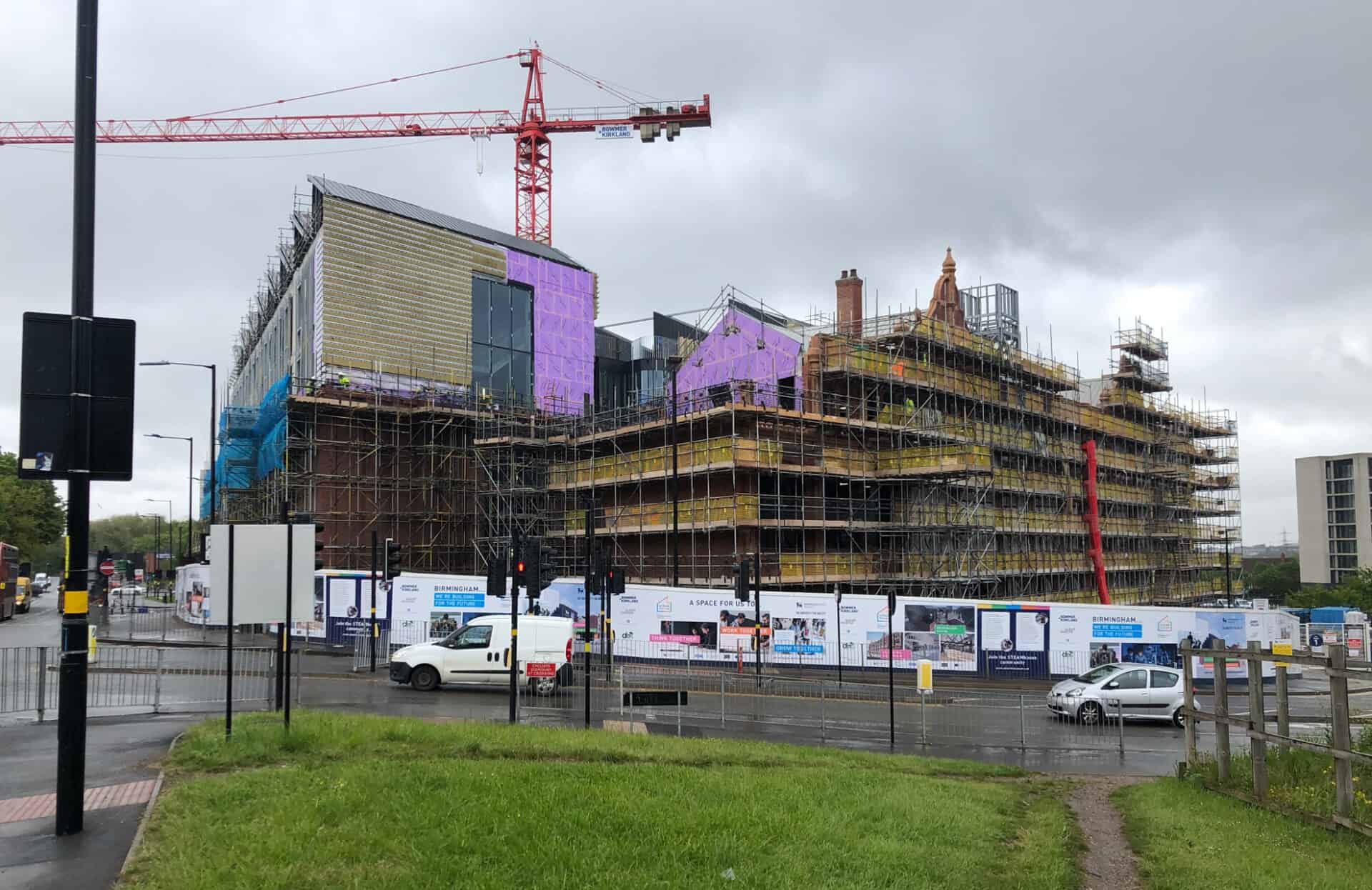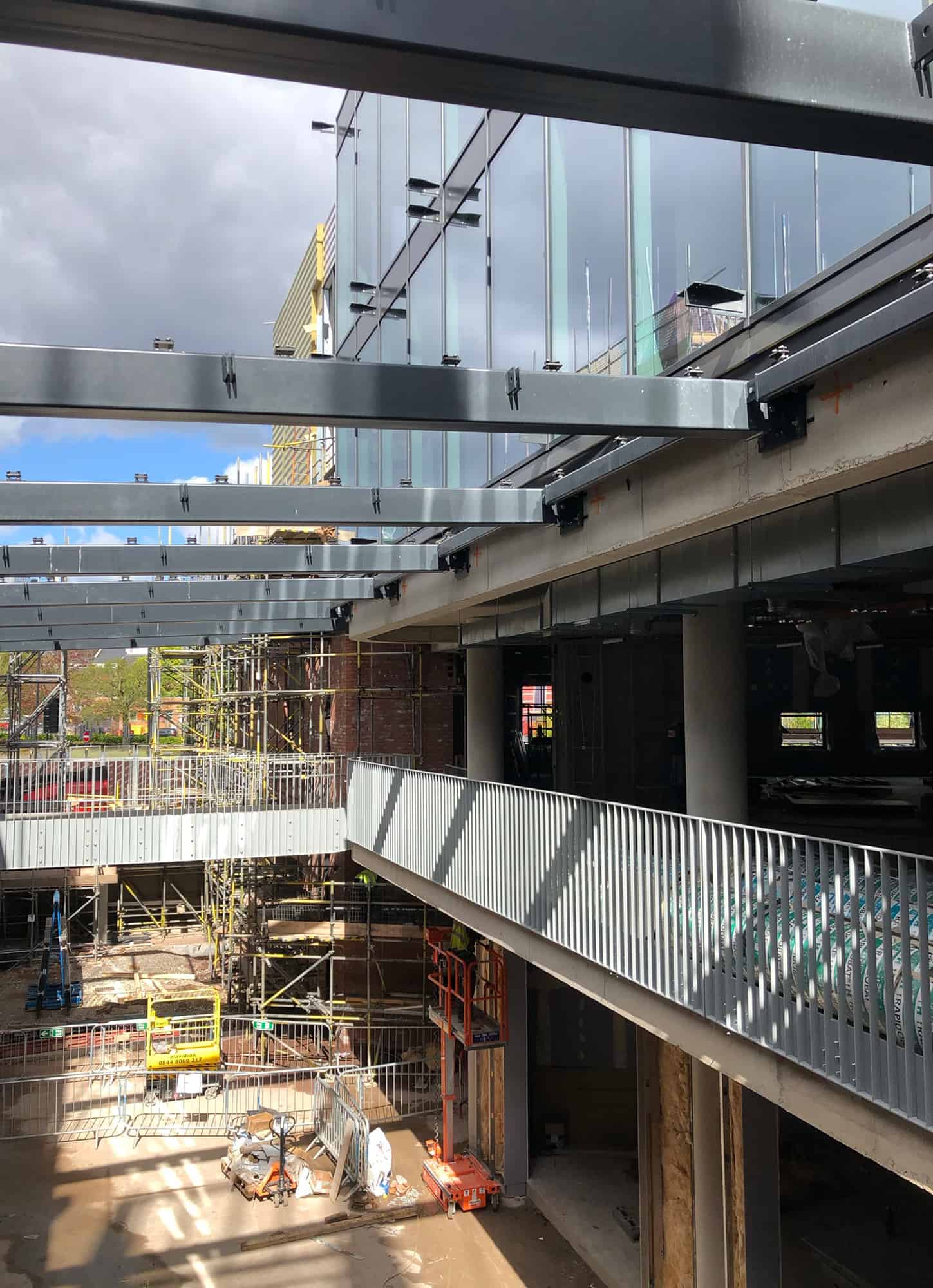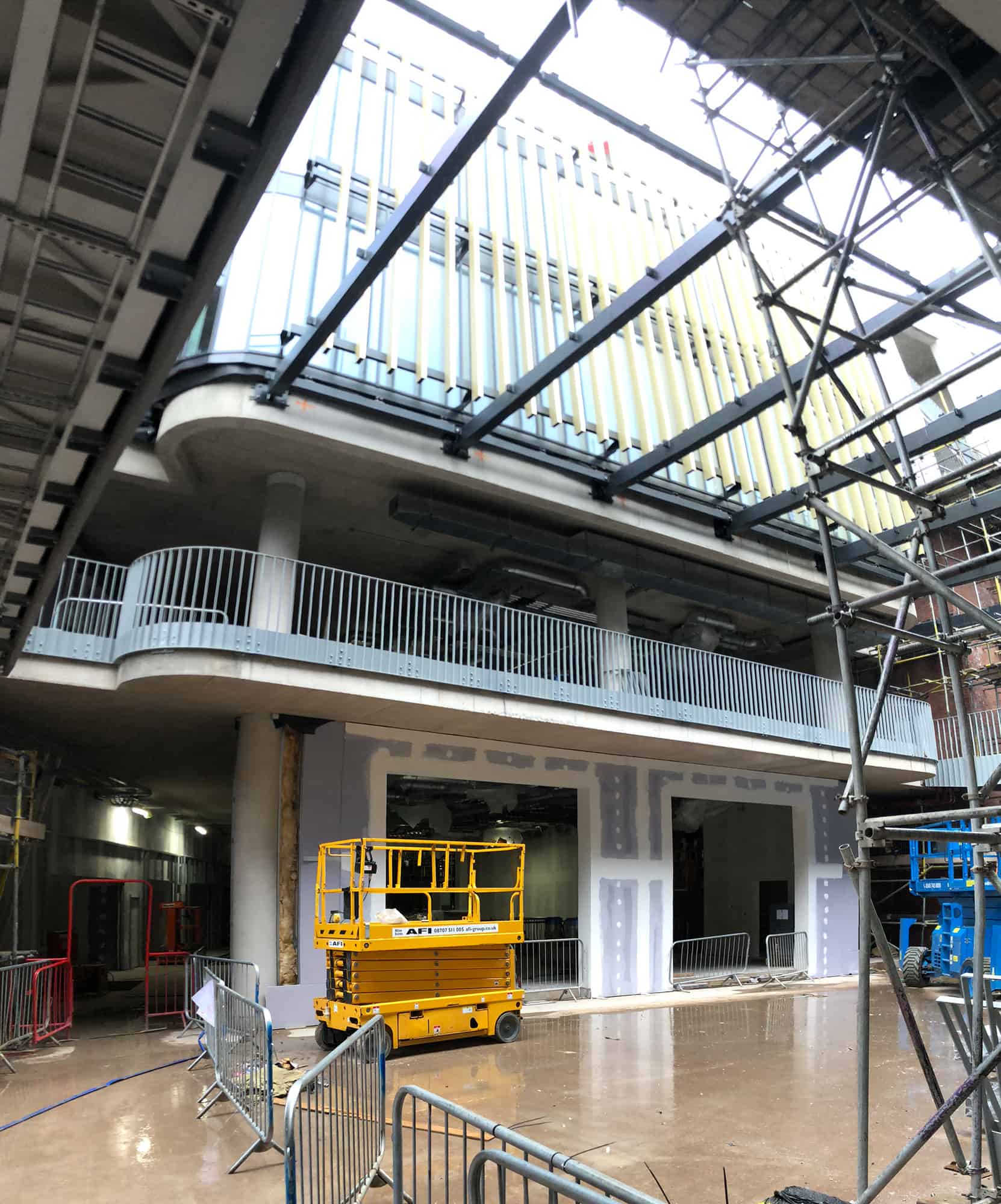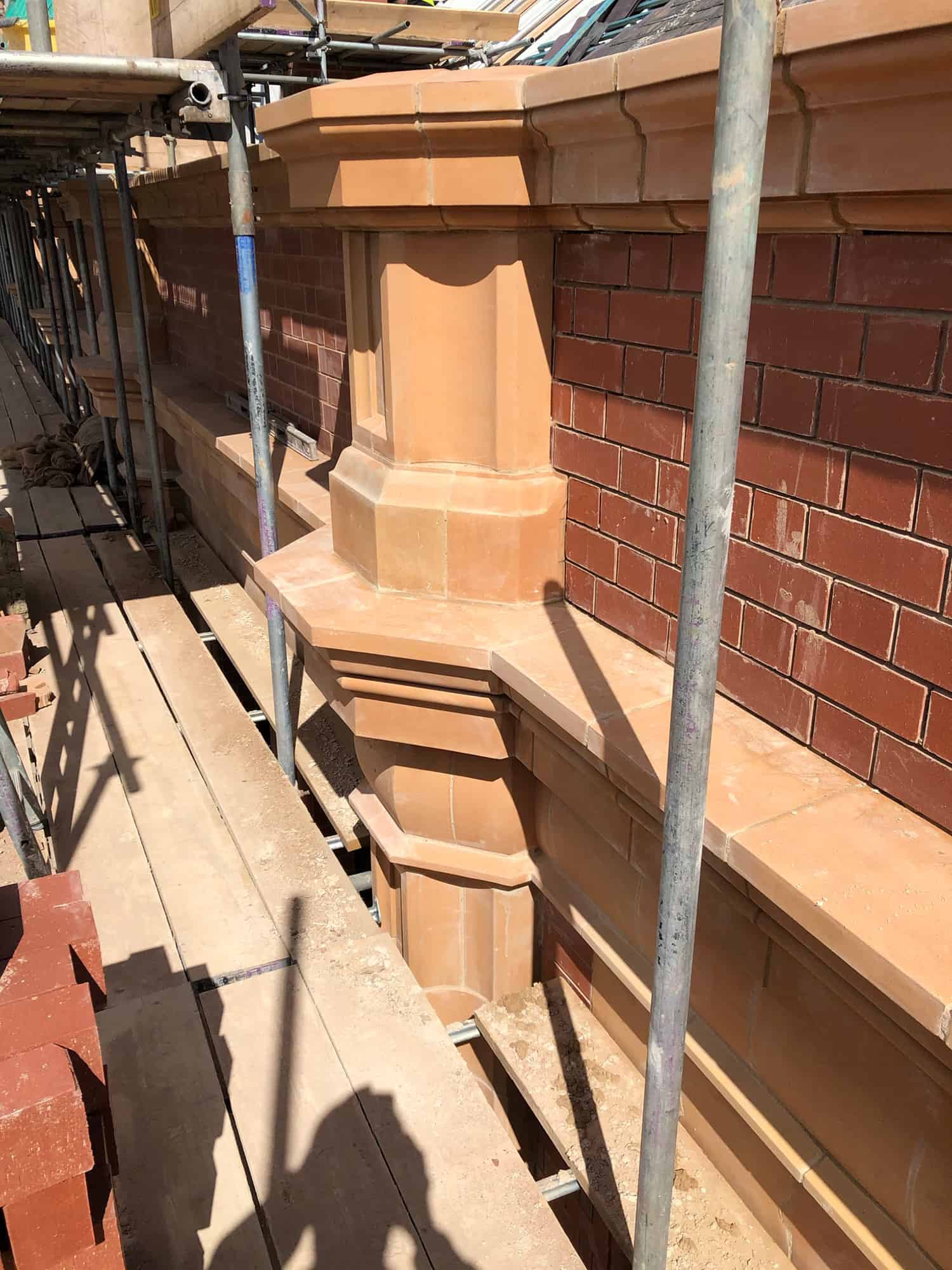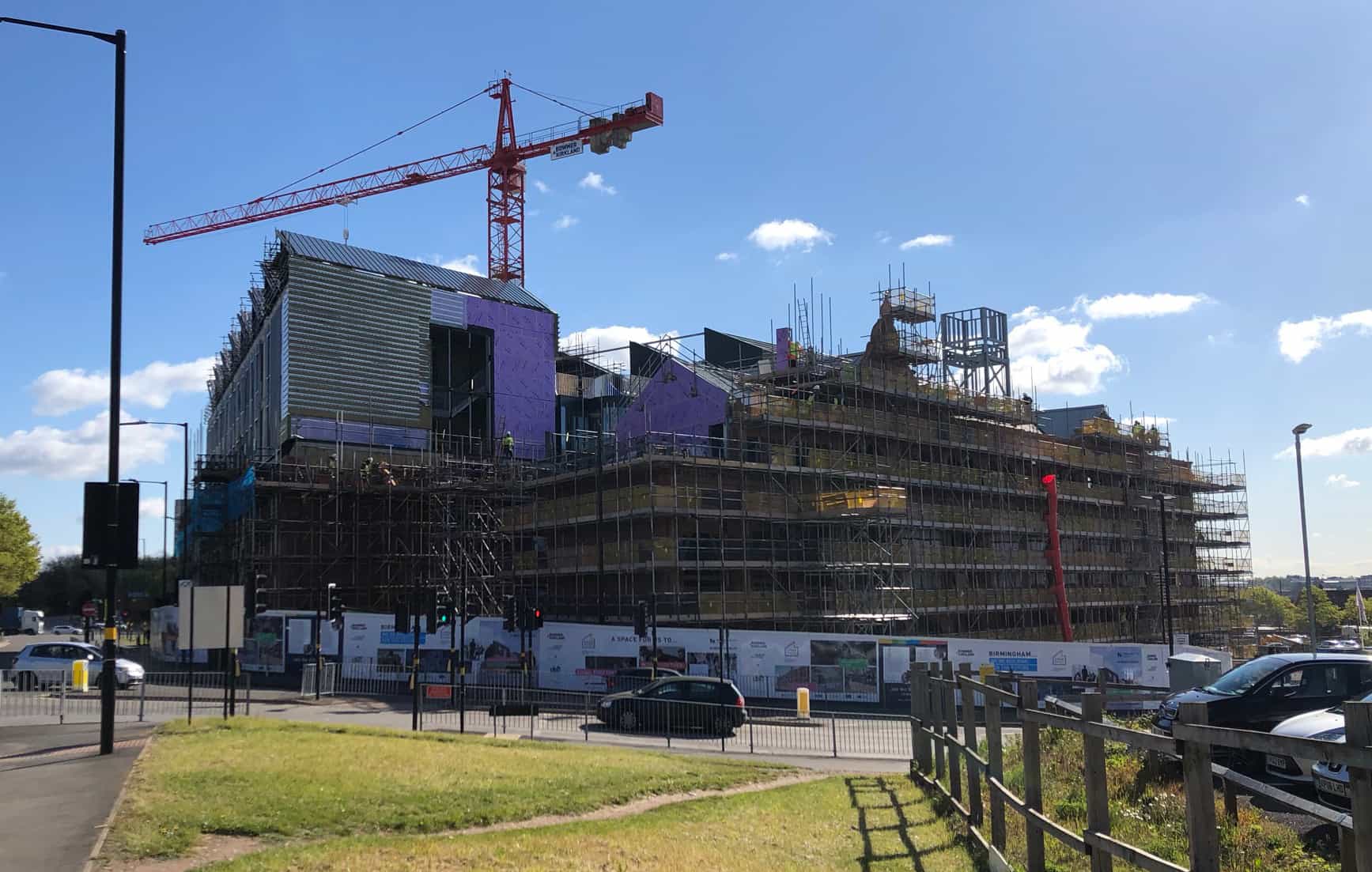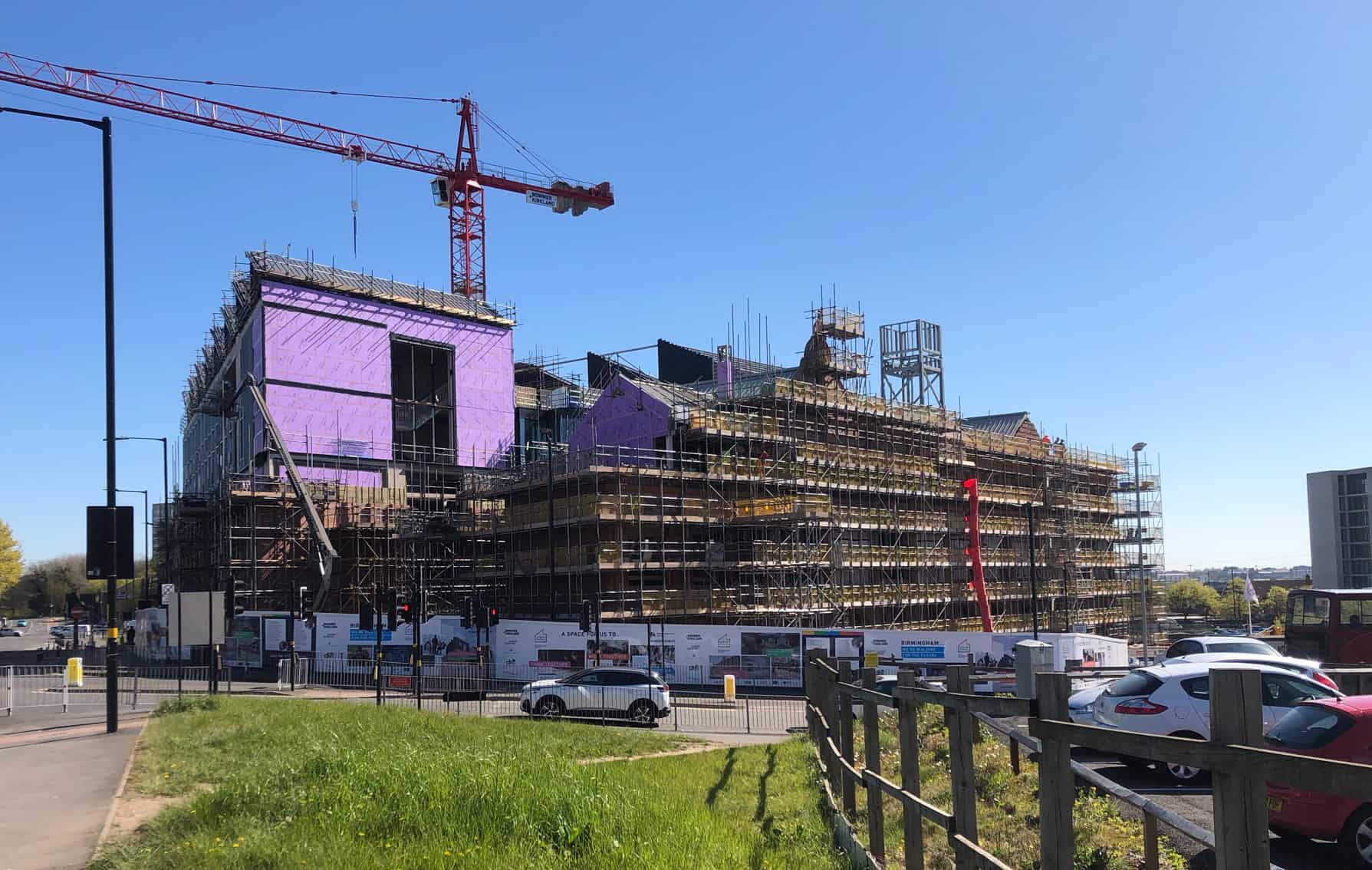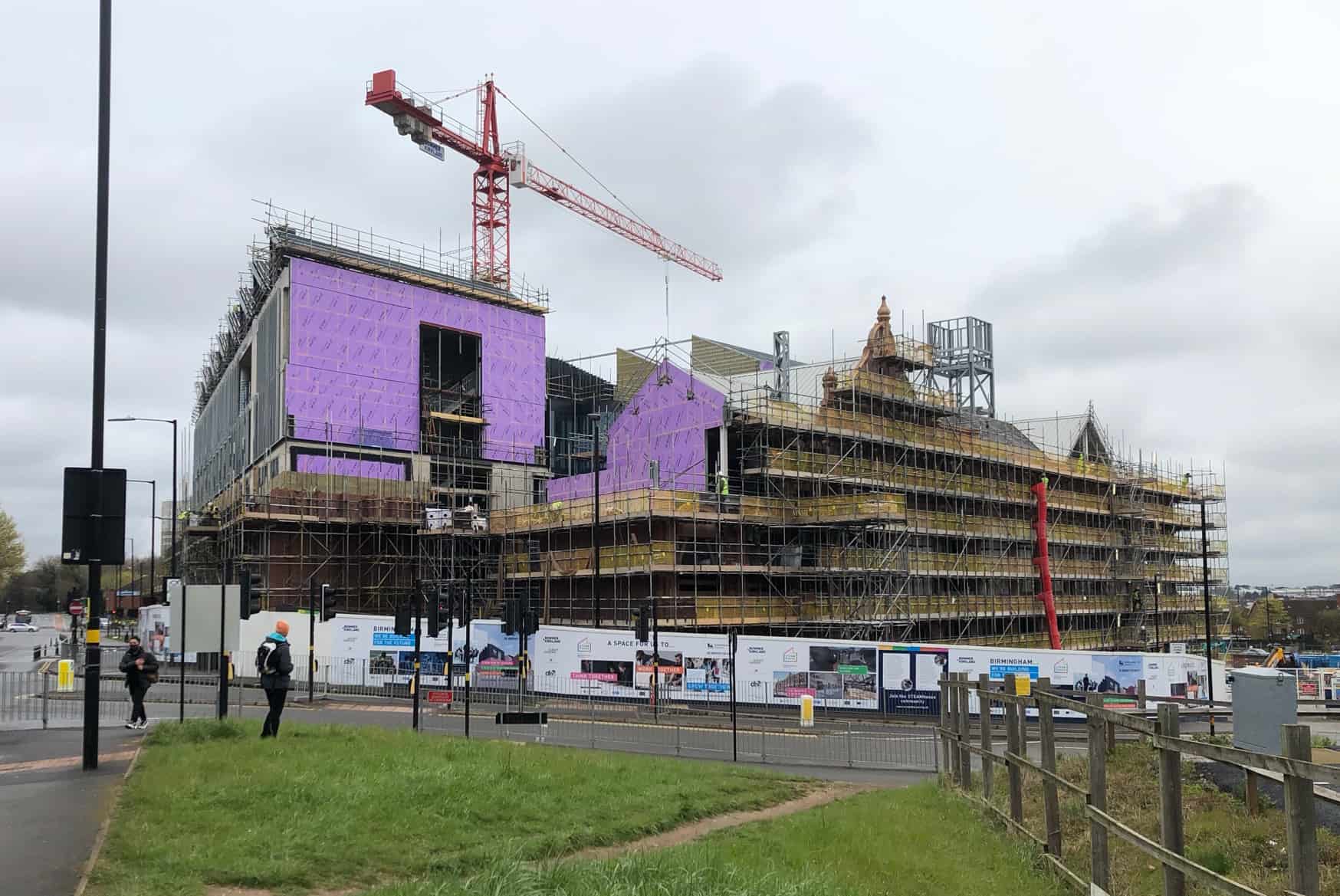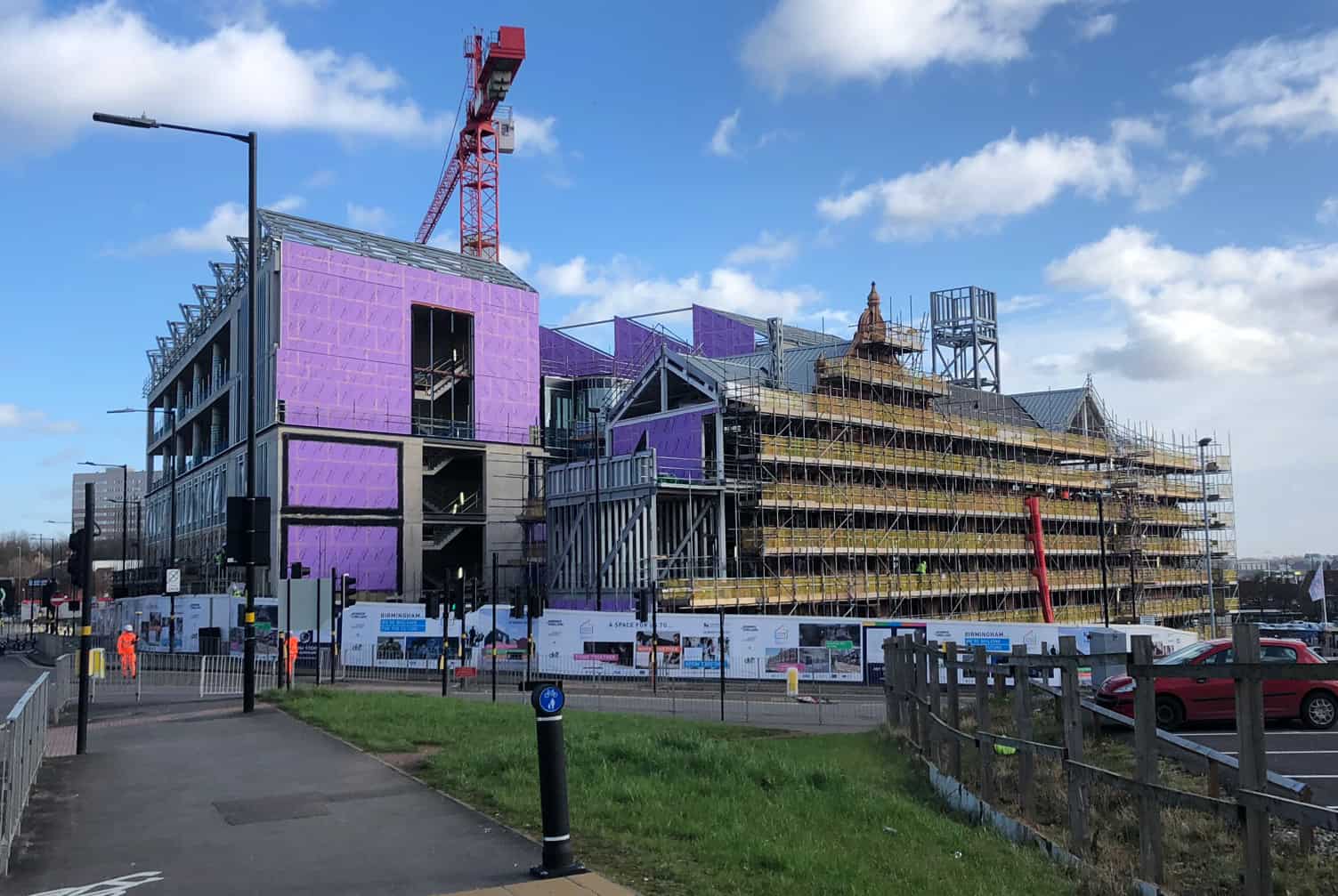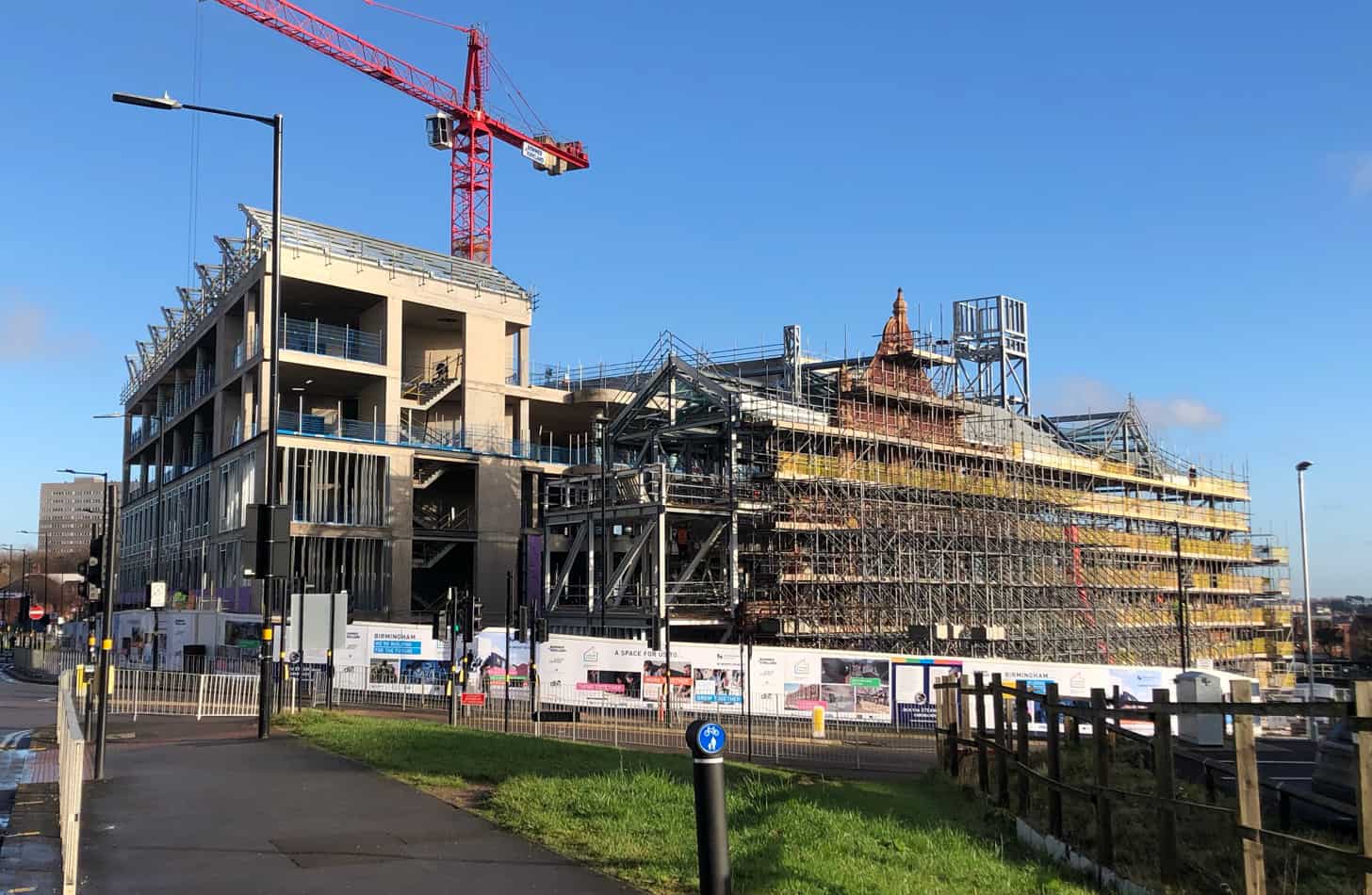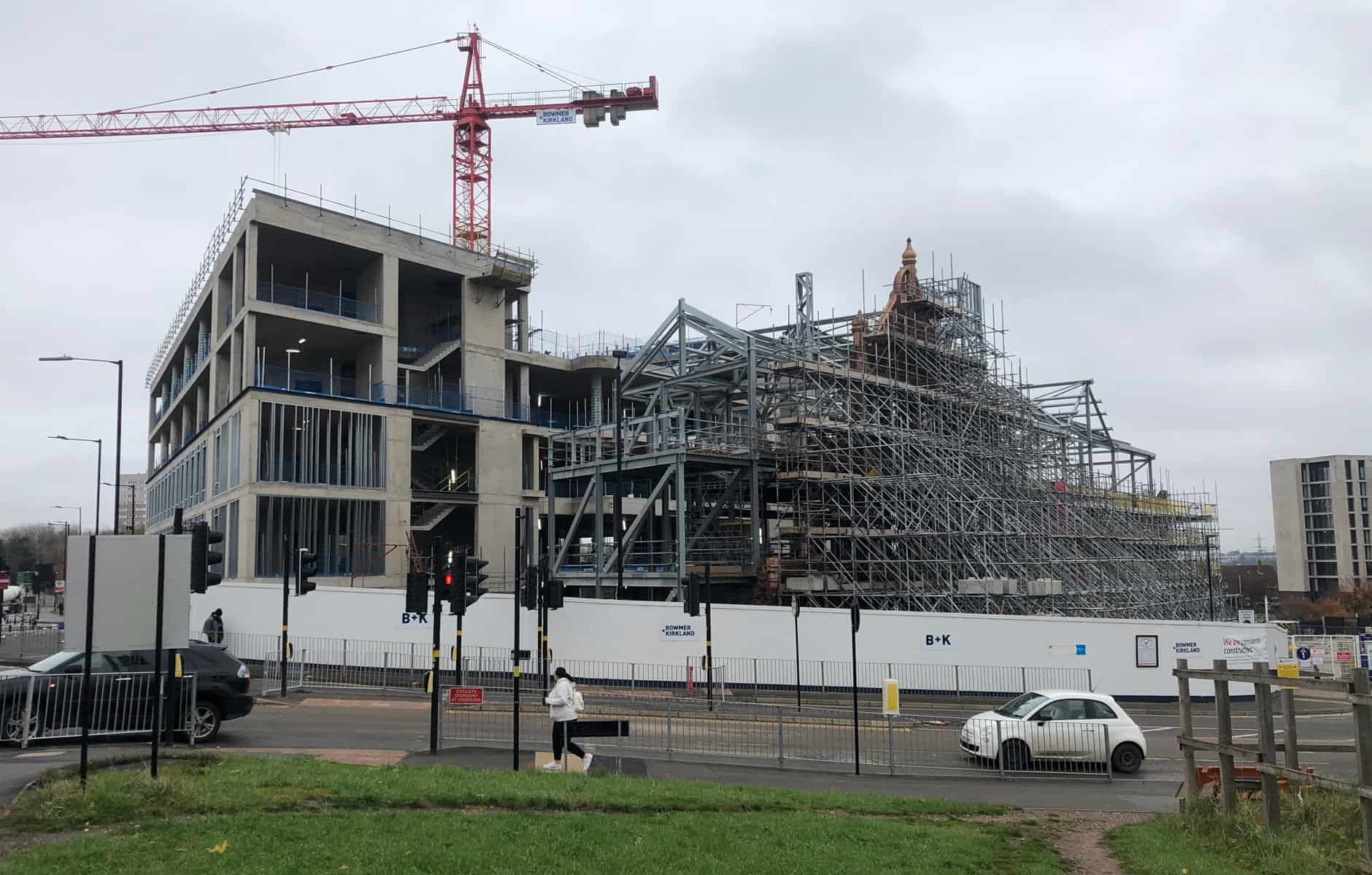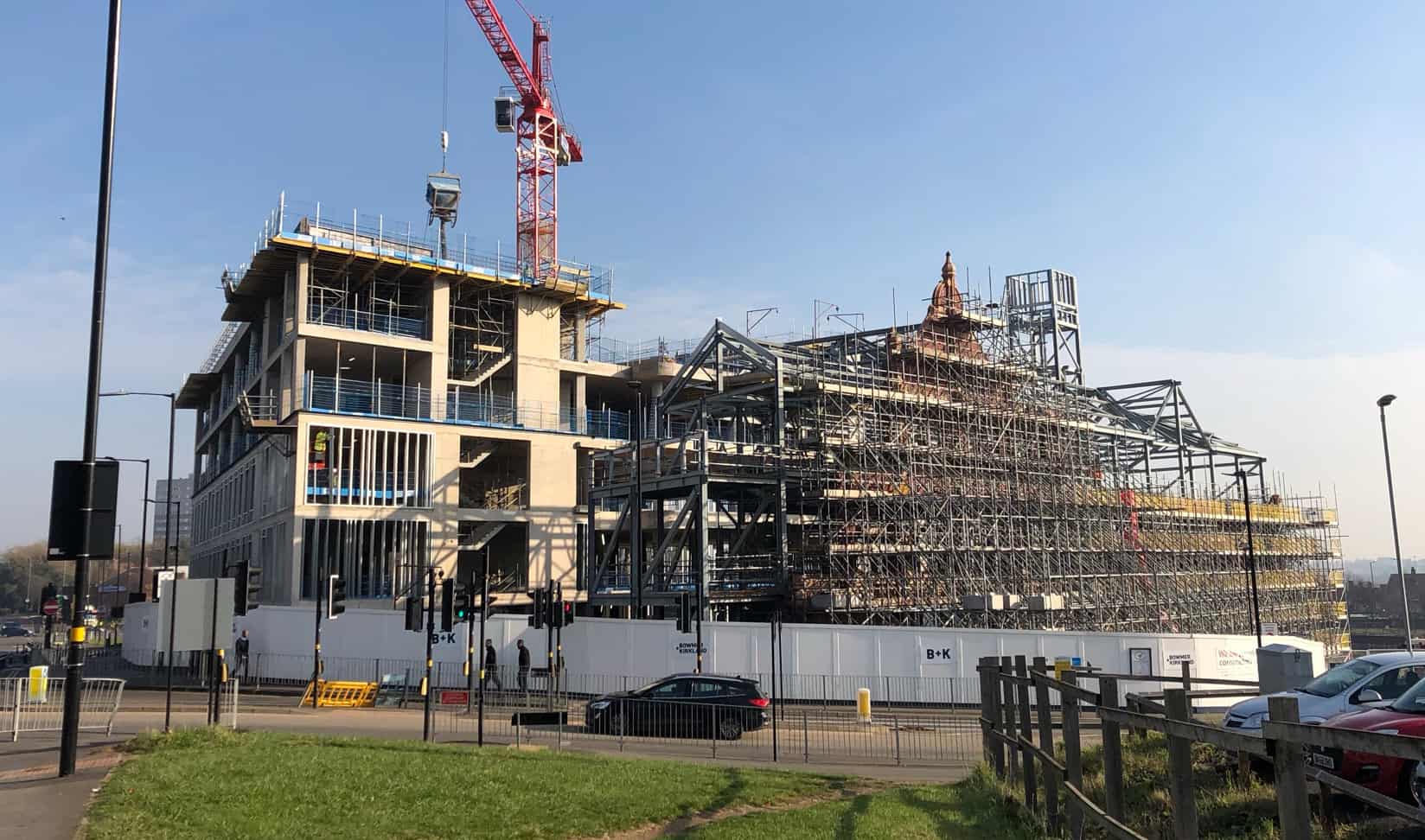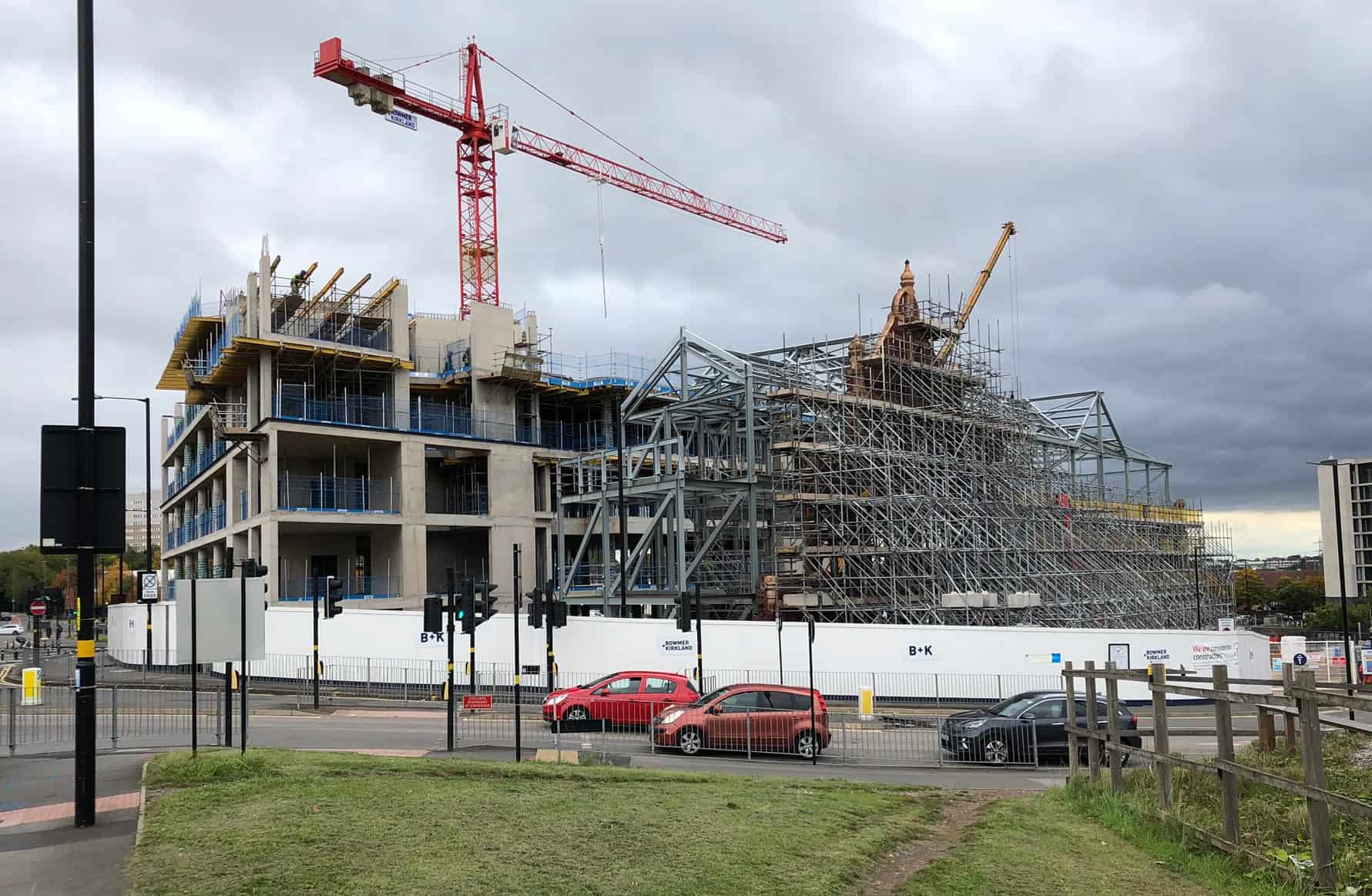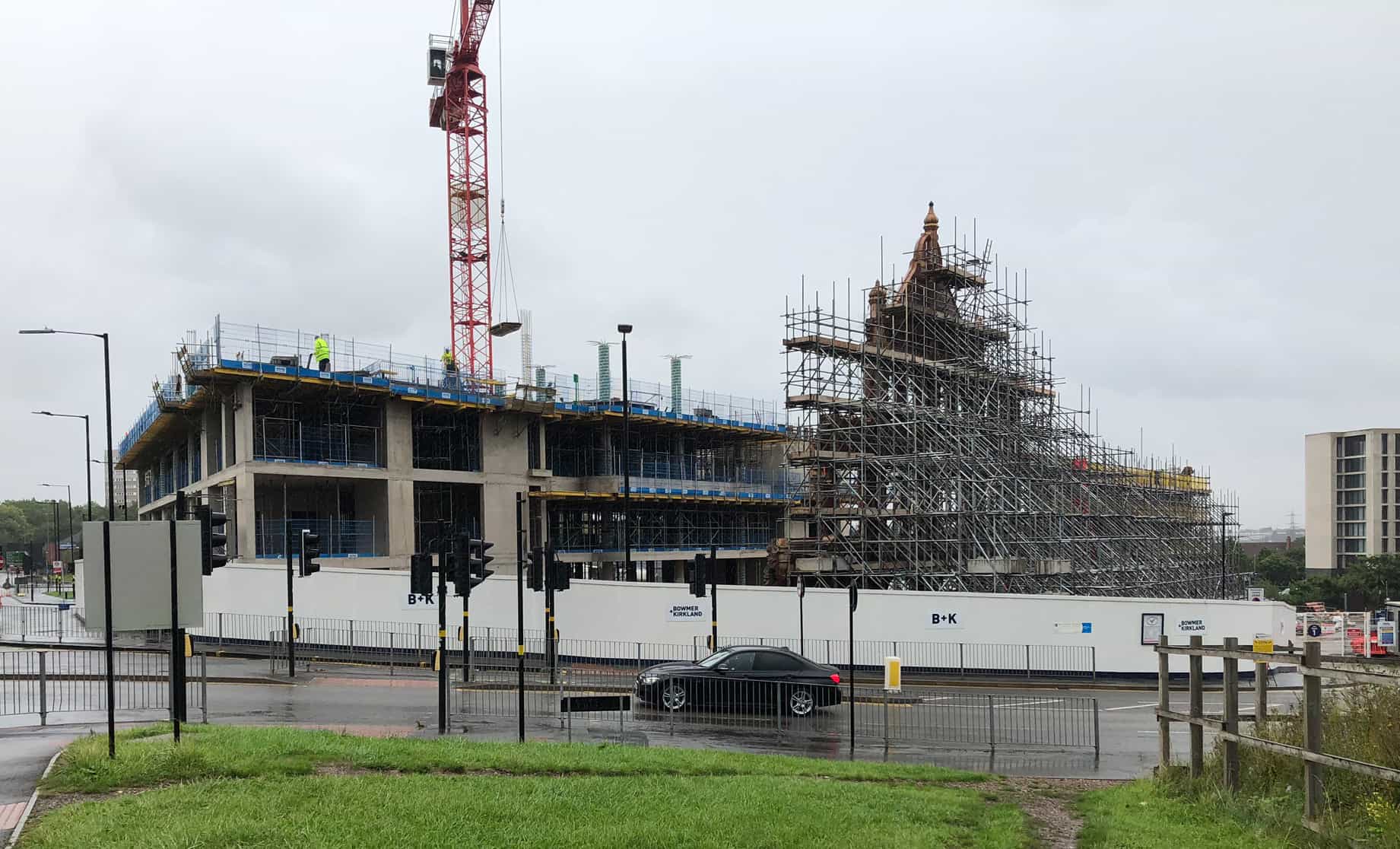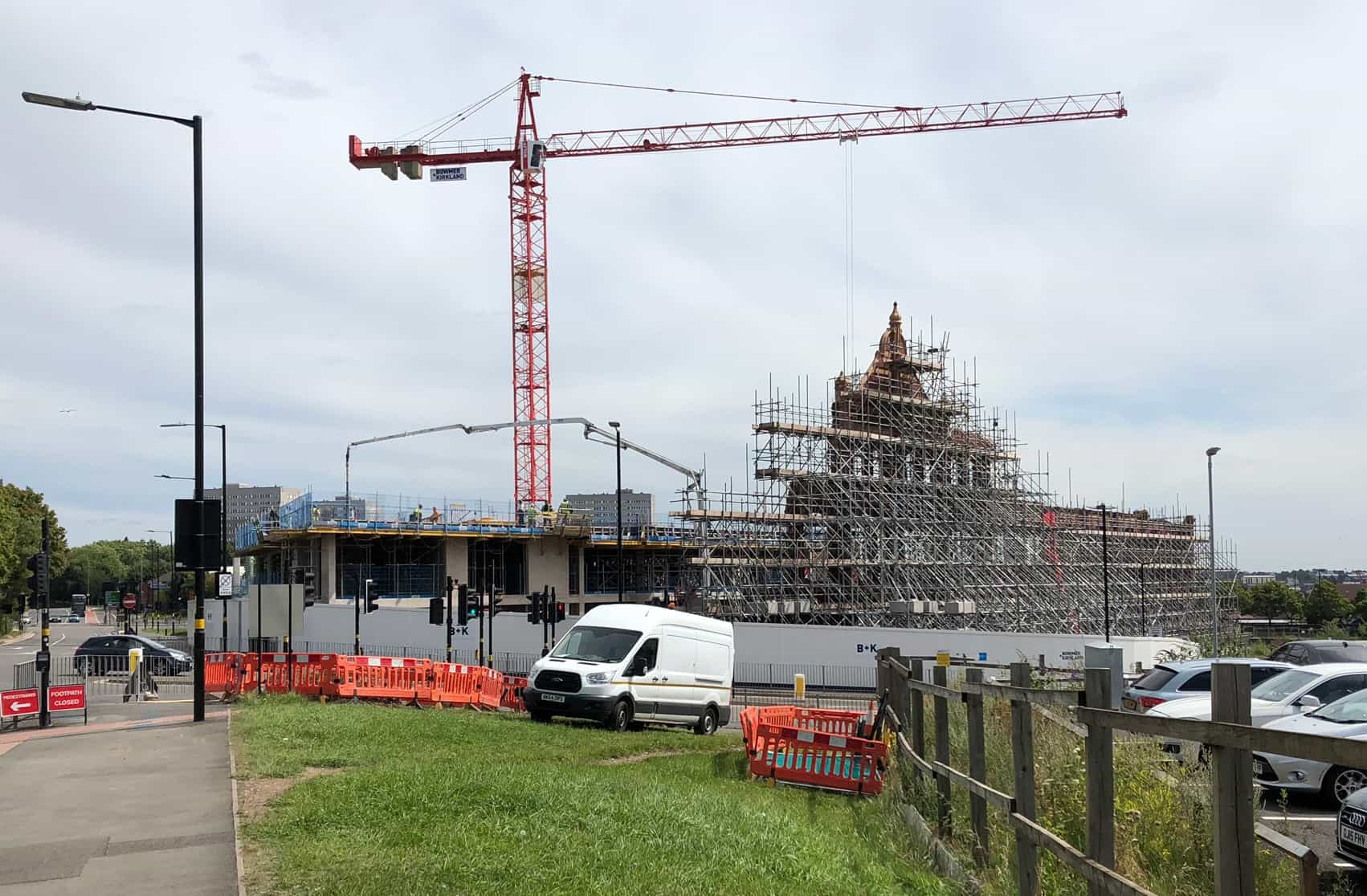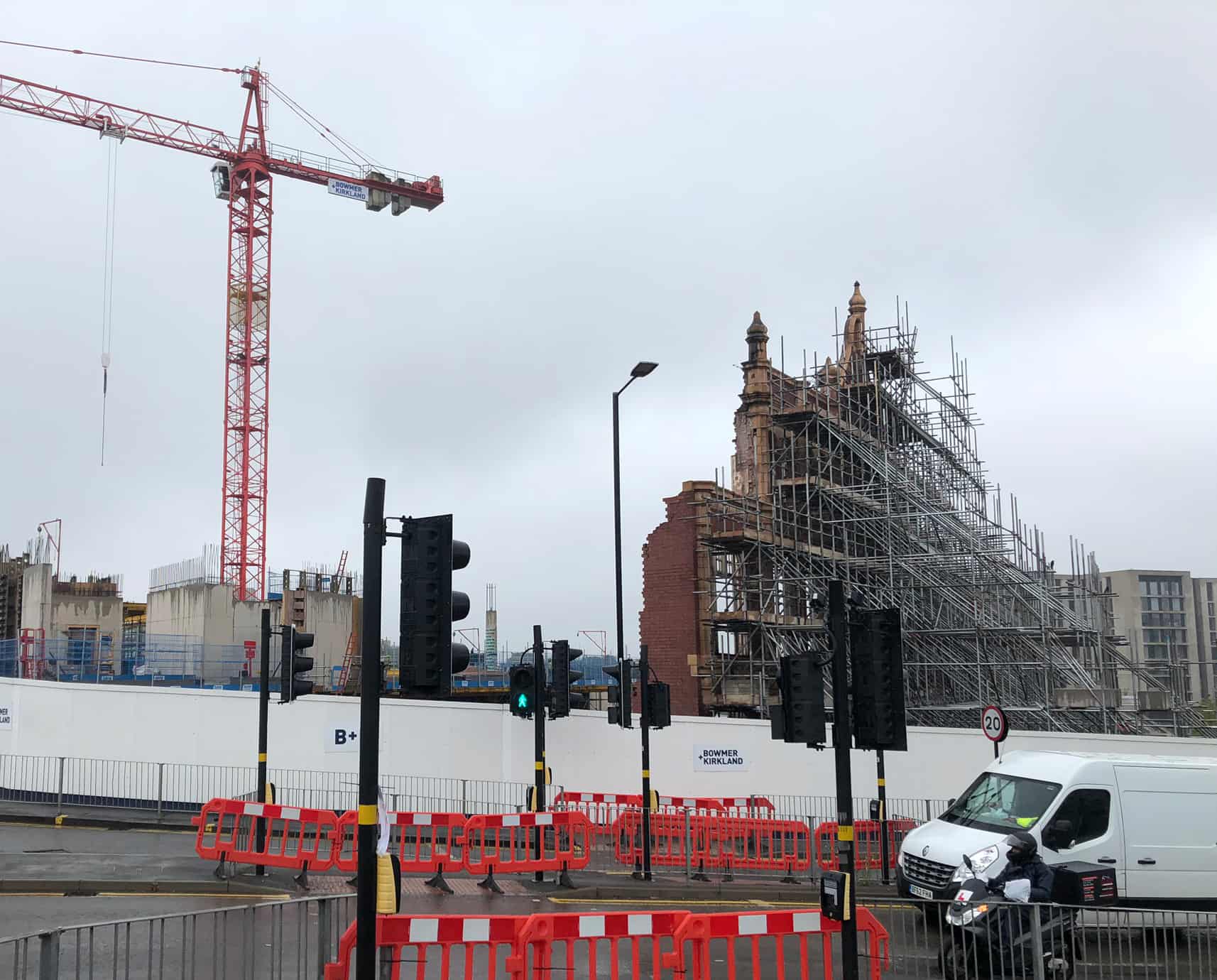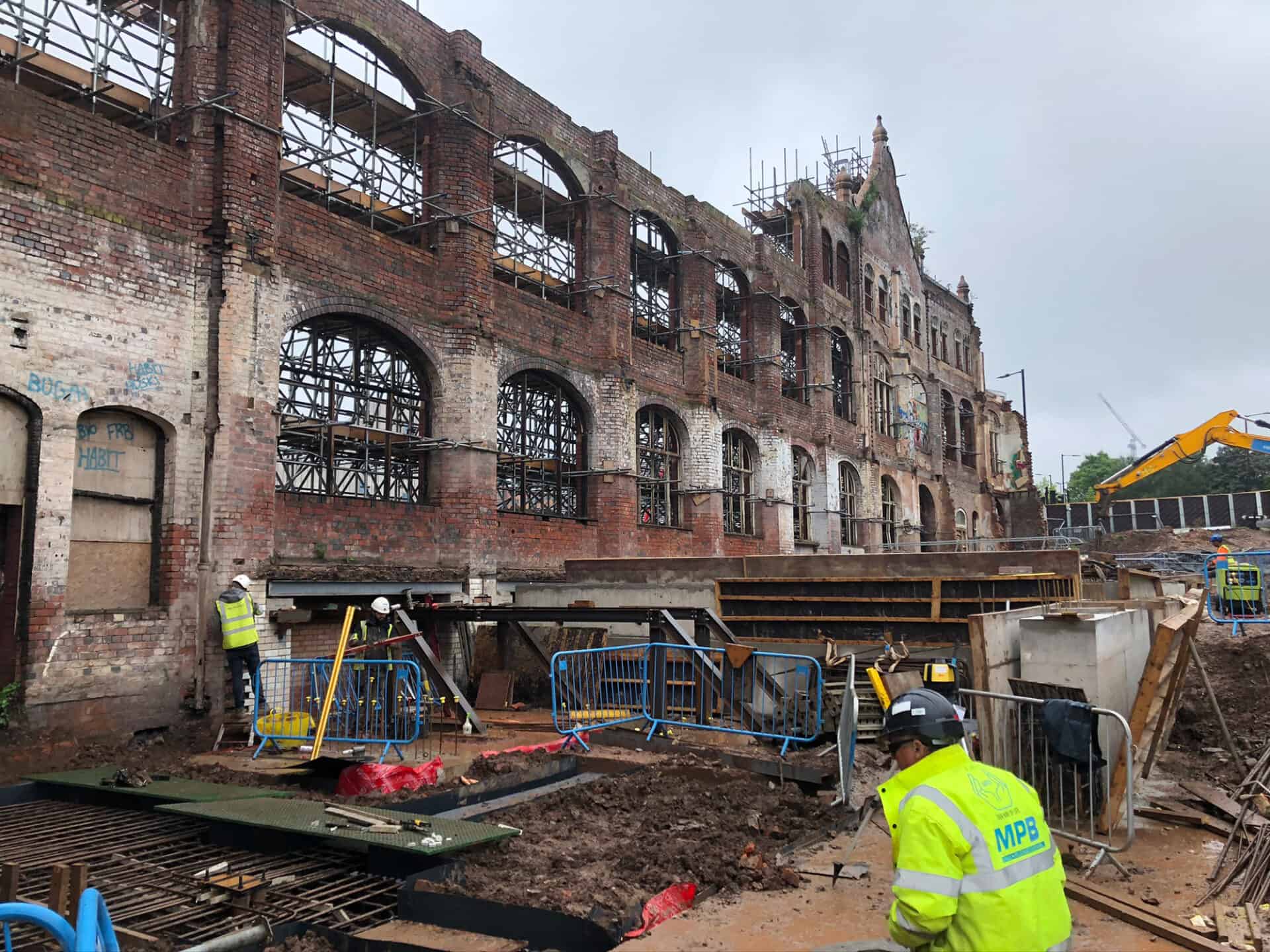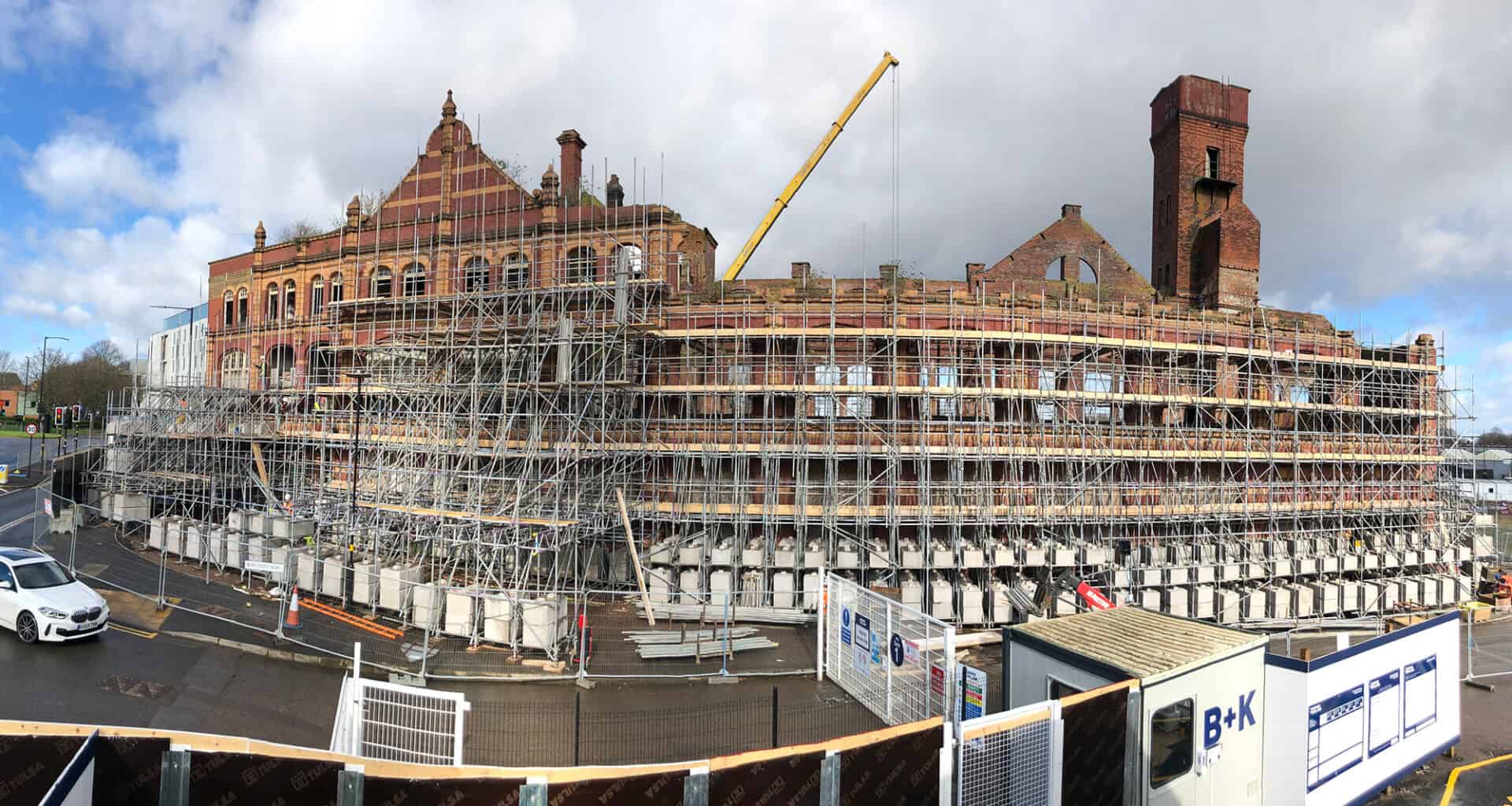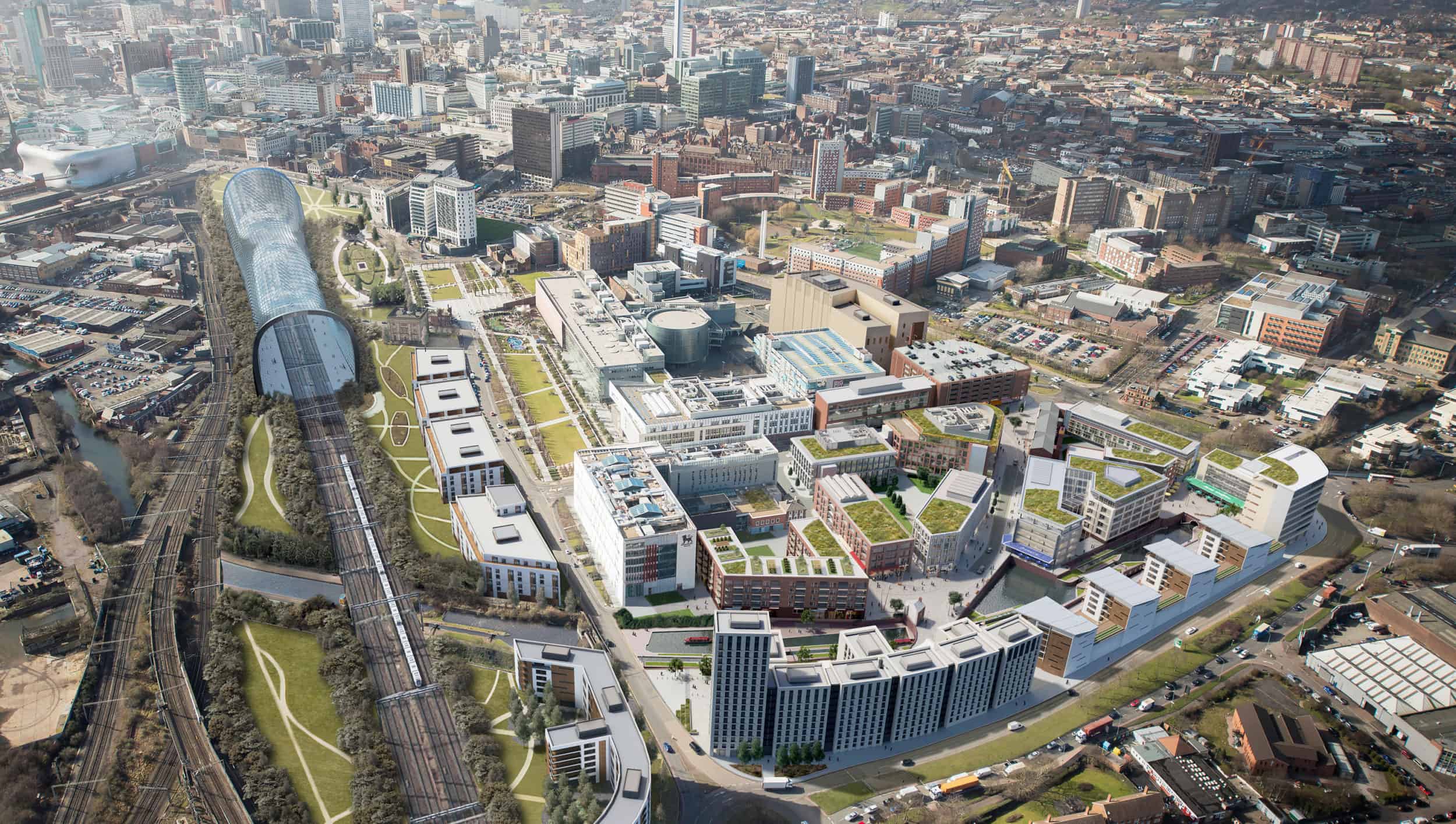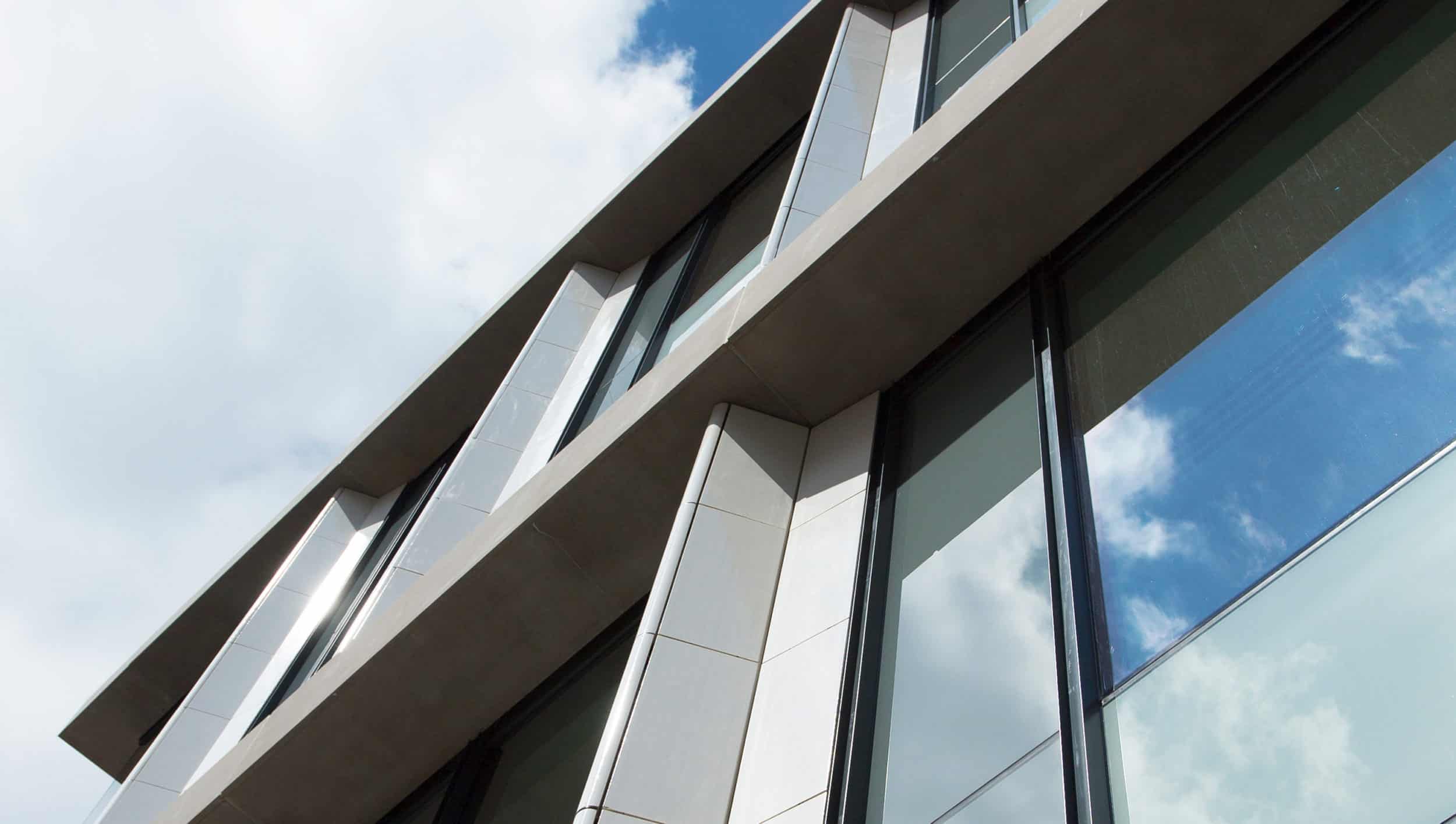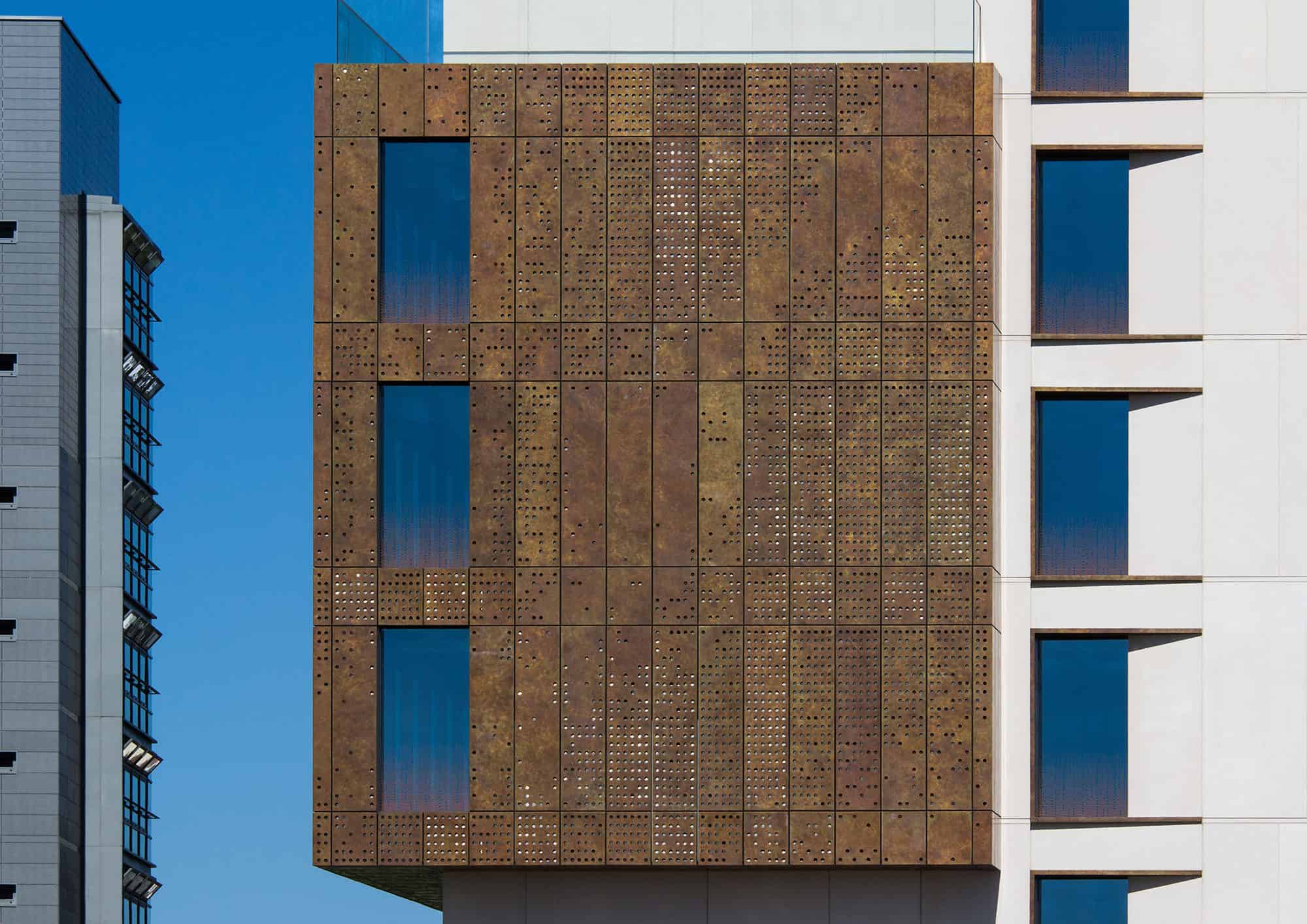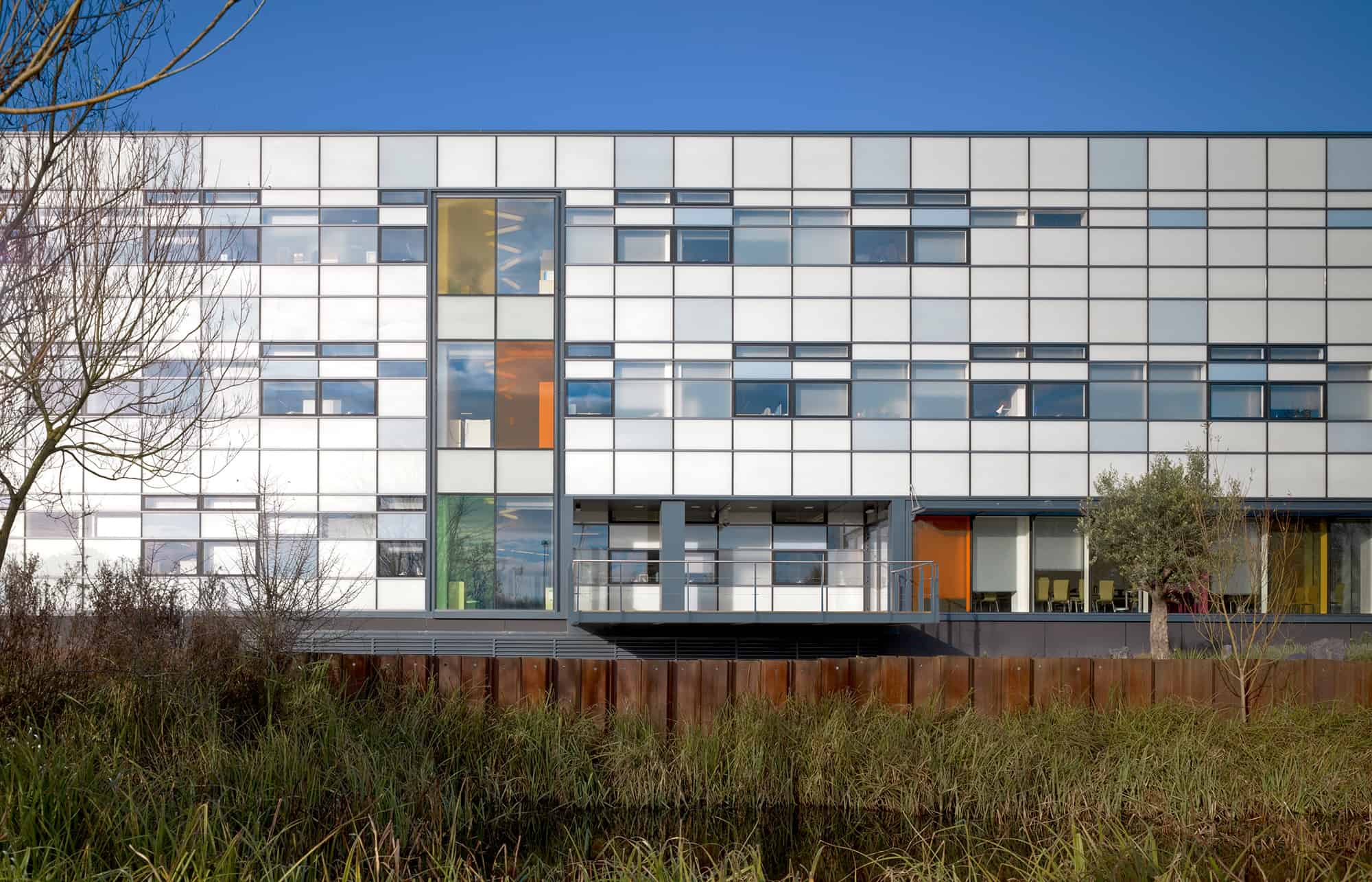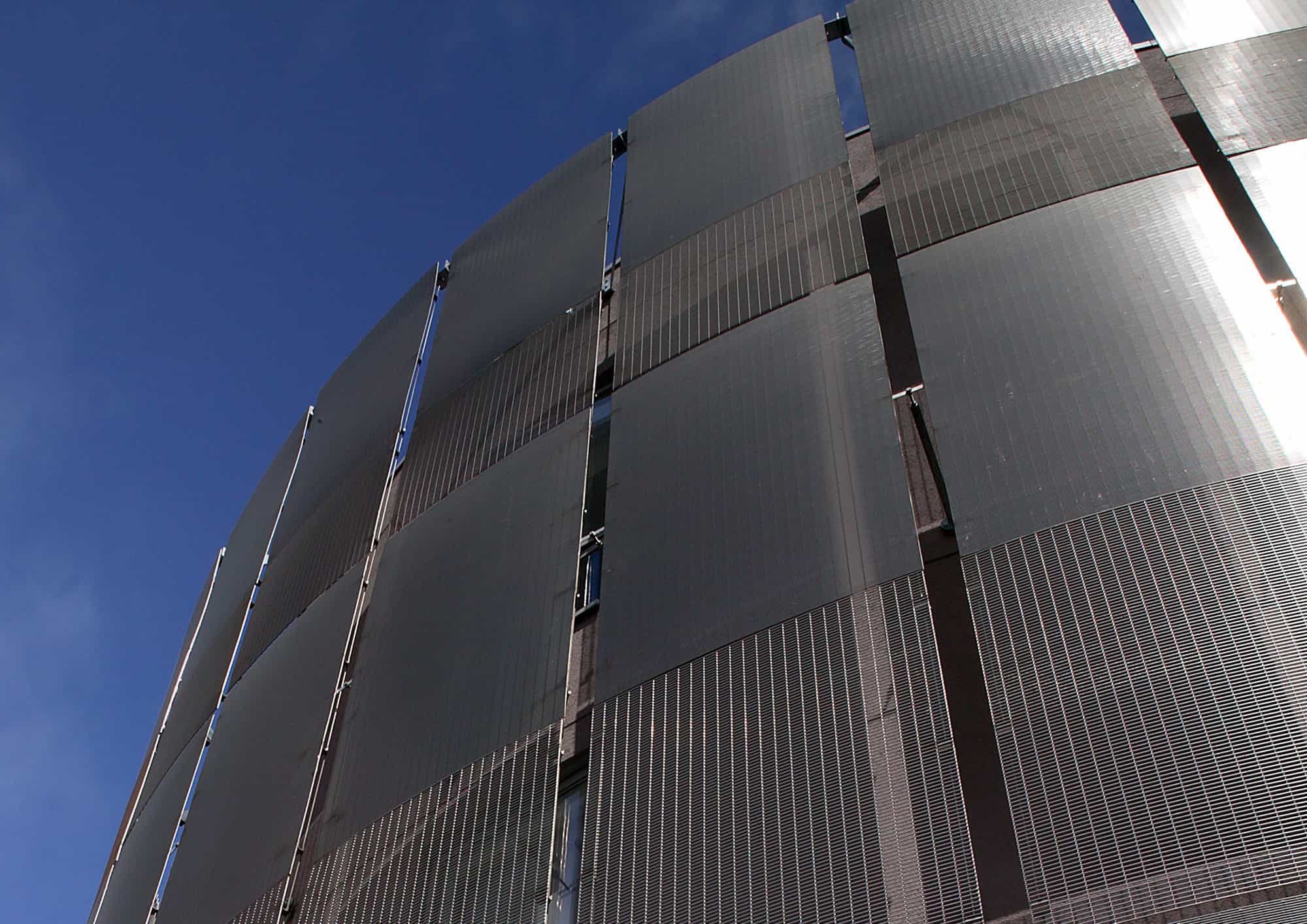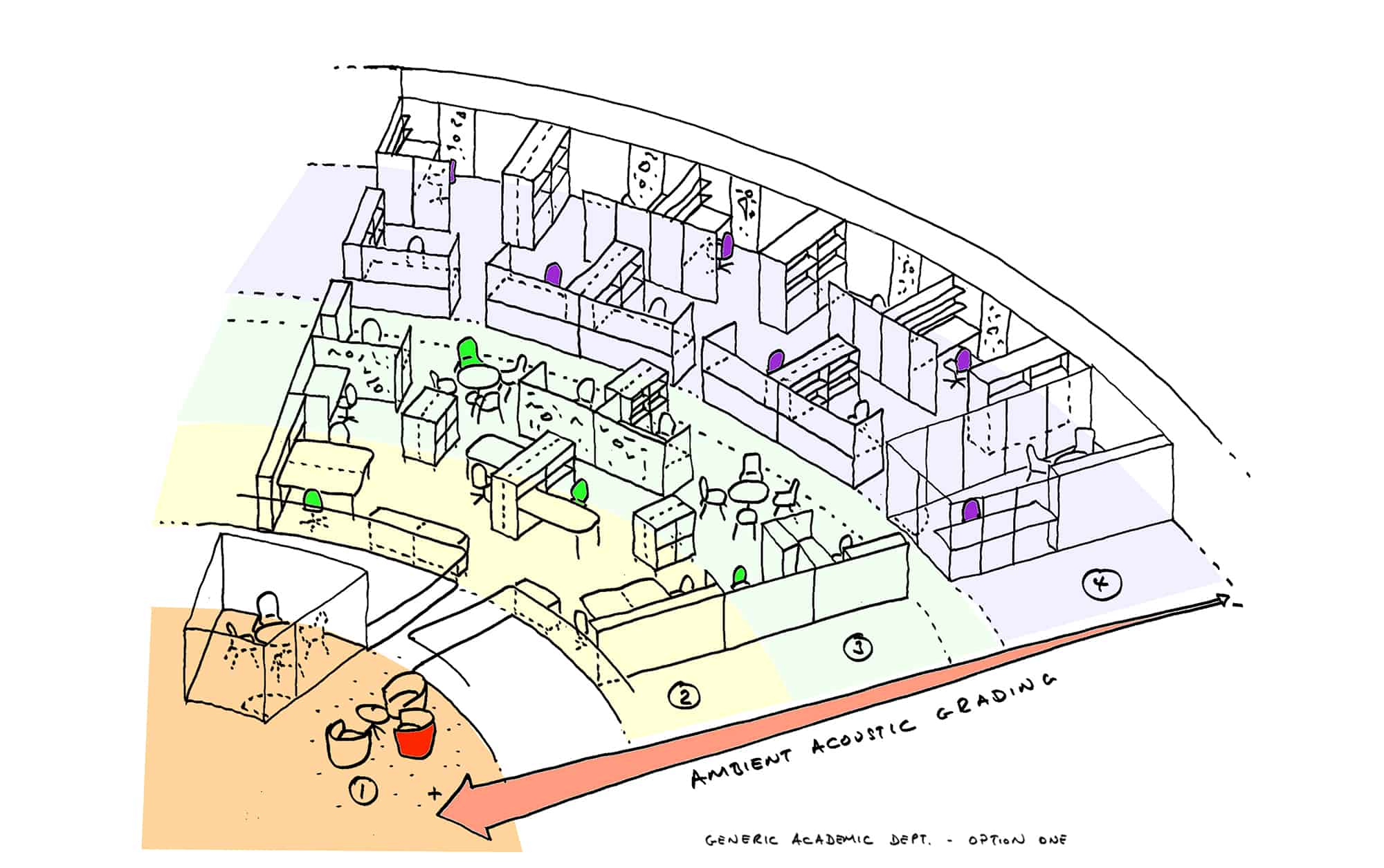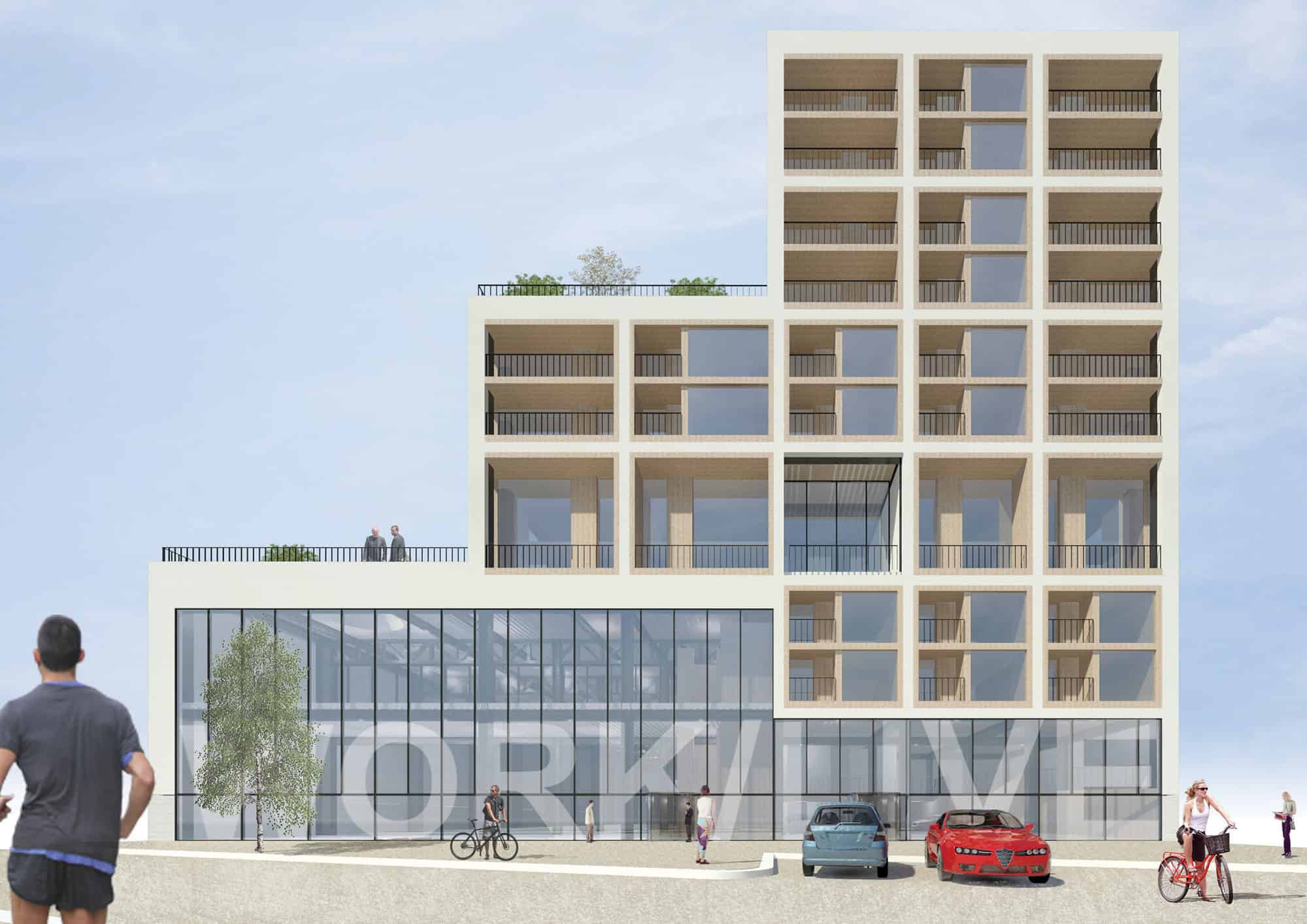Eastside Locks, Birmingham, UK
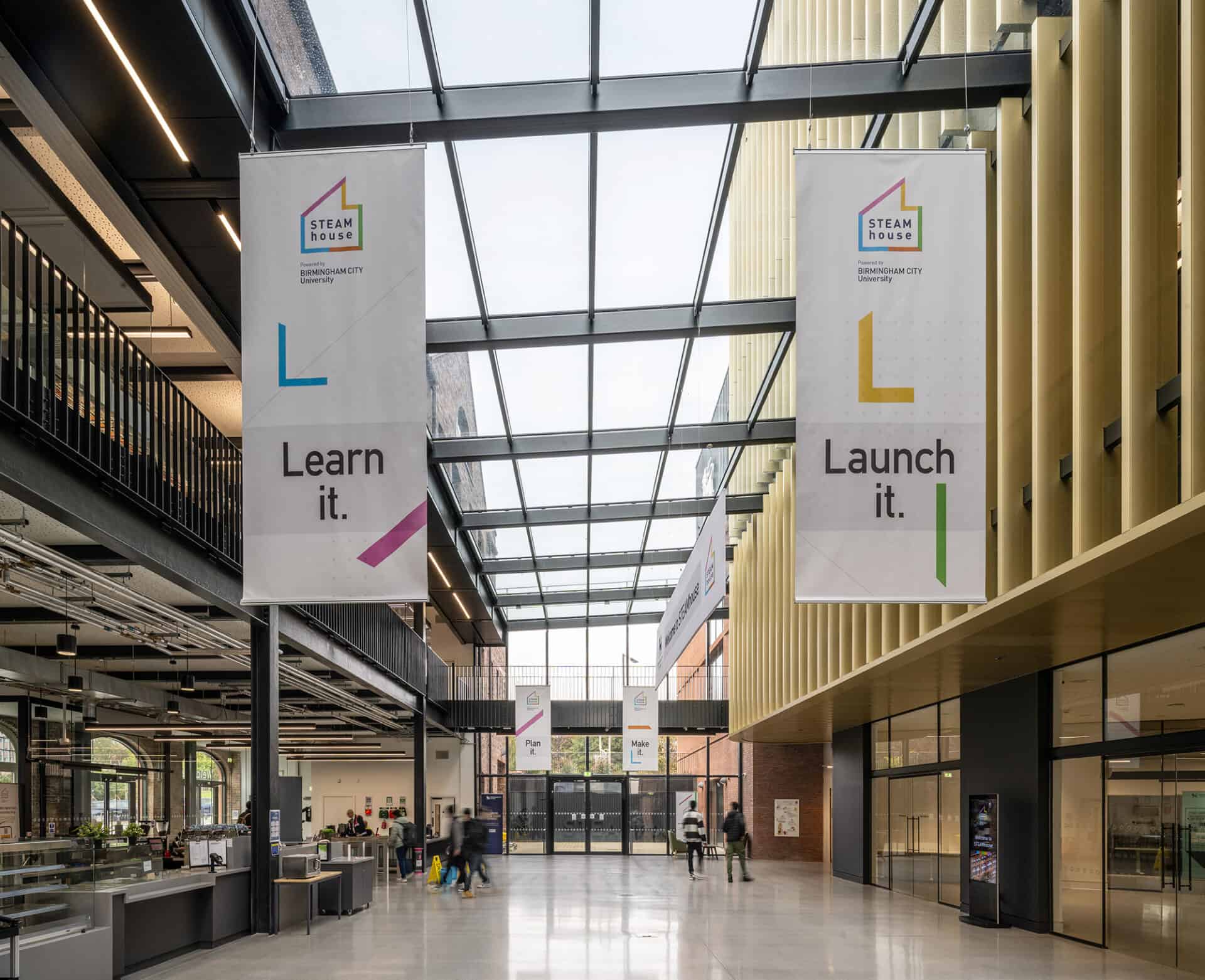
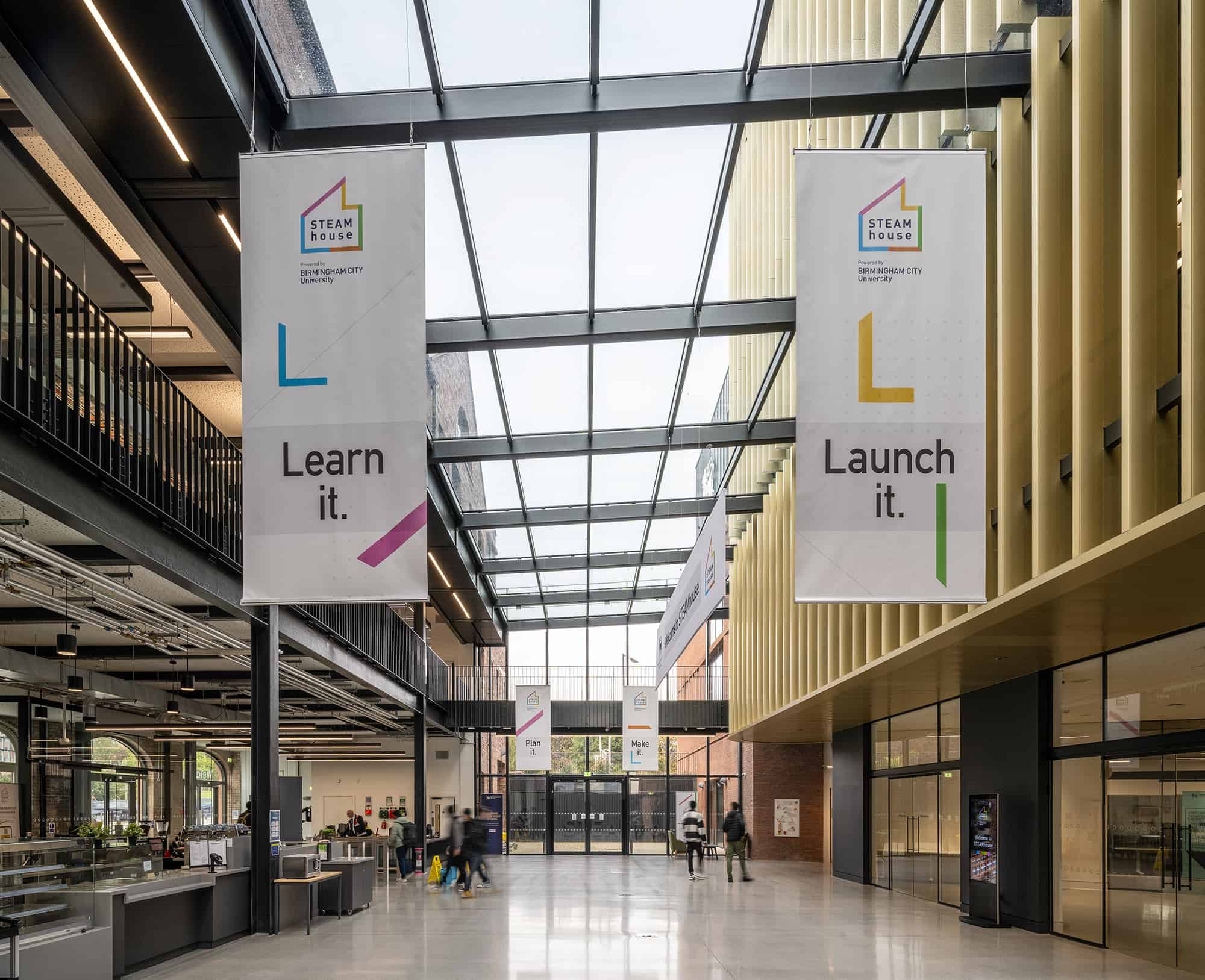
Much of our current work on hybrid buildings, and the very current post-pandemic approaches to buildings that promote collaboration have been explored in the design of our STEAMhouse project - a unique building with a sequence of spaces that will foster creativity by attracting a mix of people and encouraging connectivity
Project Details
Collective Team
STEAMhouse is a unique landmark project for Birmingham City University that creates an environment which fosters innovation, collaboration and learning, marrying together academia, the arts and the commercial world.
This is a commercial development with a difference, where the eclectic mix of occupants, including students, artists, start-ups, SMEs and larger commercial businesses are brought together and are gently encouraged to collaborate without impacting on their independence and autonomy.
In February 2023, the project was winner of the Victorian Society Conservation Award (Birmingham and West Midlands), and in October 2023 was winner of the Education Estates 'Project of the Year' in the Universities category. It was also winner of the Construction Excellence West Midlands Regeneration & Retrofit Award in May 2024.
The Victorian Society Award was primarily for the restoration of Belmont Works, which forms the gateway into the heart of the building and the public component of the project, breathing fresh life and purpose into the once derelict structure; the award recognises an outstanding renovation or conservation project on a building that dates from between 1837-1914.
Since completion in 2022, the project was also shortlisted for the British Council for Offices Regional Awards, the RICS Regional Awards, RIBA West Midlands Awards, the OAS Awards for Best Refurbishment / Regeneration Outside London, and in the Education Estates Refurbishment of the Year and Inspiring Learning Spaces Awards
The scheme incorporates the historic and locally listed Belmont Works building, restored from its fire damaged state of dereliction, whose Victorian industrial heritage is a key driver for the design.
A large extension to the rear of the building, connected by a double height glazed atrium to the restored Belmont Works, substantially expands the available area, while maintaining parity with the existing building by architectural reference to this heritage.
Even given the relative size of the new build extension to the existing building, Belmont Works’ stature and presence is not diminished.
Instead, through the purposefully sculpted massing and the grouping of materials referenced from the existing building (sculpted brickwork at the lower levels working in unison with the ornate brick and terracotta and the dark metal cladding of the upper floors in dialogue with the reclaimed natural slate of traditional pitched roof) the relationship between the two elements gives added prominence to the historic building, as well as expressing that it is now part of something bigger, both practically and socially.
Elevations
Plan and Sections
Inserted into the heart of the scheme with its light gold anodised aluminium vertical fins, a reference to the terracotta pilasters on the south façade of Belmont Works, is the ‘STEAM Engine’.
This is the multi-storey collaborative space that which rises up through the entire building, terminating at the fourth floor as a sheltered roof terrace.
It is the focal point around which all the internal spaces revolve, helping to create a diverse range of spaces as well as an internal streetscape from which the more private spaces are accessed.
The STEAMhouse project has regenerative design principles at its very core. The reinstatement and reinvention of the historic Belmont Works building as, once again, a place of production is the tangible representation of this.
The ornate Victorian factory building was the last remaining symbol of an area with an illustrious industrial heritage that has all but vanished. Now it is part of something that is setting the example of ‘home-grown’ sustainable growth. It is helping to retain talent within the locality and grow new businesses while nurture existing ones.
The mixing of the commercial sector with the academic sector, despite being in its infancy, is already starting to bear fruits. Businesses have been started by graduates, small business have grown and are taking up more space within the building, graduates are being employed by these growing businesses.
Above all a community is forming which is and will continue to have a positive effect on its surroundings, both socially and environmentally
The design / briefing process of the project started in January 2018, with planning consent being granted in June 2019.
Procured under a design and build contract, construction on site commenced in January 2020, just months before the global pandemic hit the UK. Thanks to the hard work and agility of all involved in the project, the building works did not take a single pause throughout this period.
STEAMhouse was finished on schedule and on budget, with the base build completing in January 2022 and the fitout completing in September 2022.
“The new STEAMhouse development is a building inspired by Arts and STEM, where the past meets the future, in which connectivity and collaboration are built into the heart of the design to support, empower and inspire every user to respond to a need in a superbly equipped, professional and inviting environment”
In August 2023, a new artwork by artist Holly Hendry was unveiled. It sits proudly between the restored Belmont Works and its sensitive new build extension at the junction of Jennens Road and Cardigan Street. ‘Lip Sync’ is the first public sculpture to be commissioned by Birmingham City University.
It is Holly’s first permanent public work and recalls the industrial history of the site and looks forward to the future of the STEAMhouse building.
More about the commission can be found on the Eastside Projects website, here
Site progress: February 2020 - January 2022
